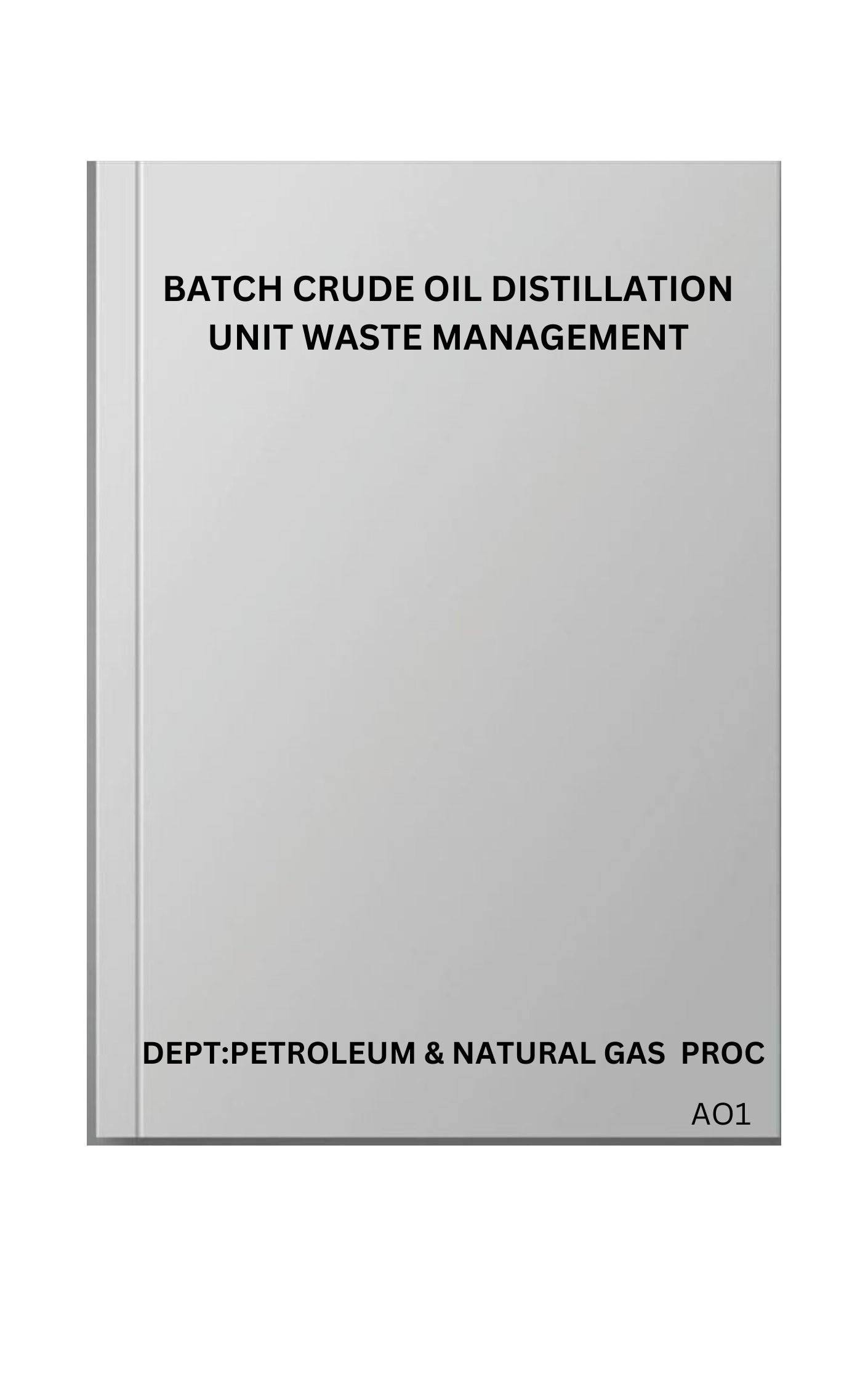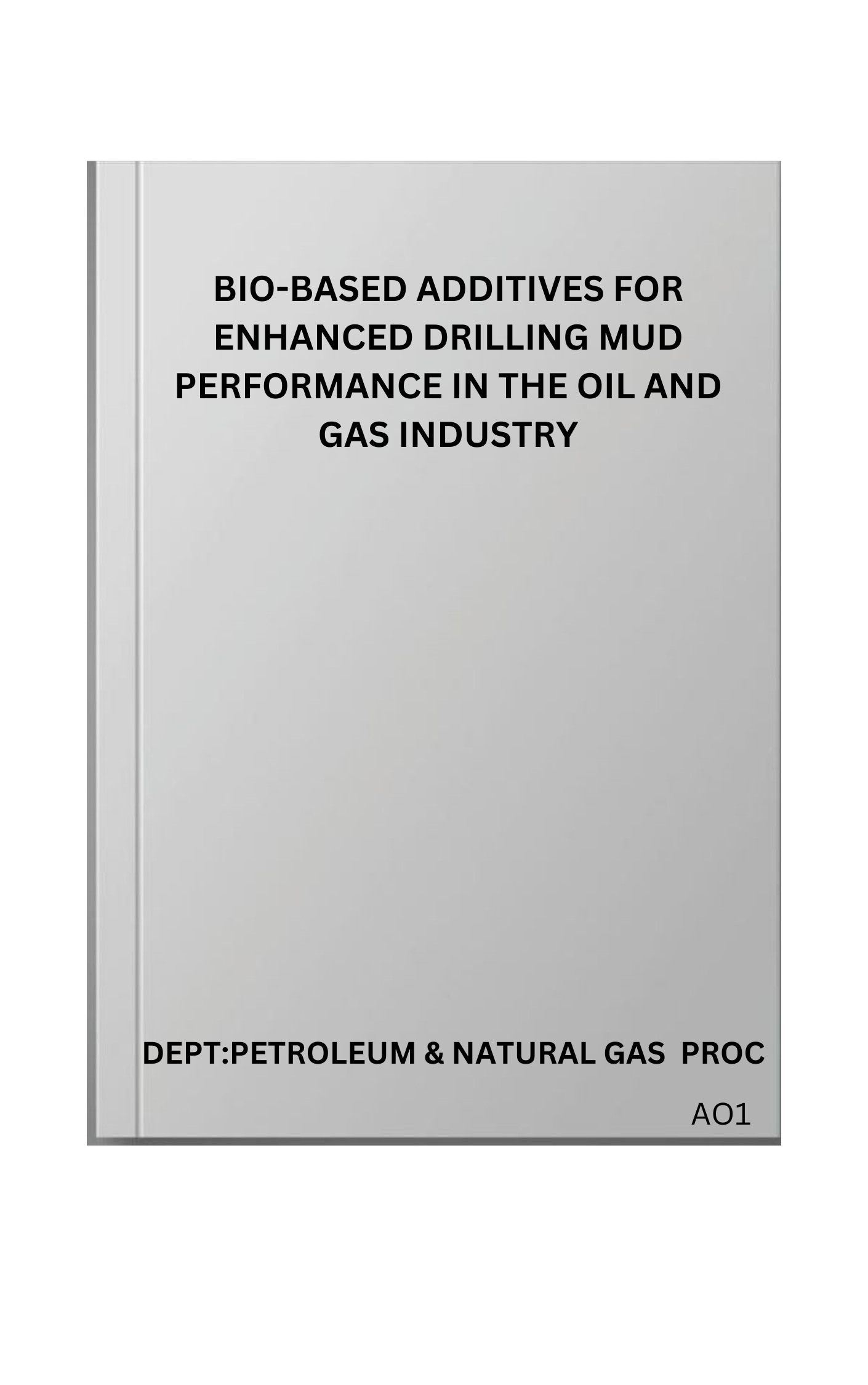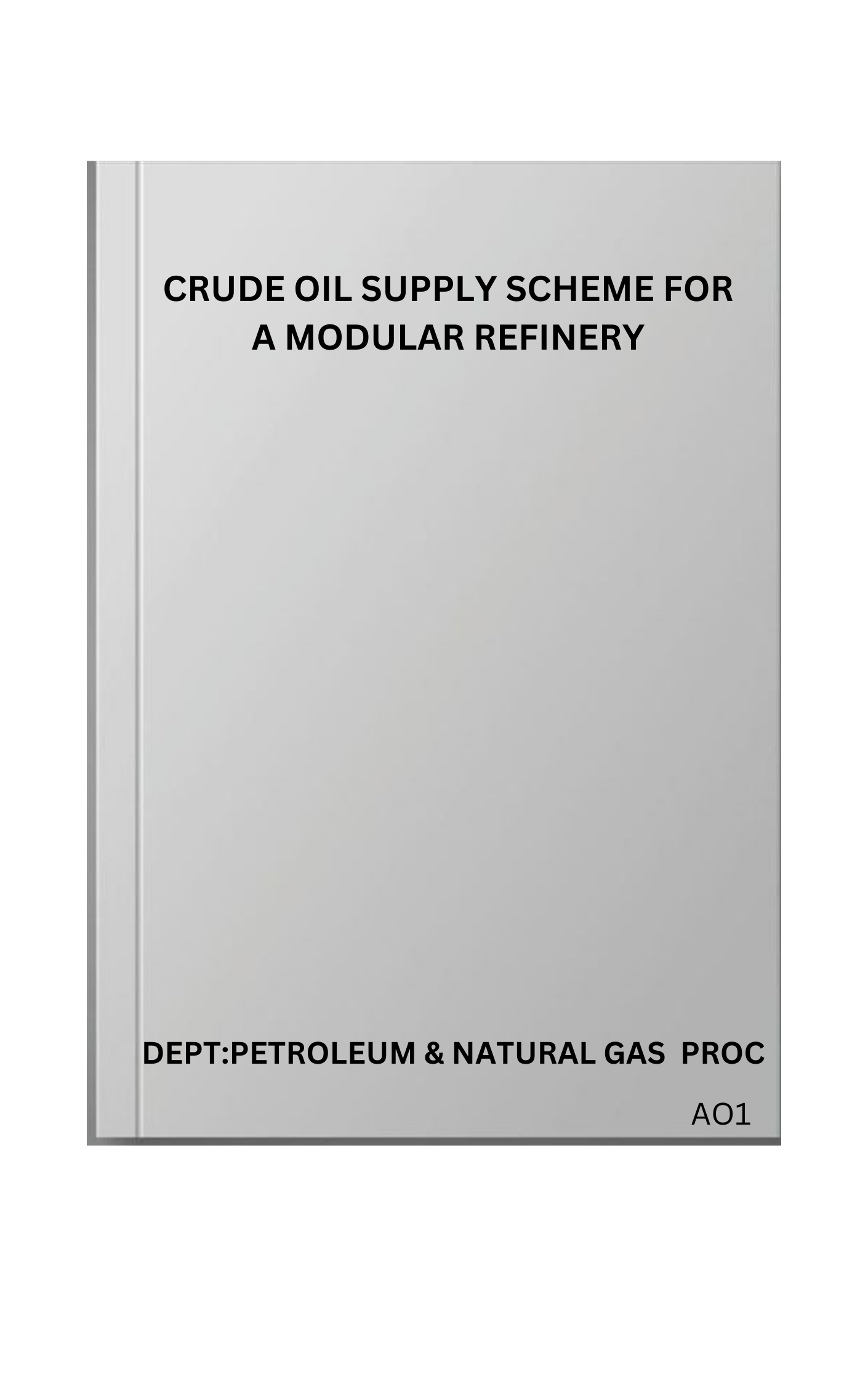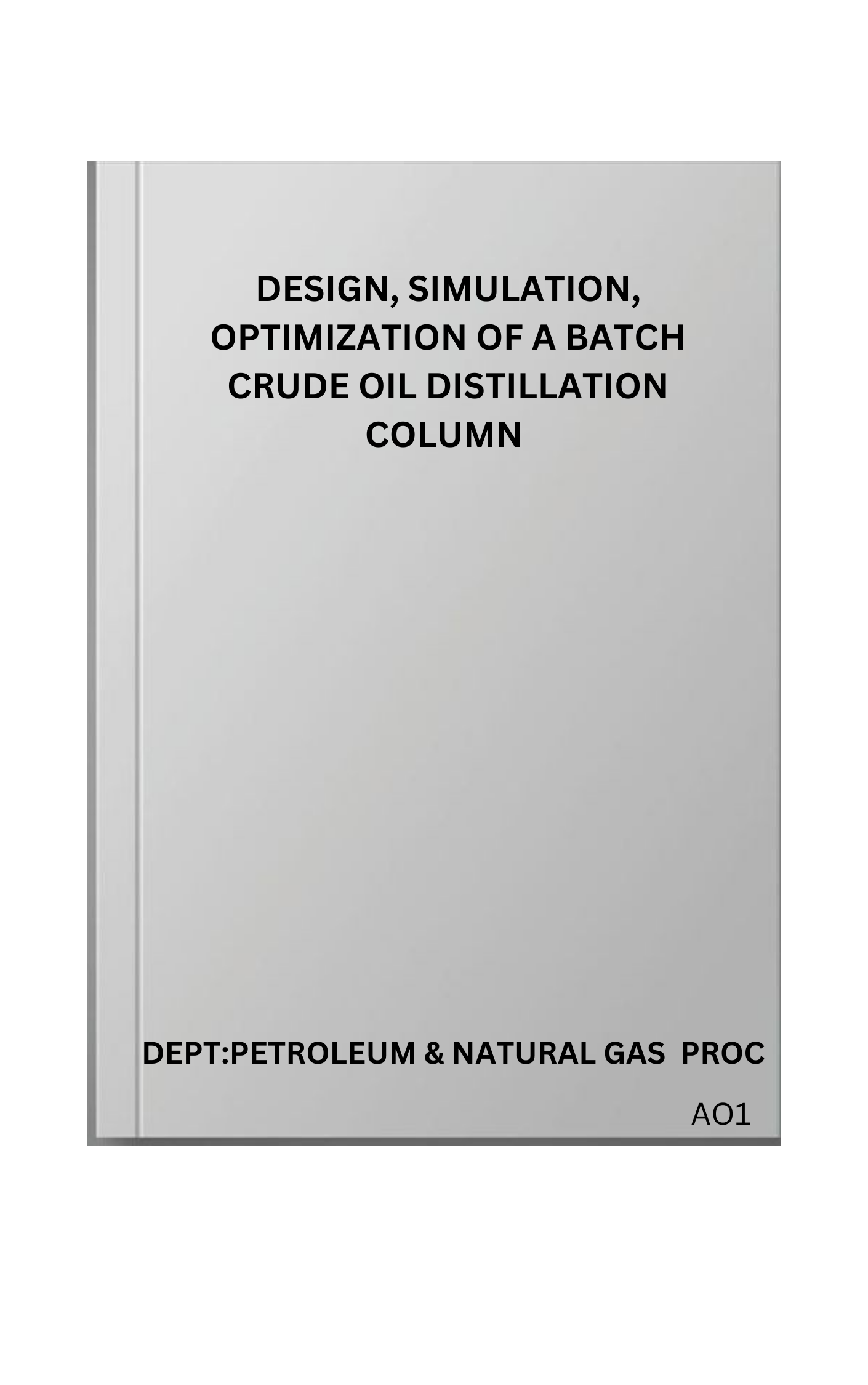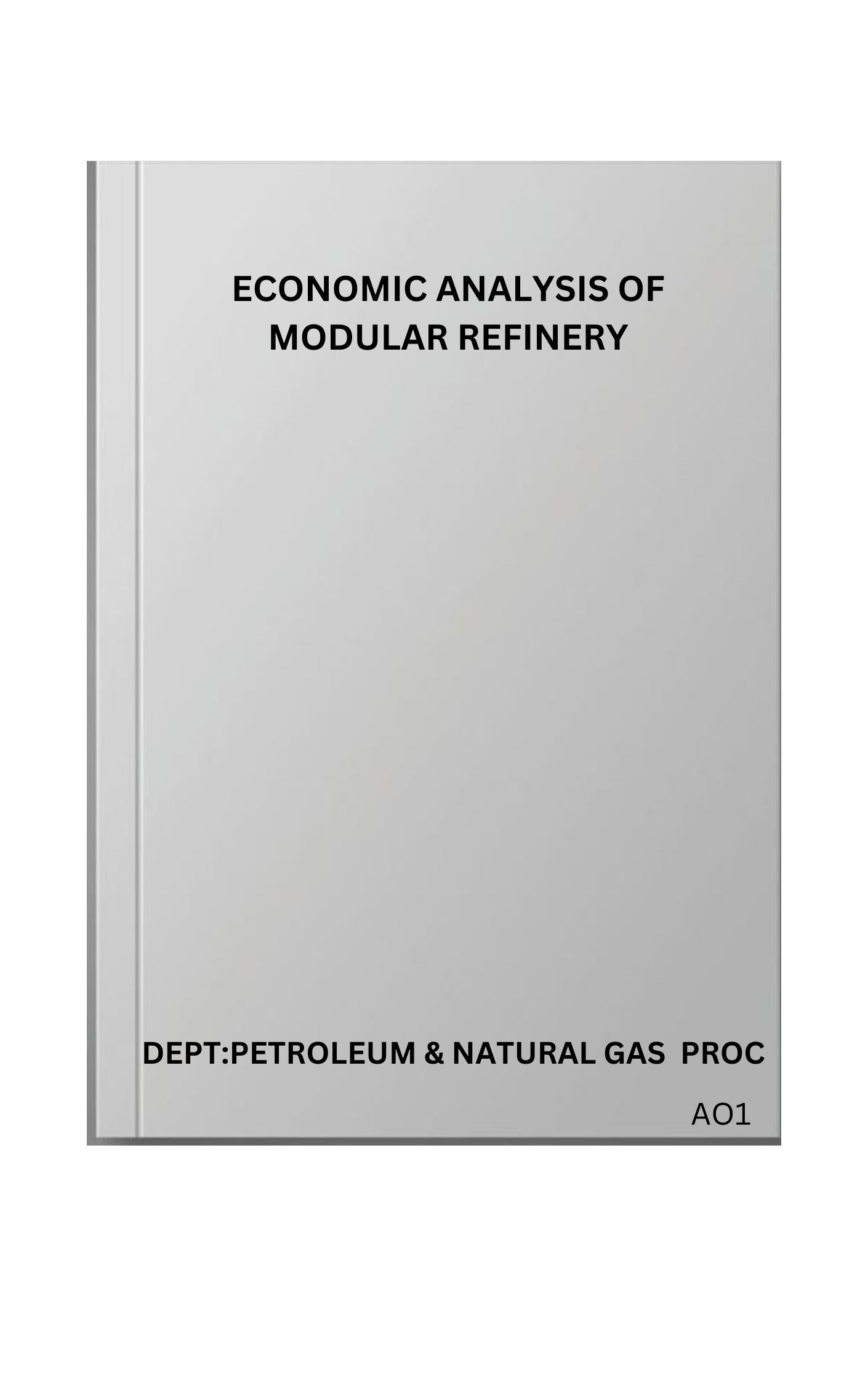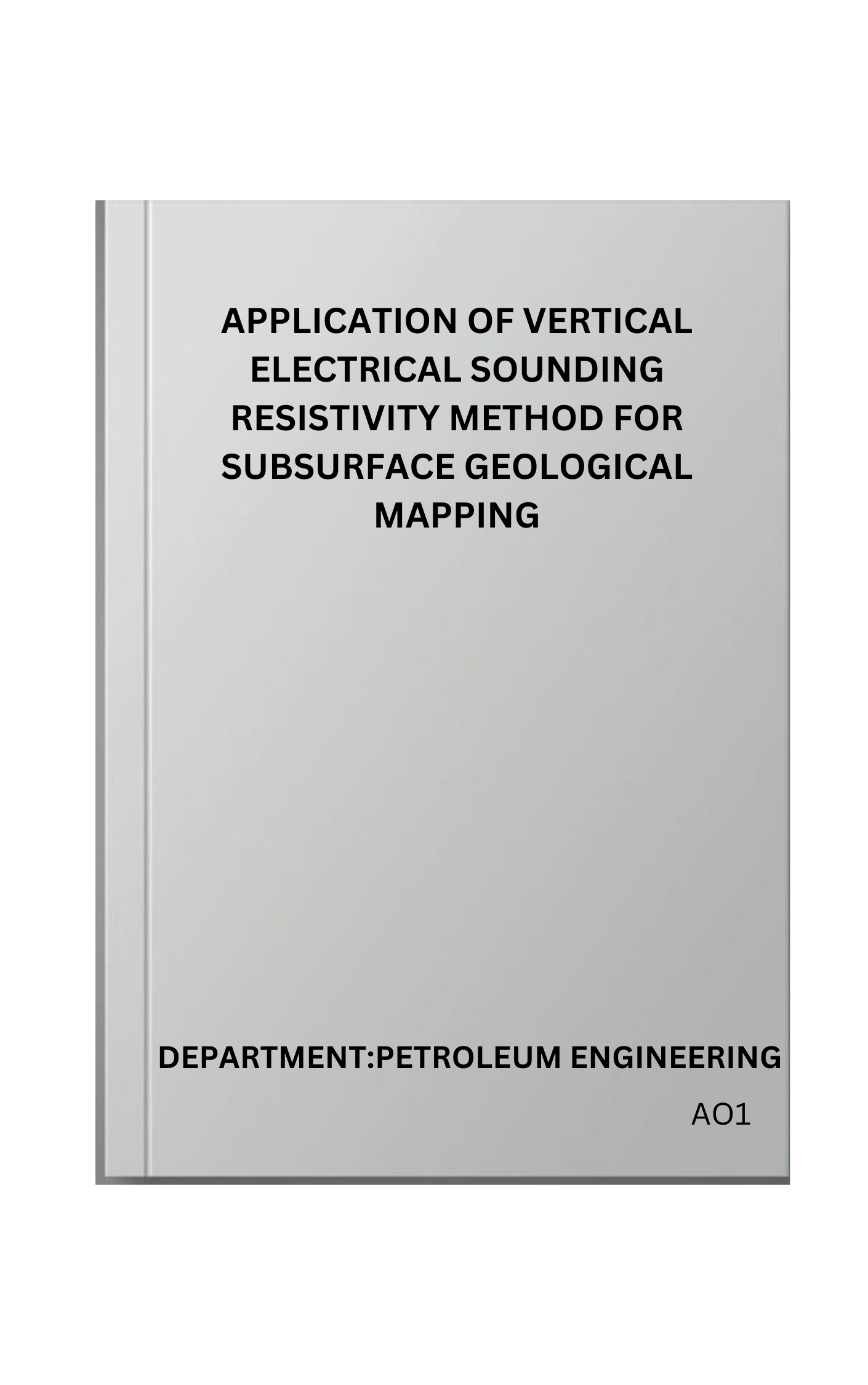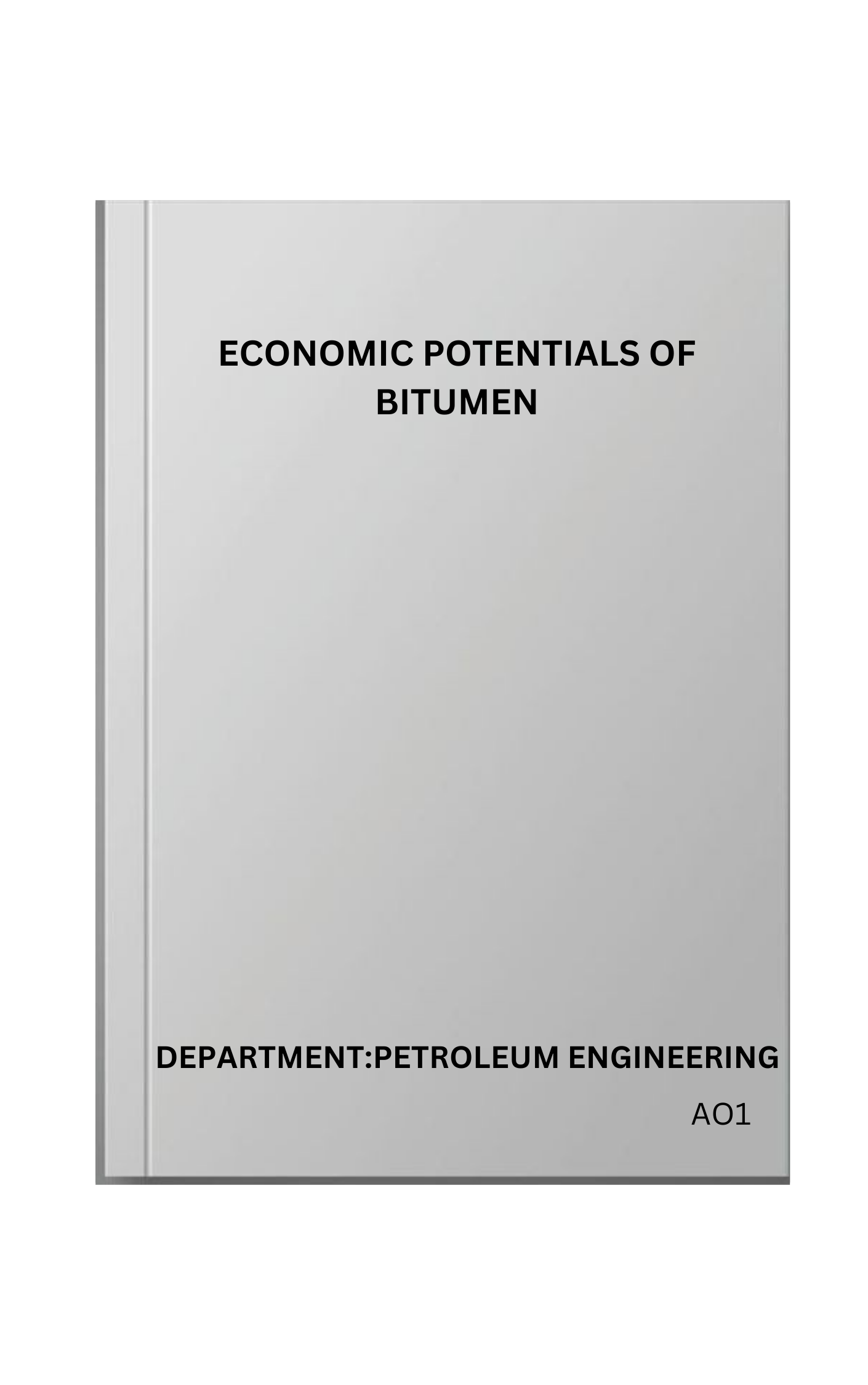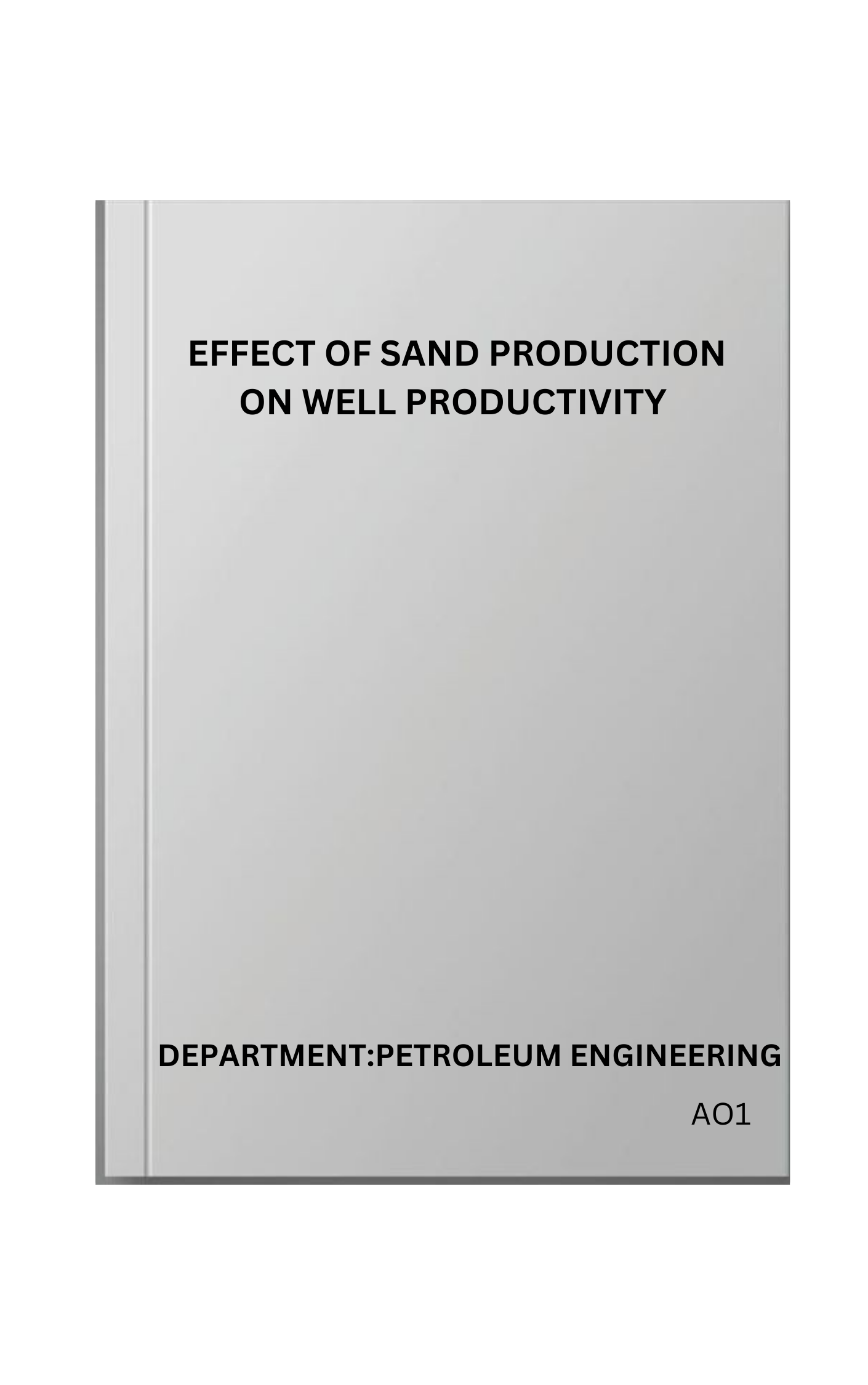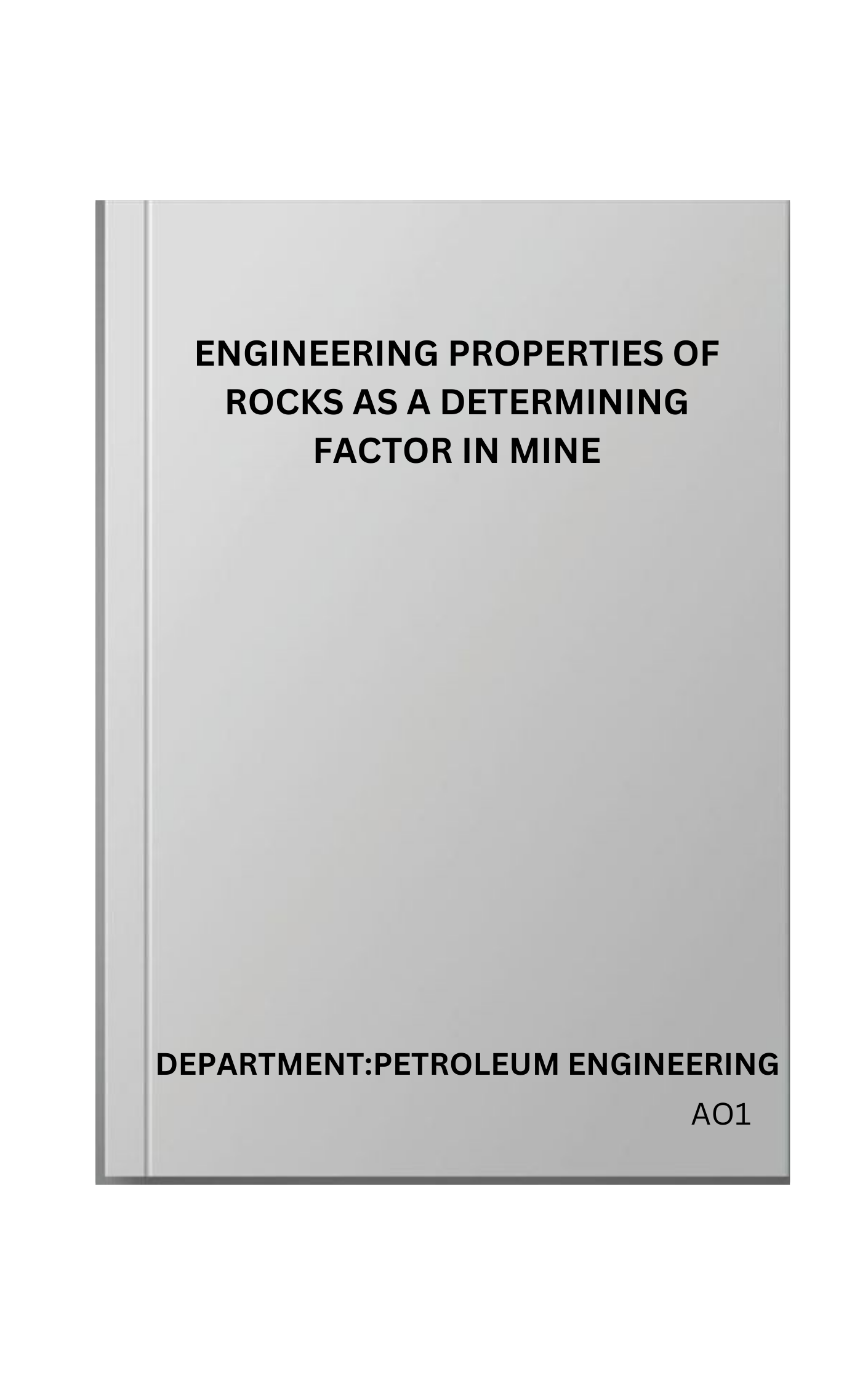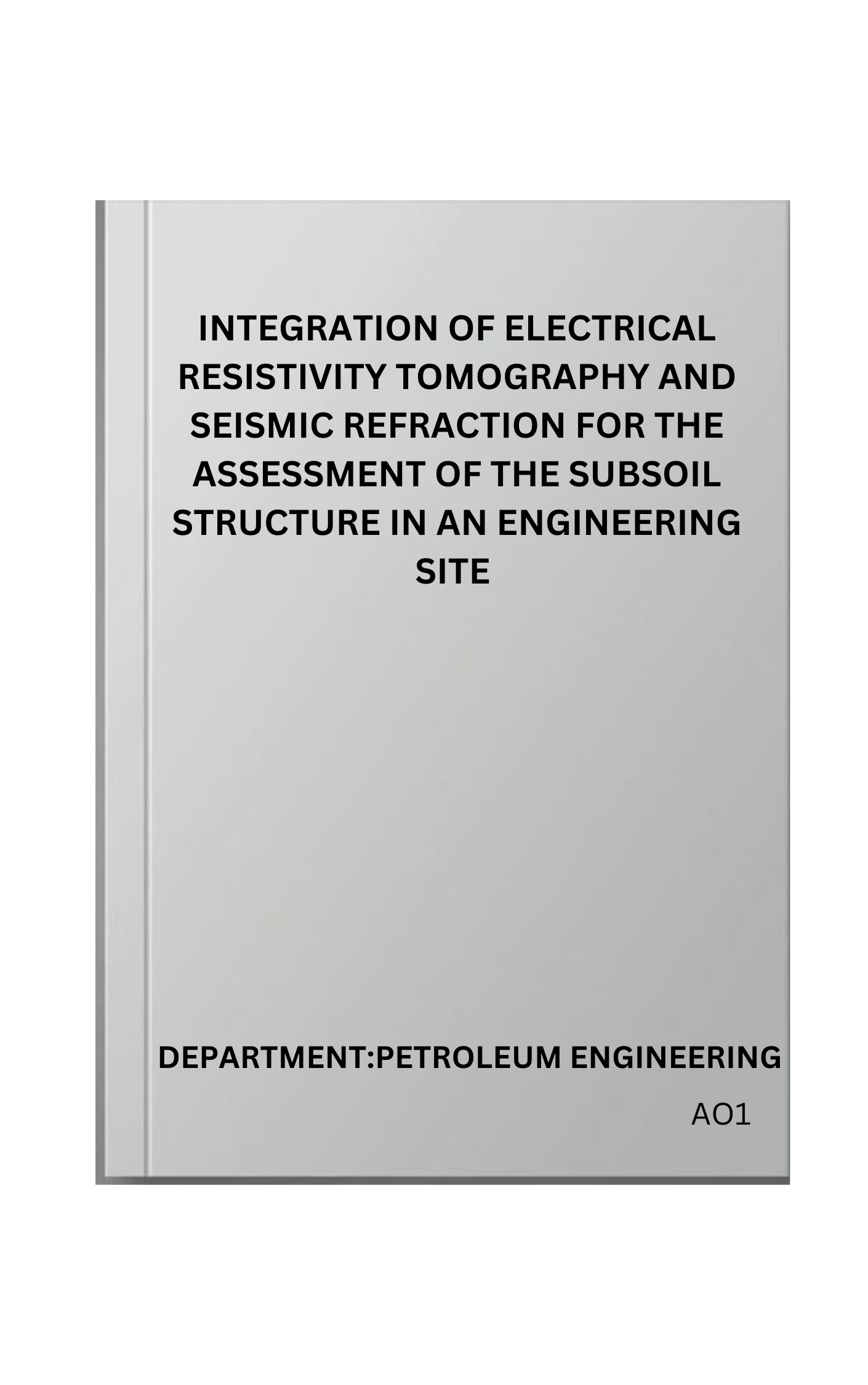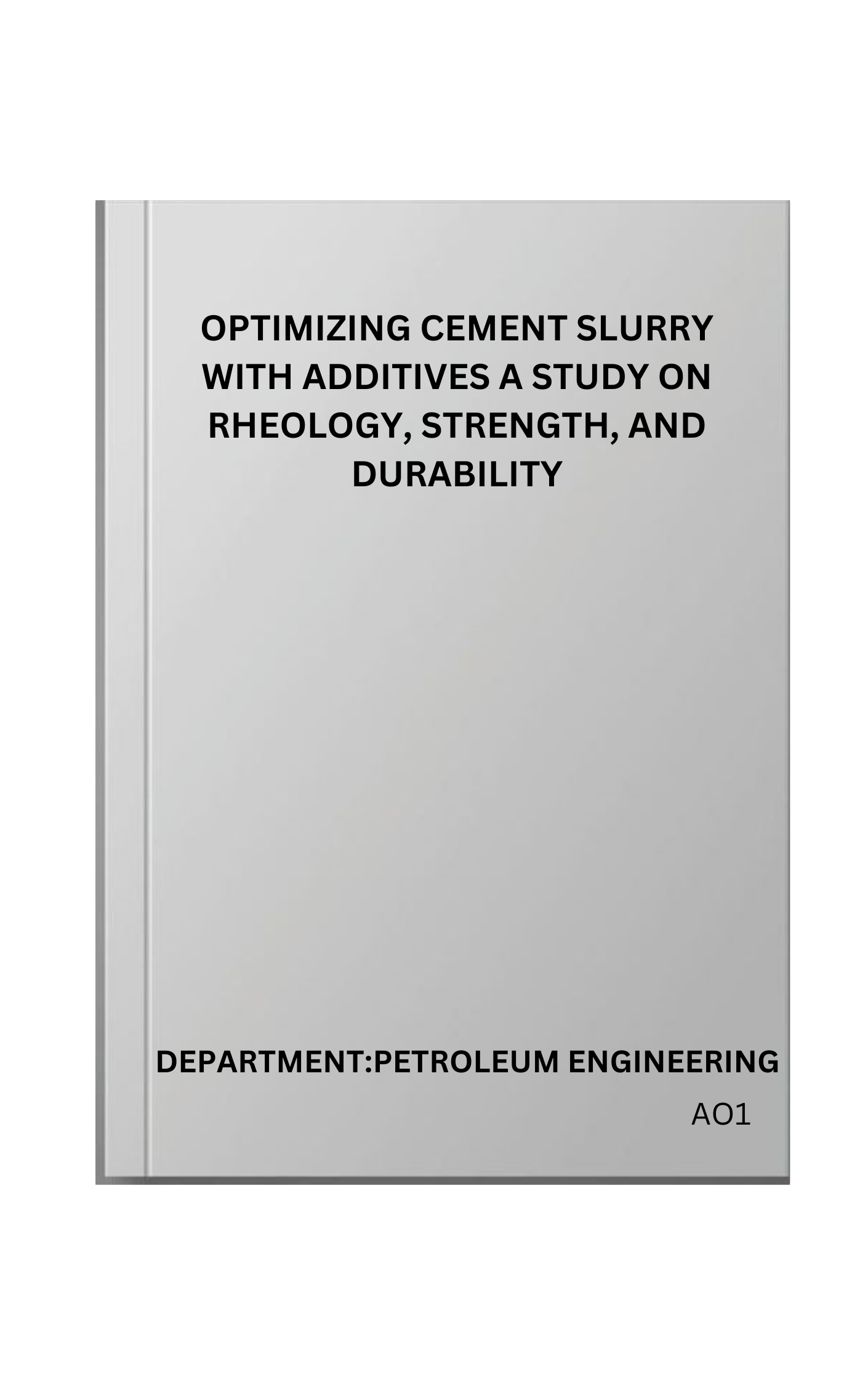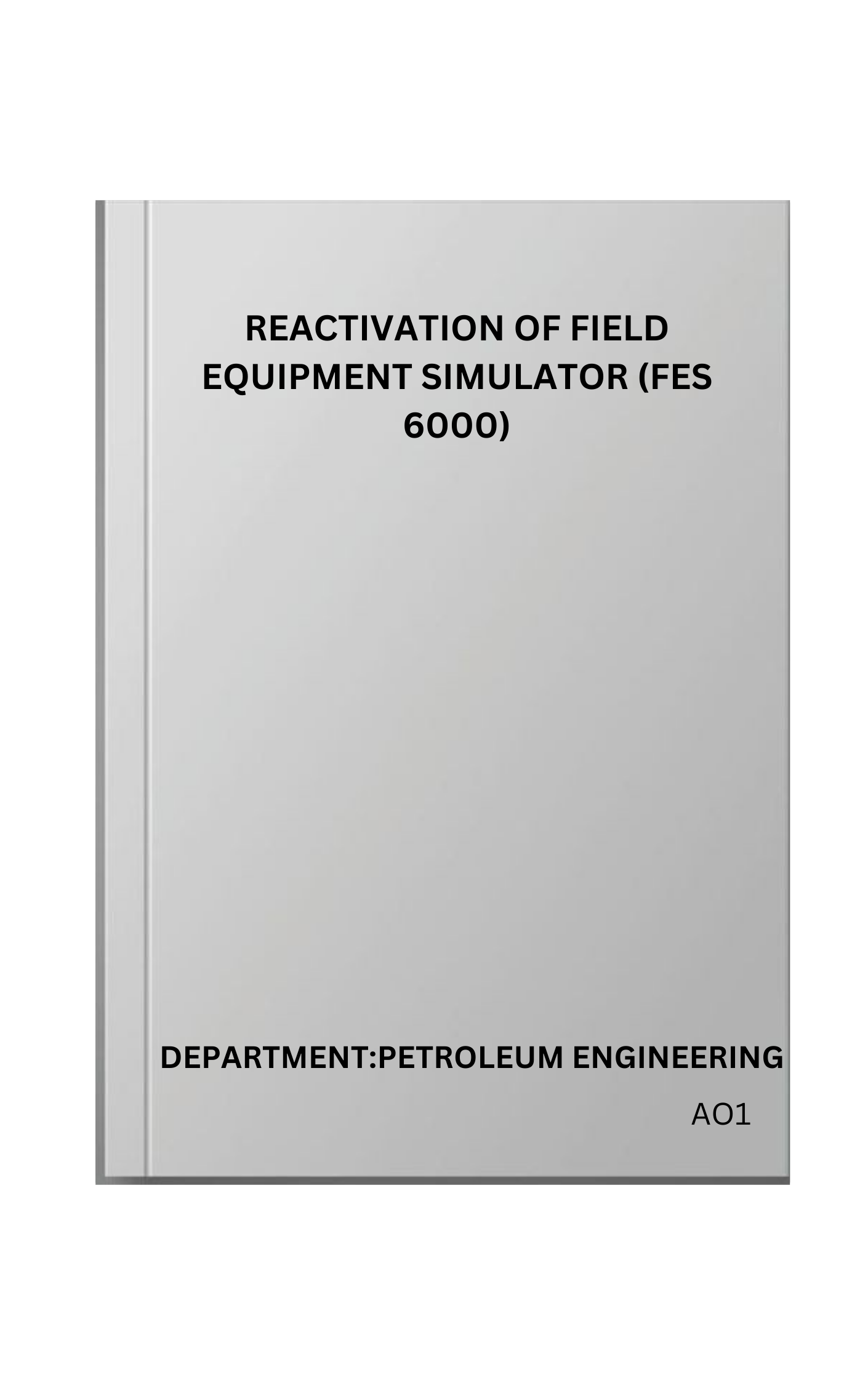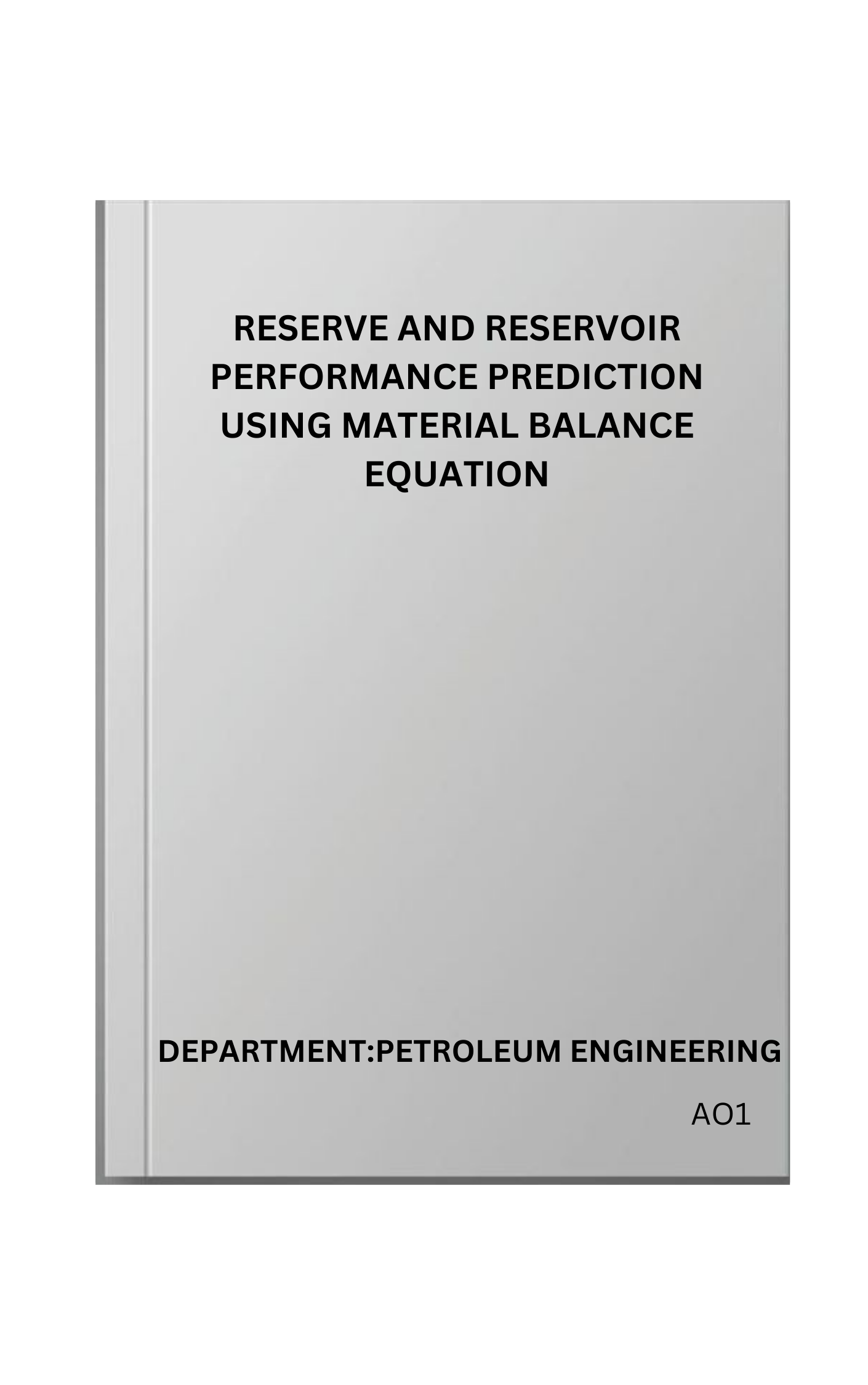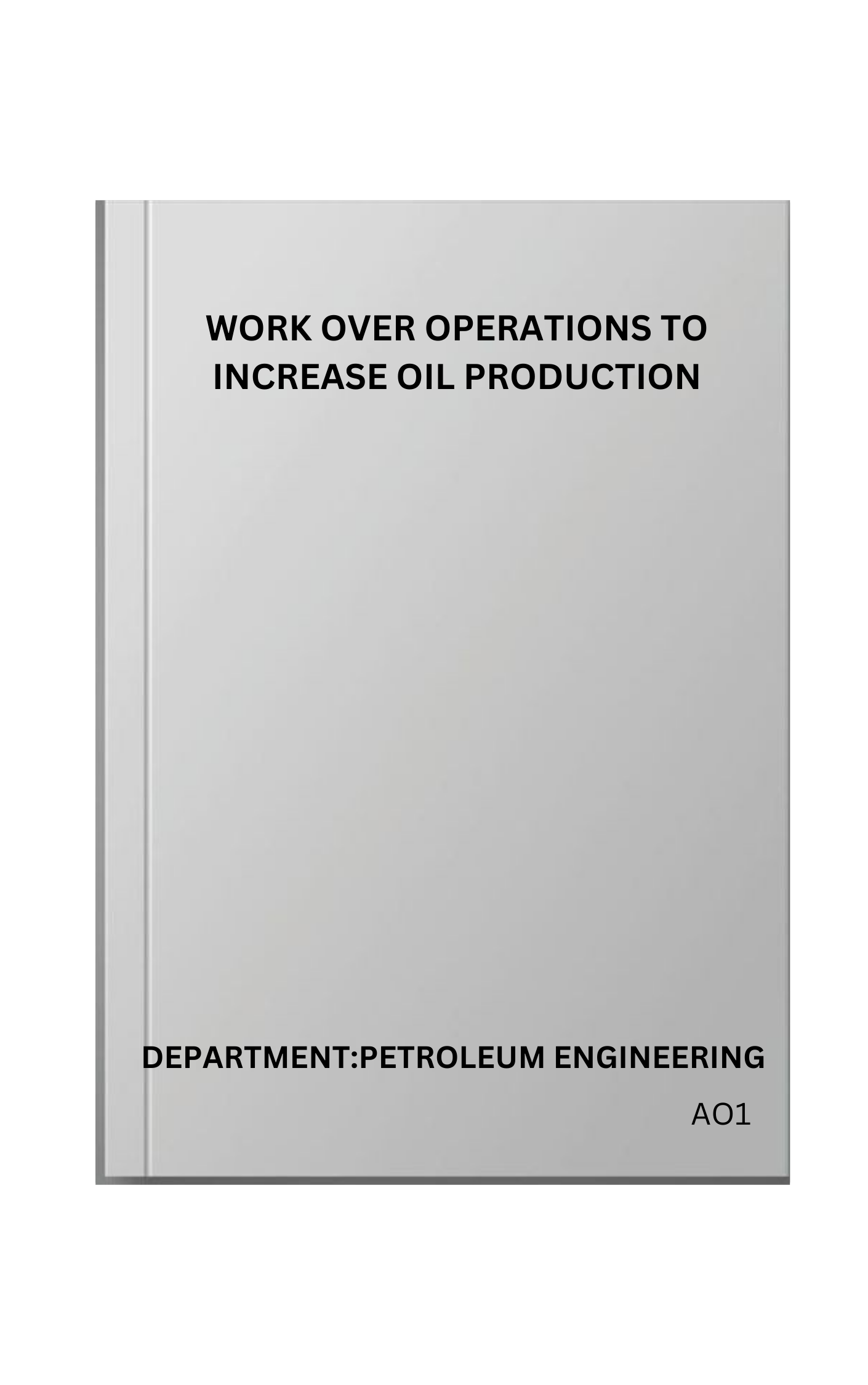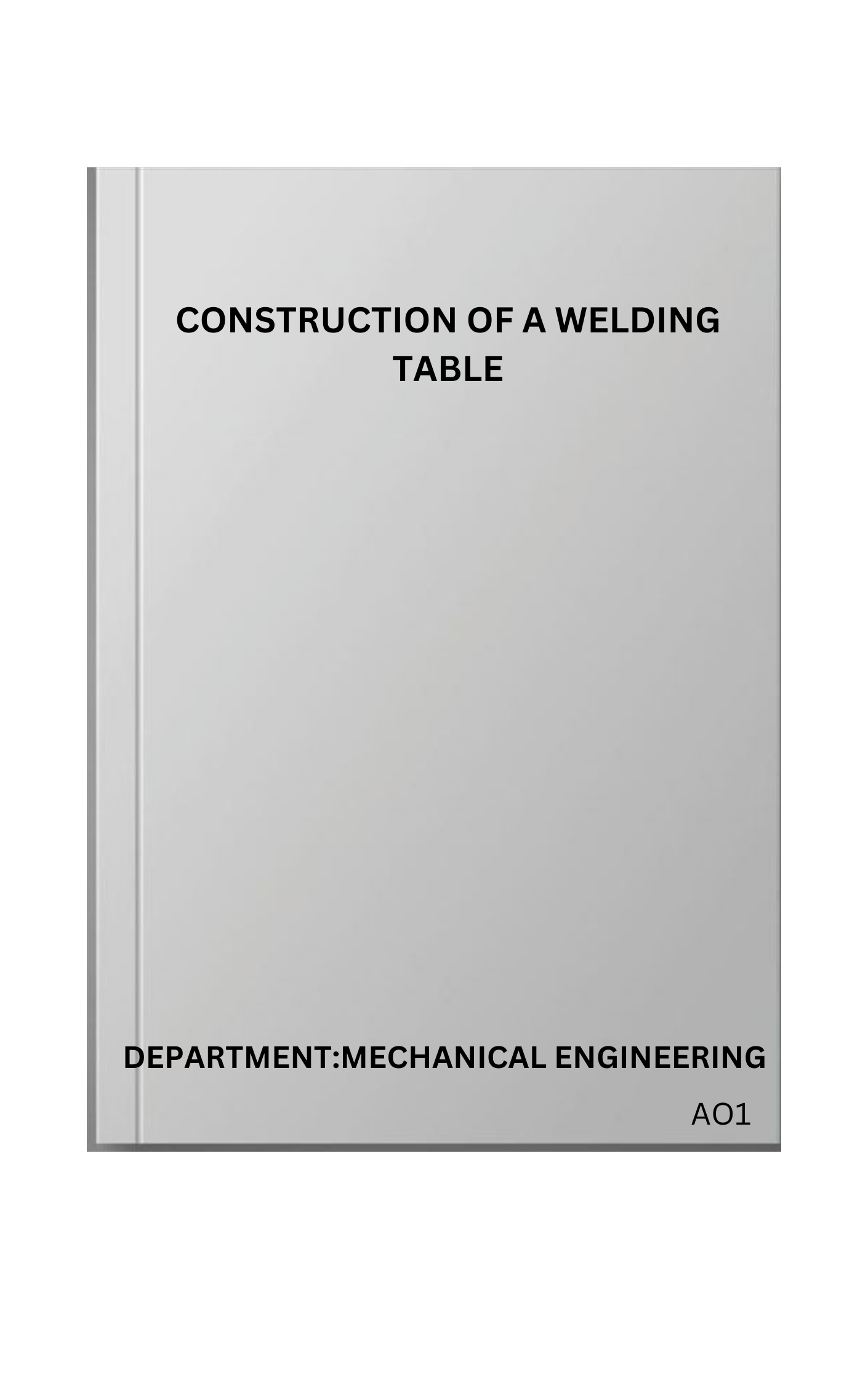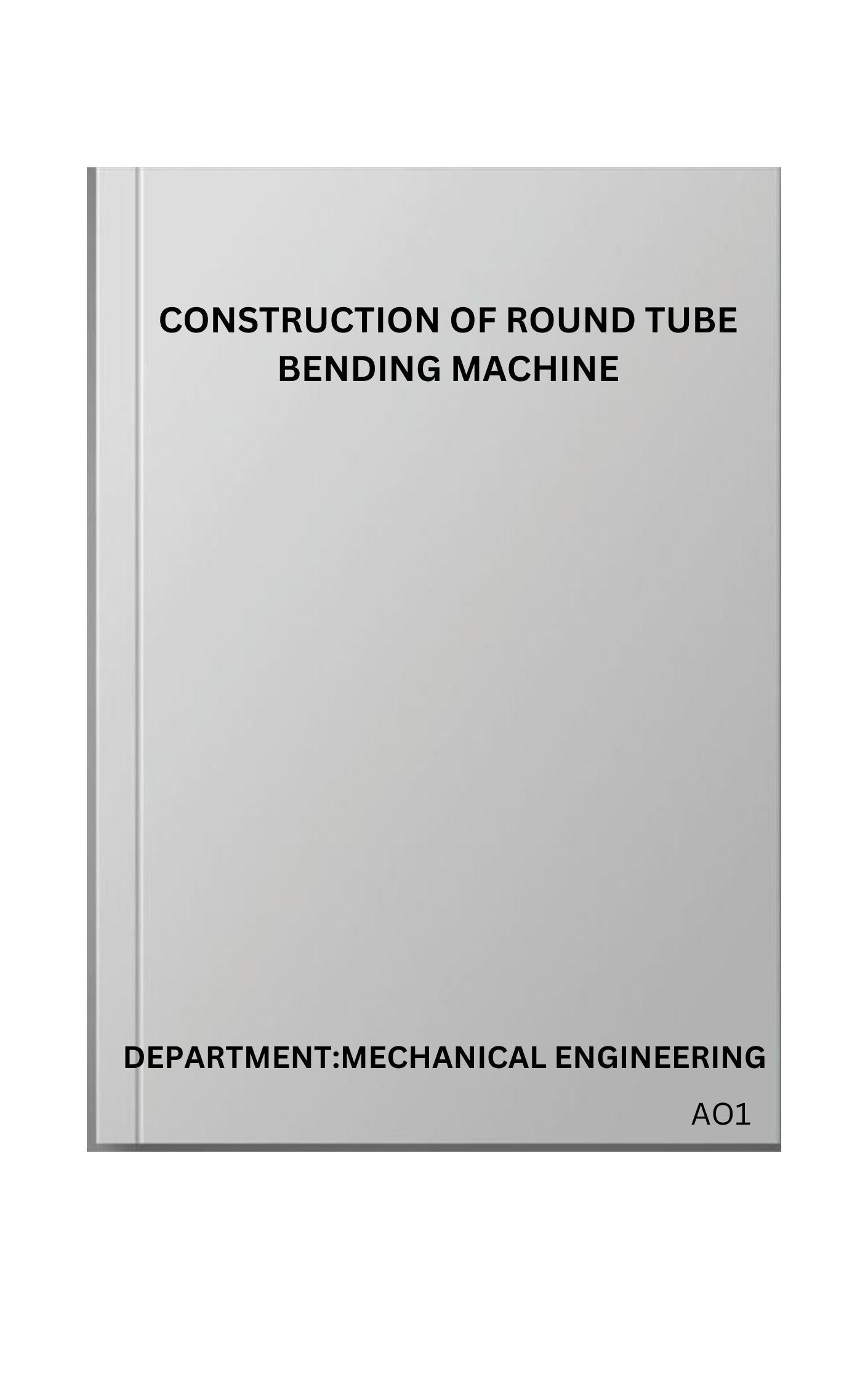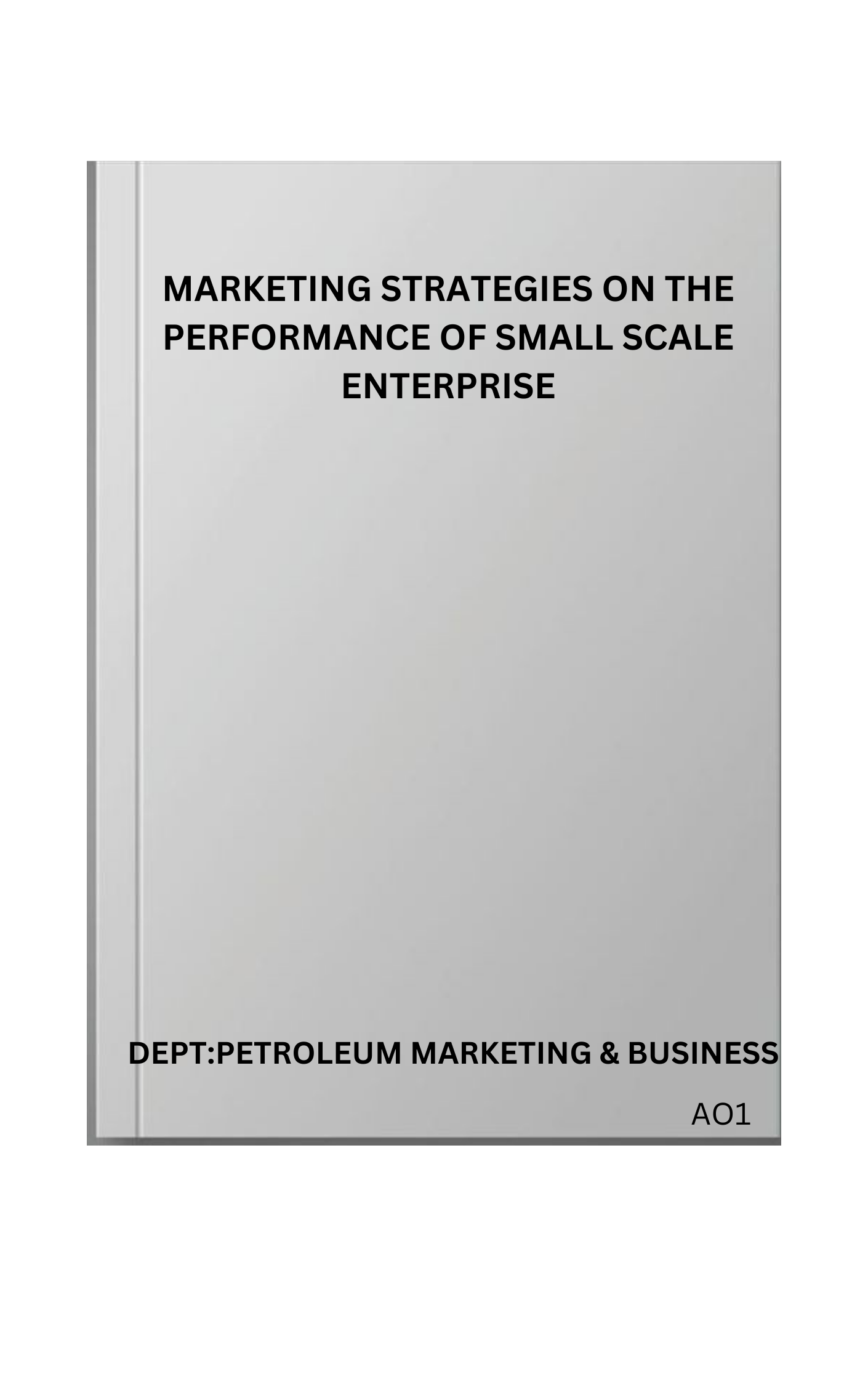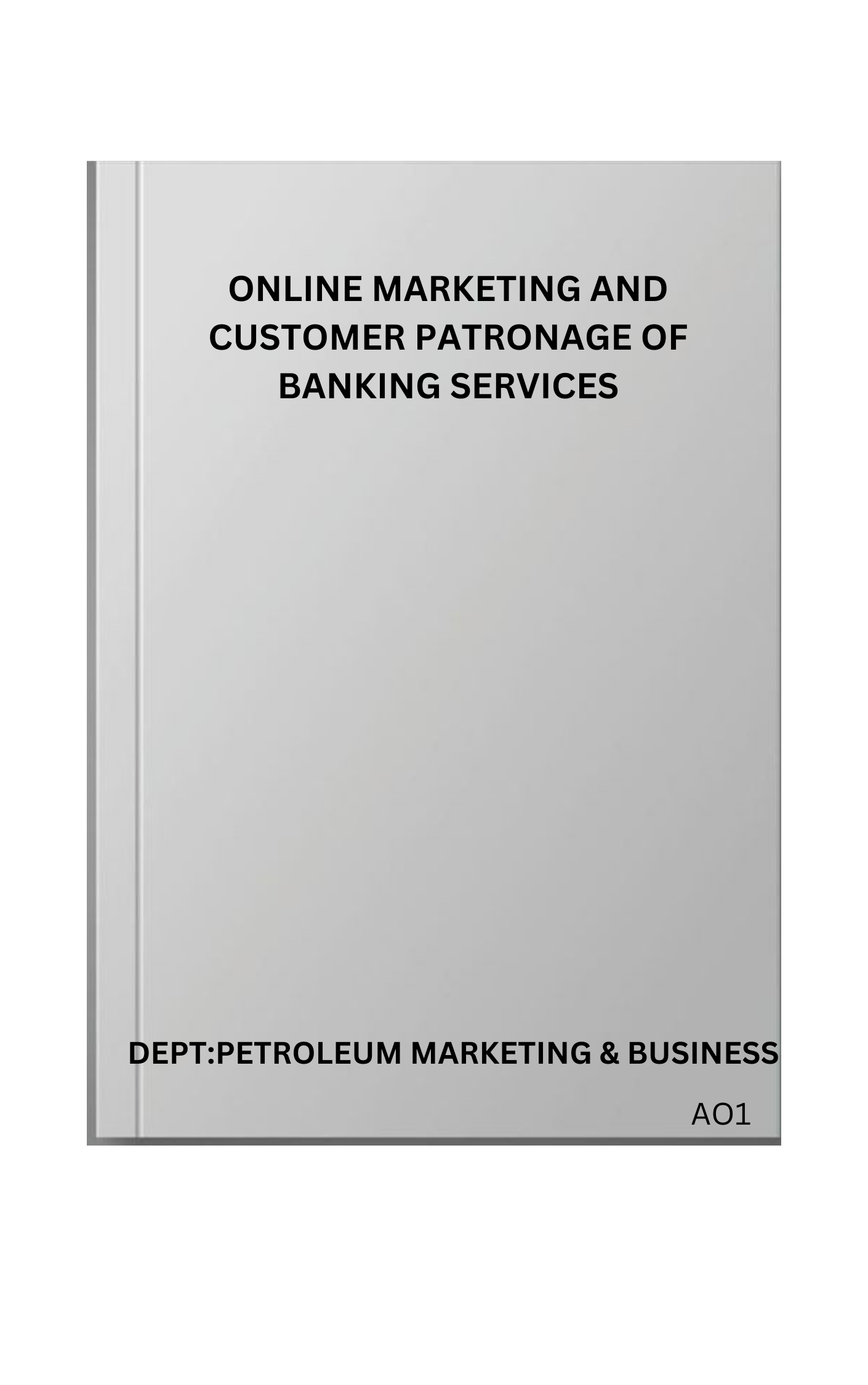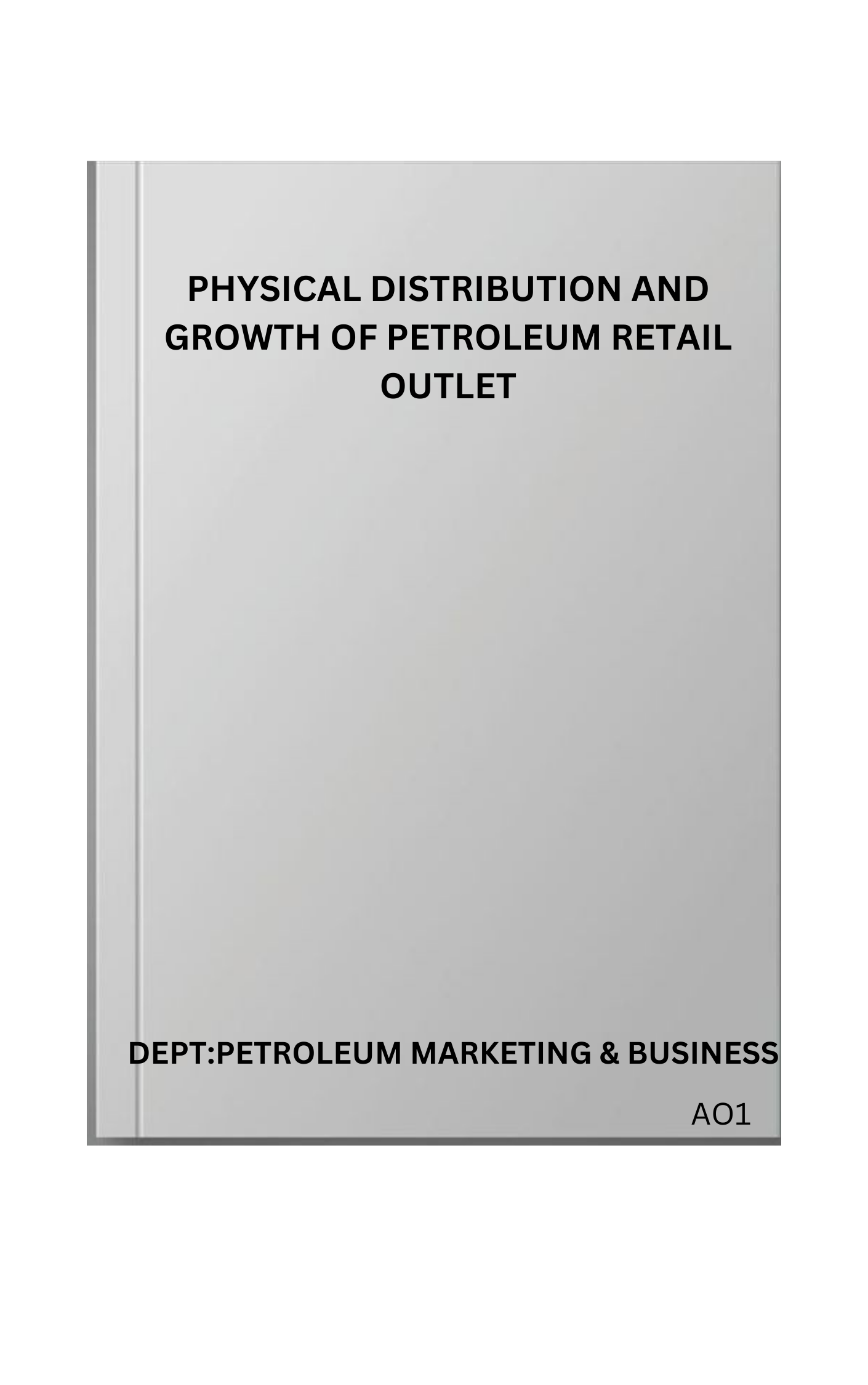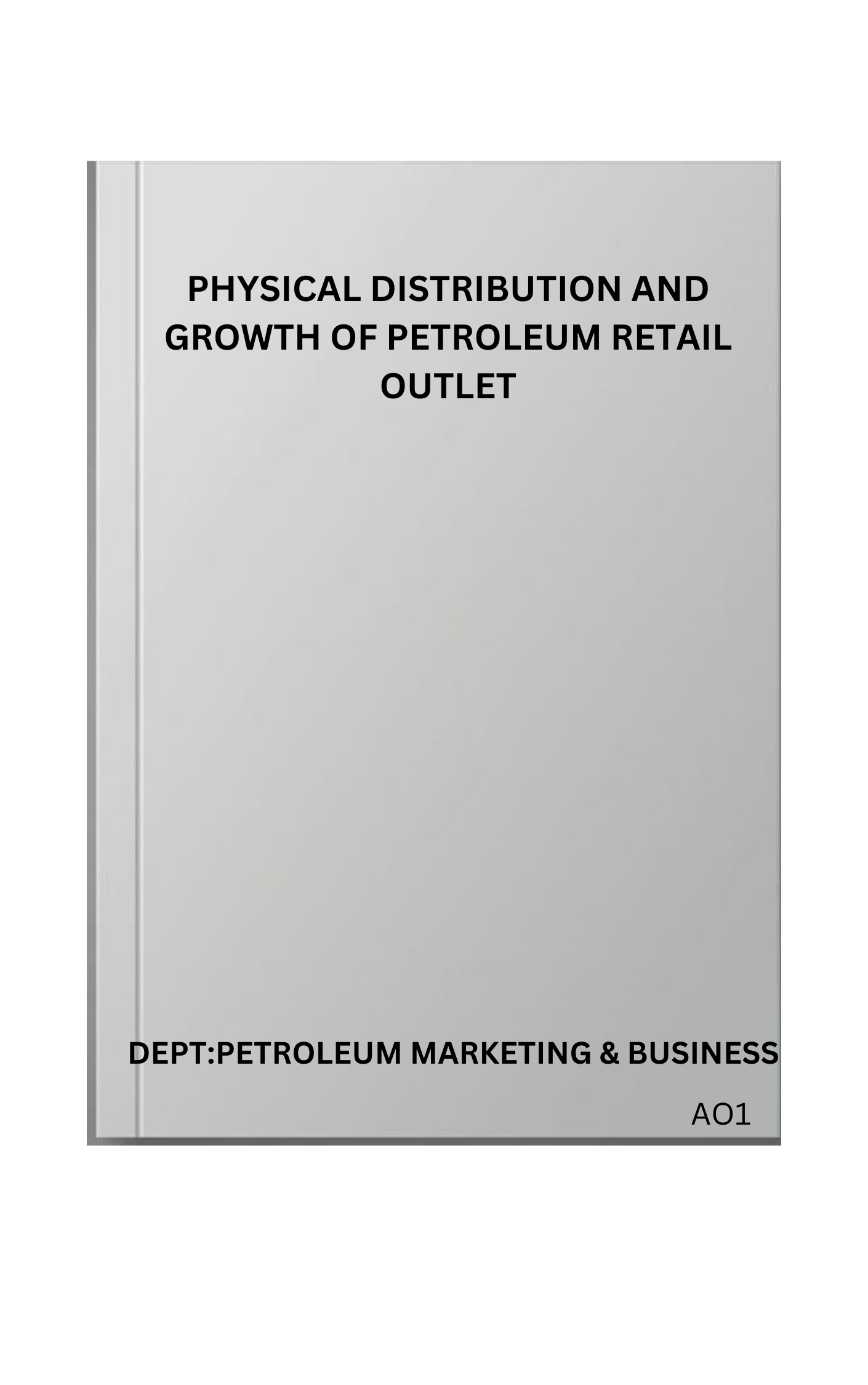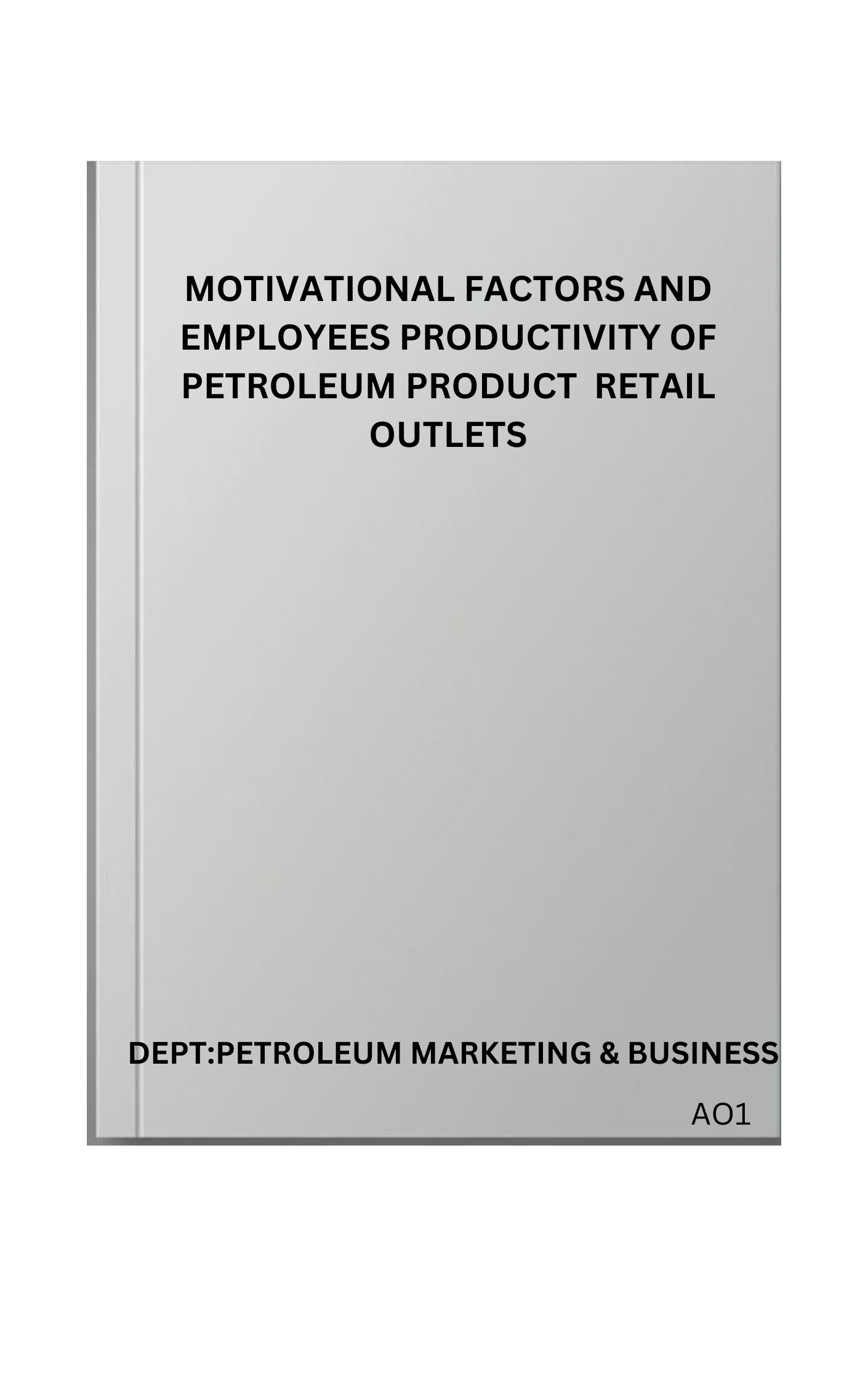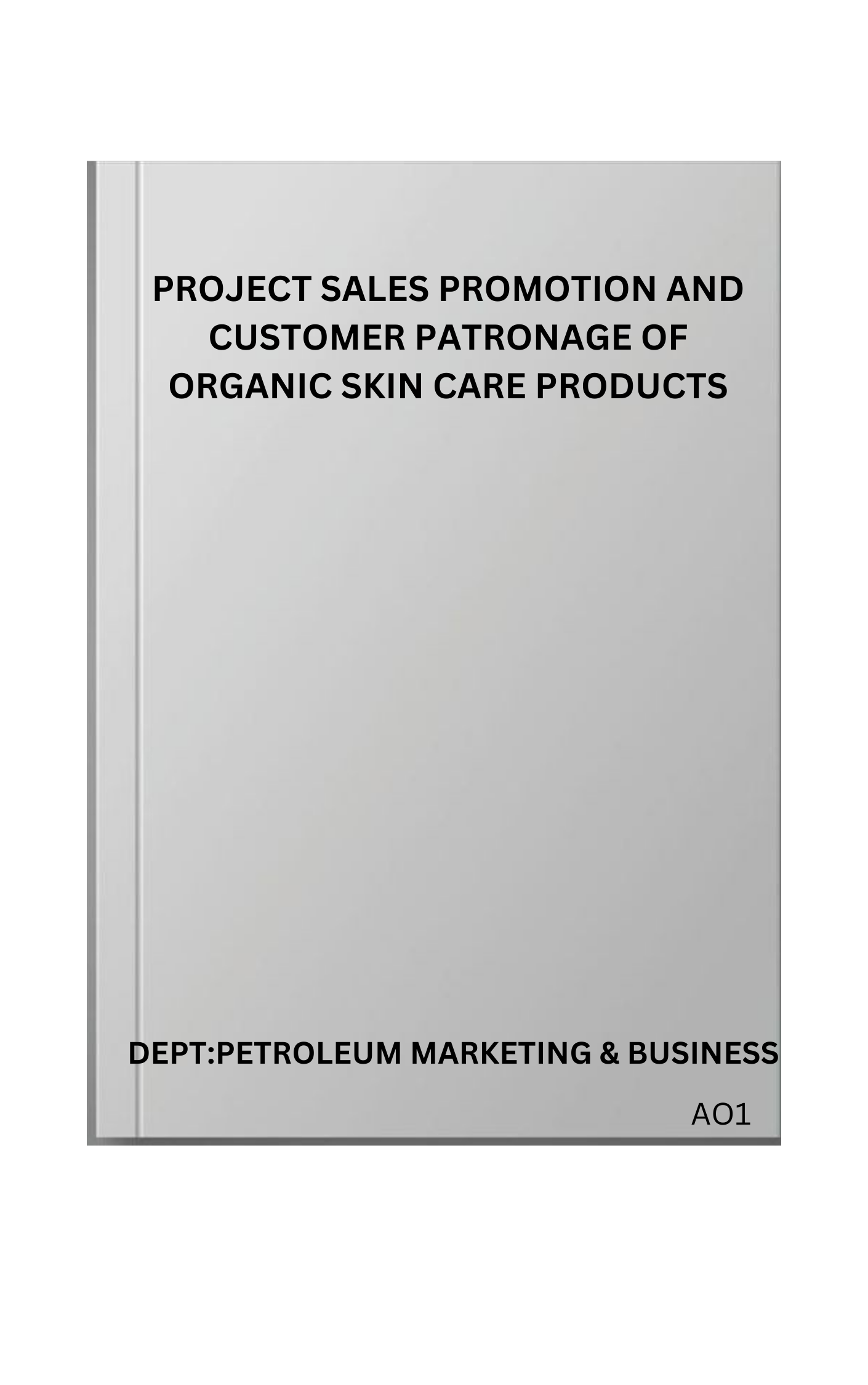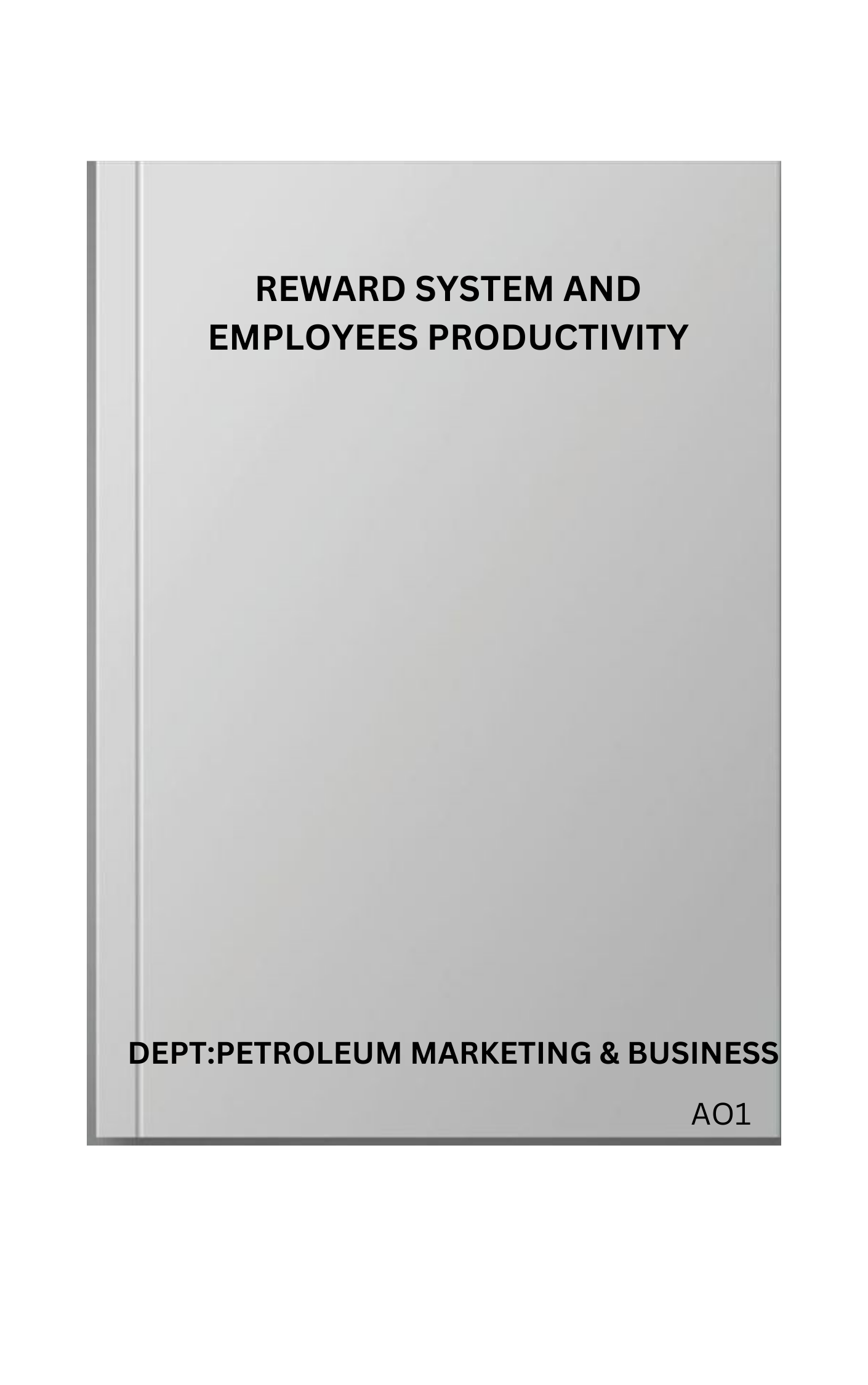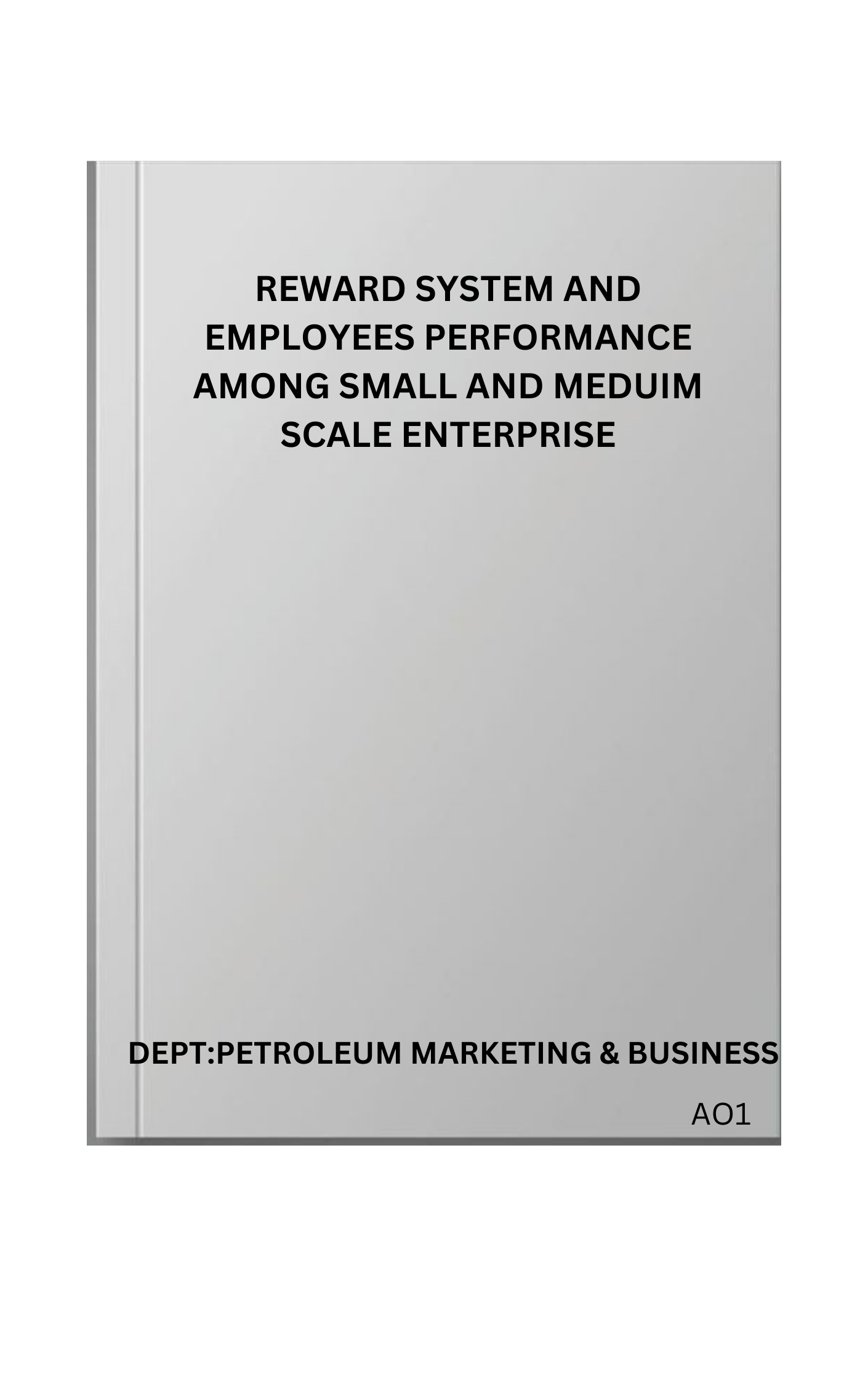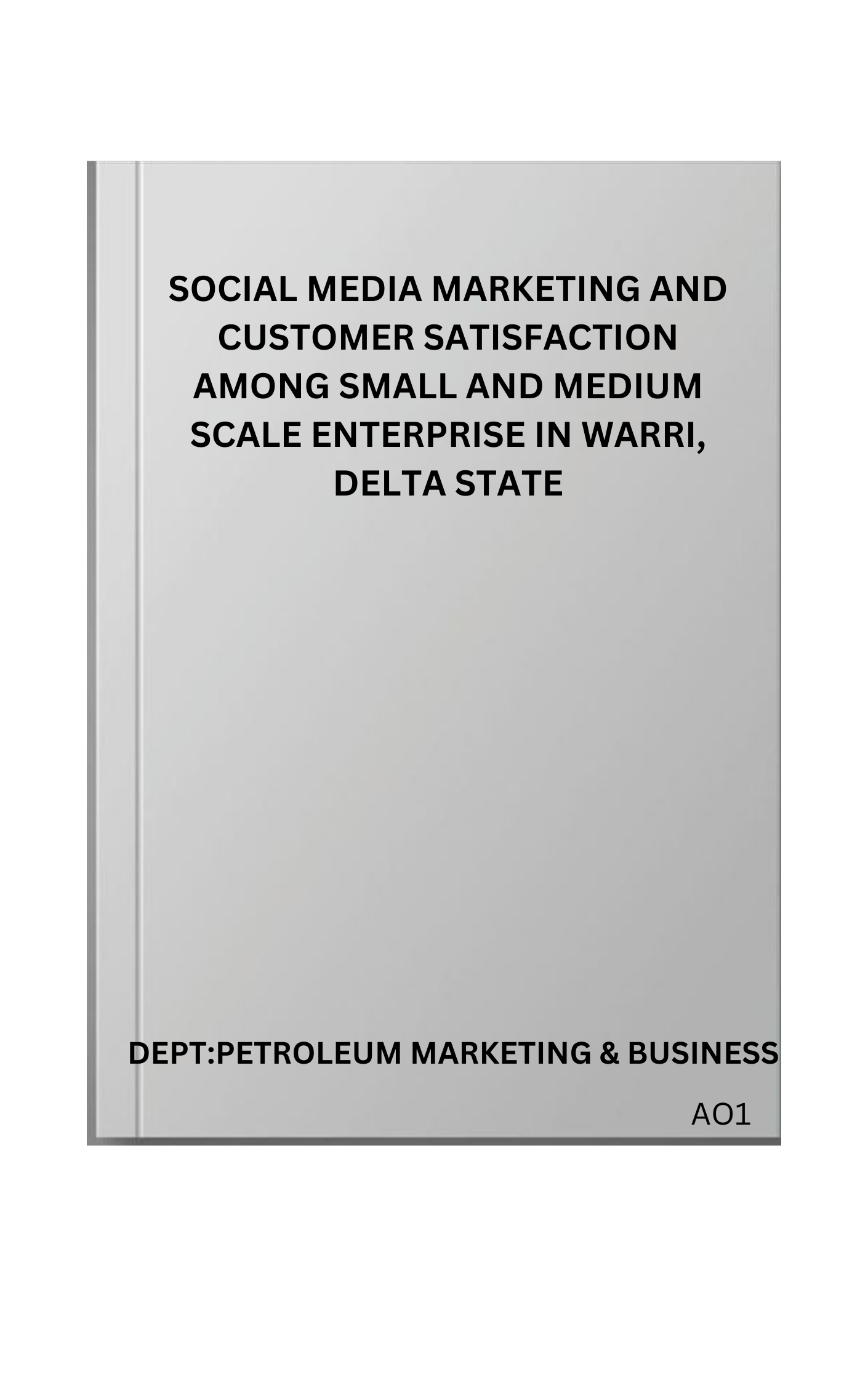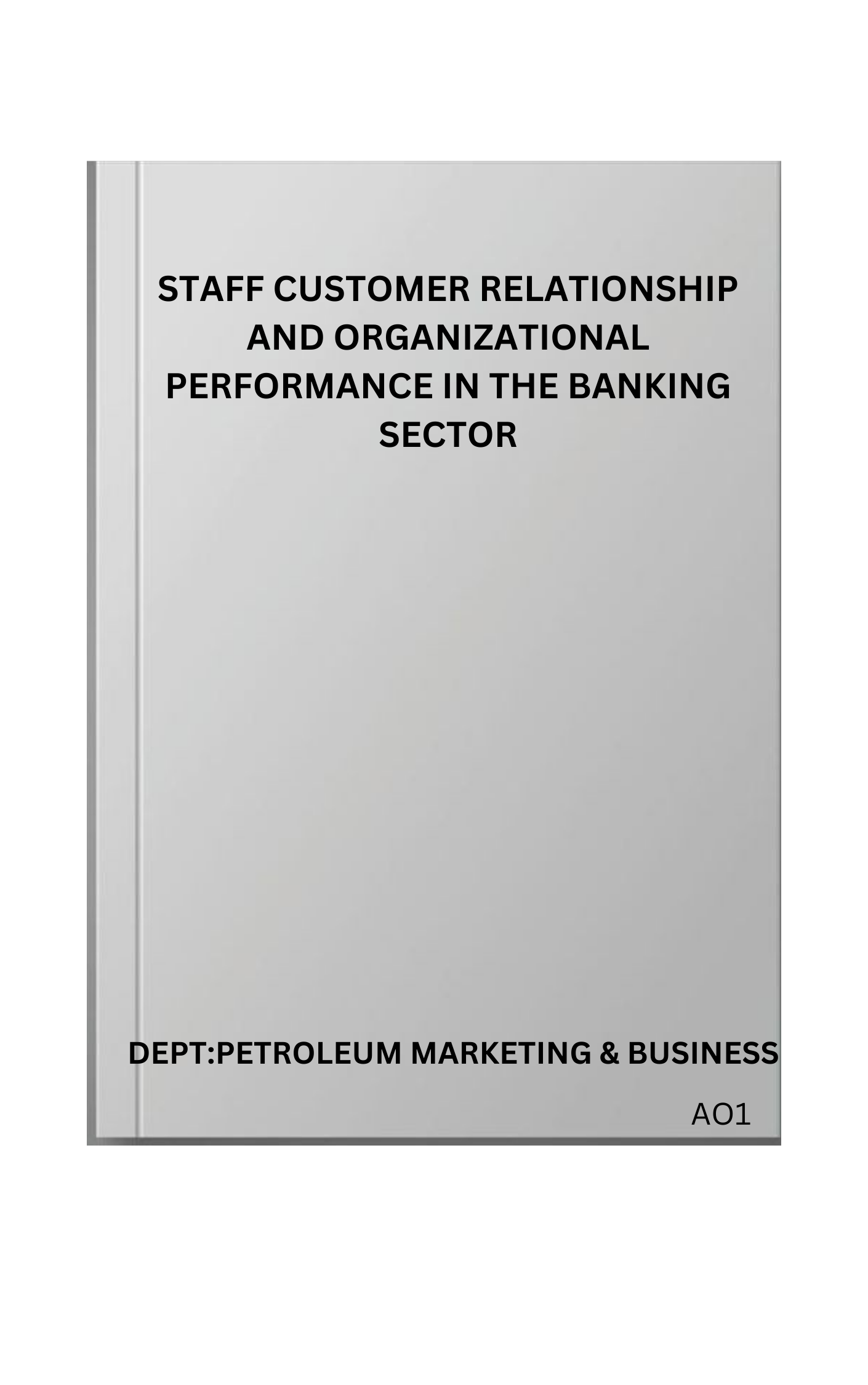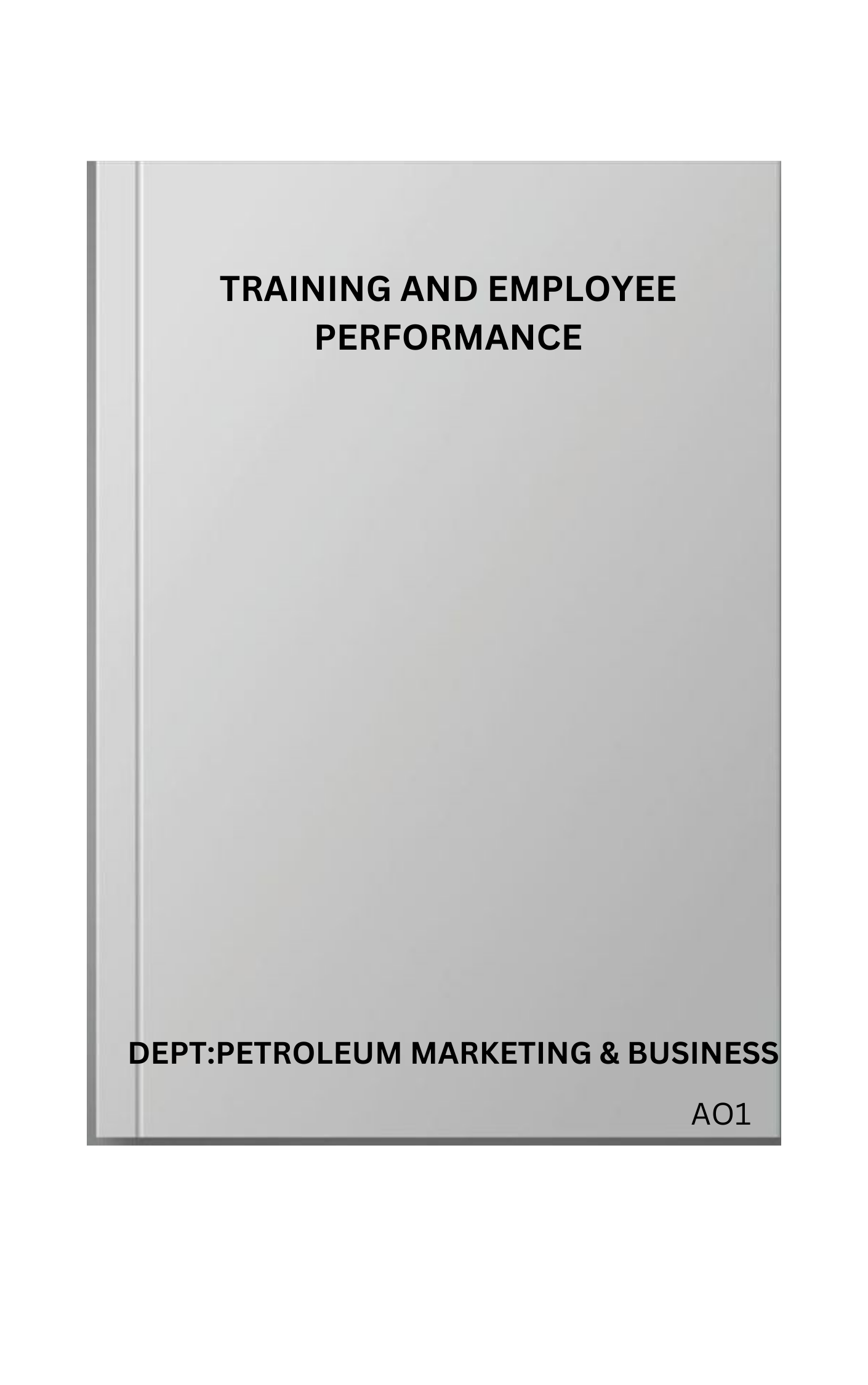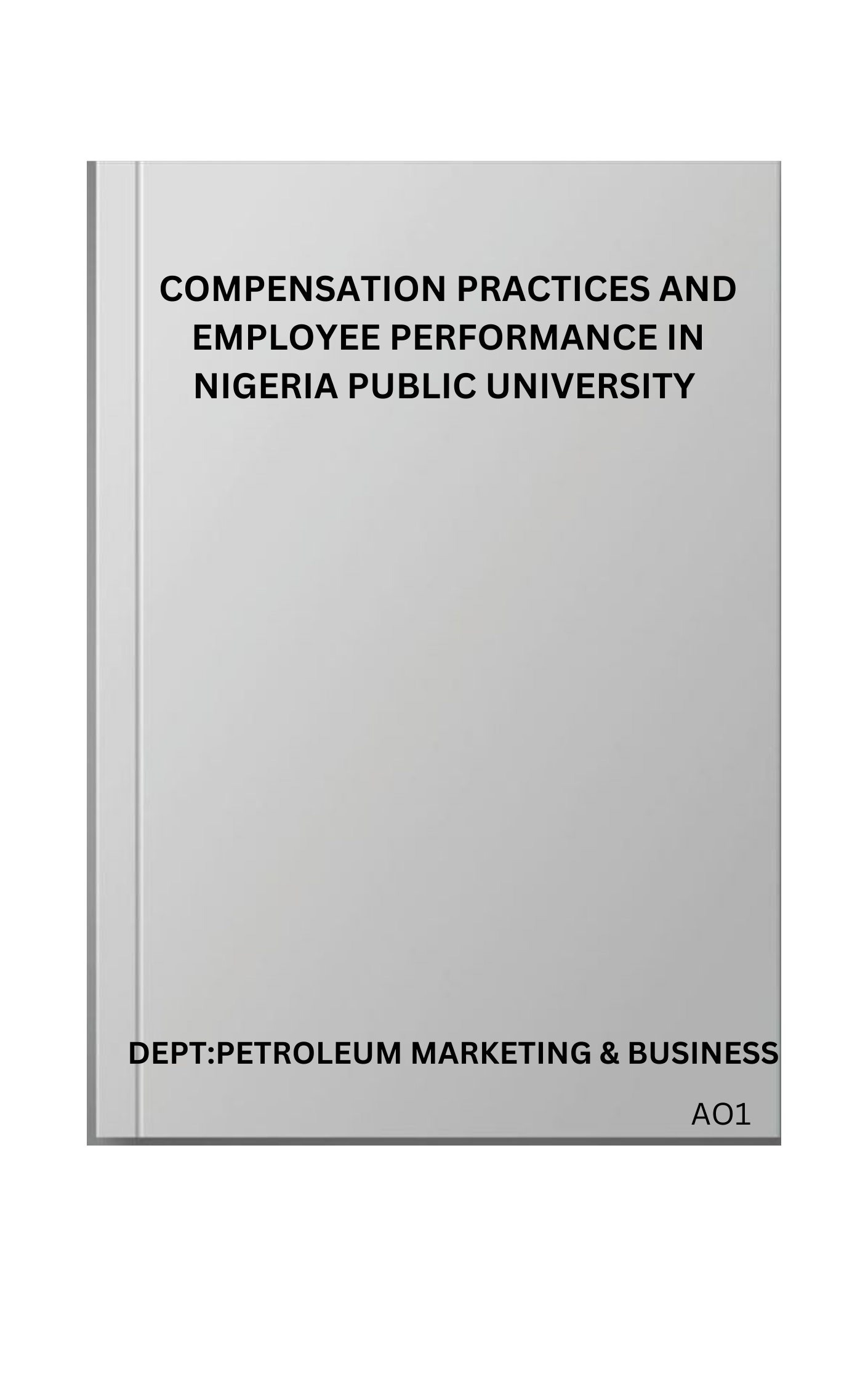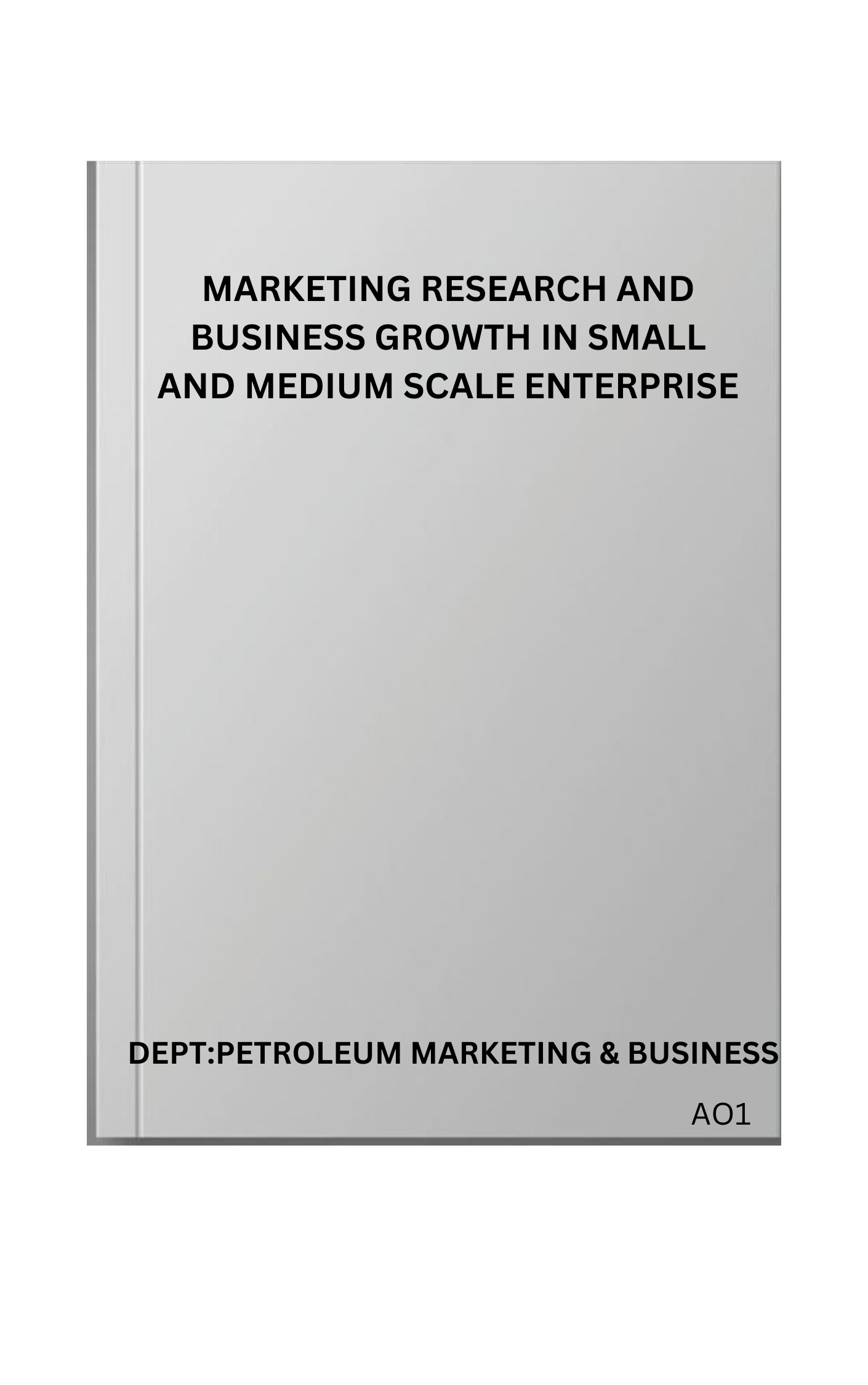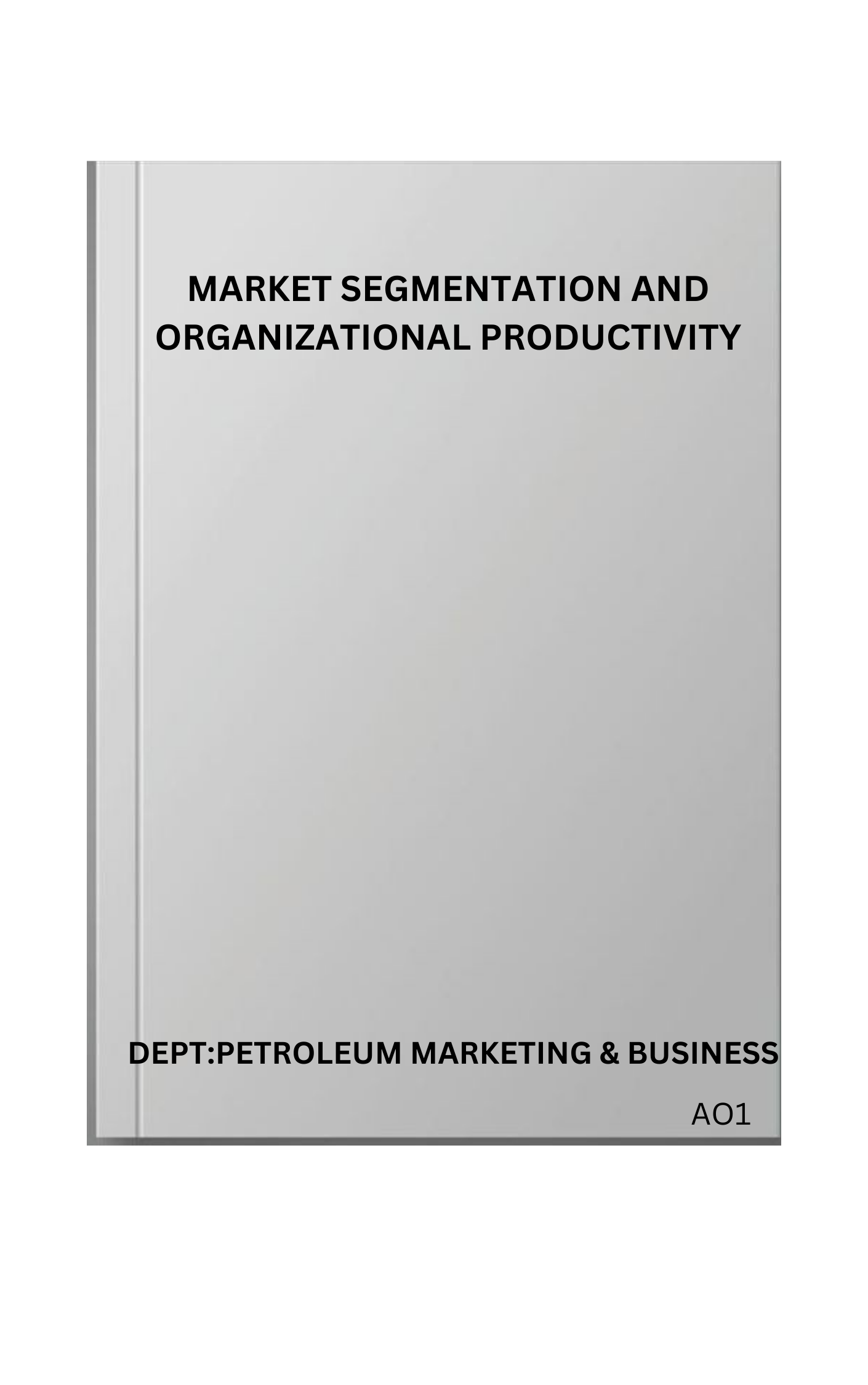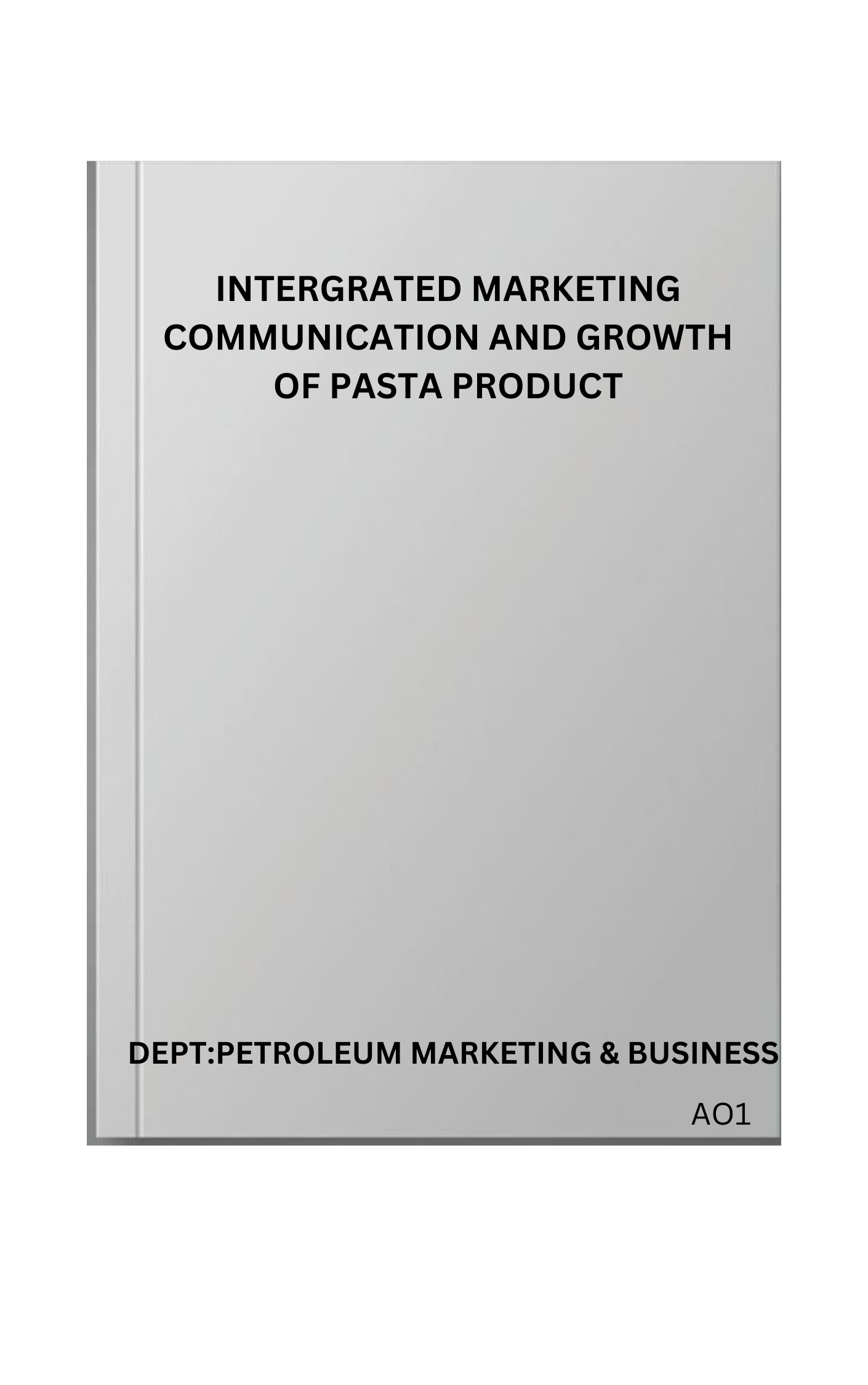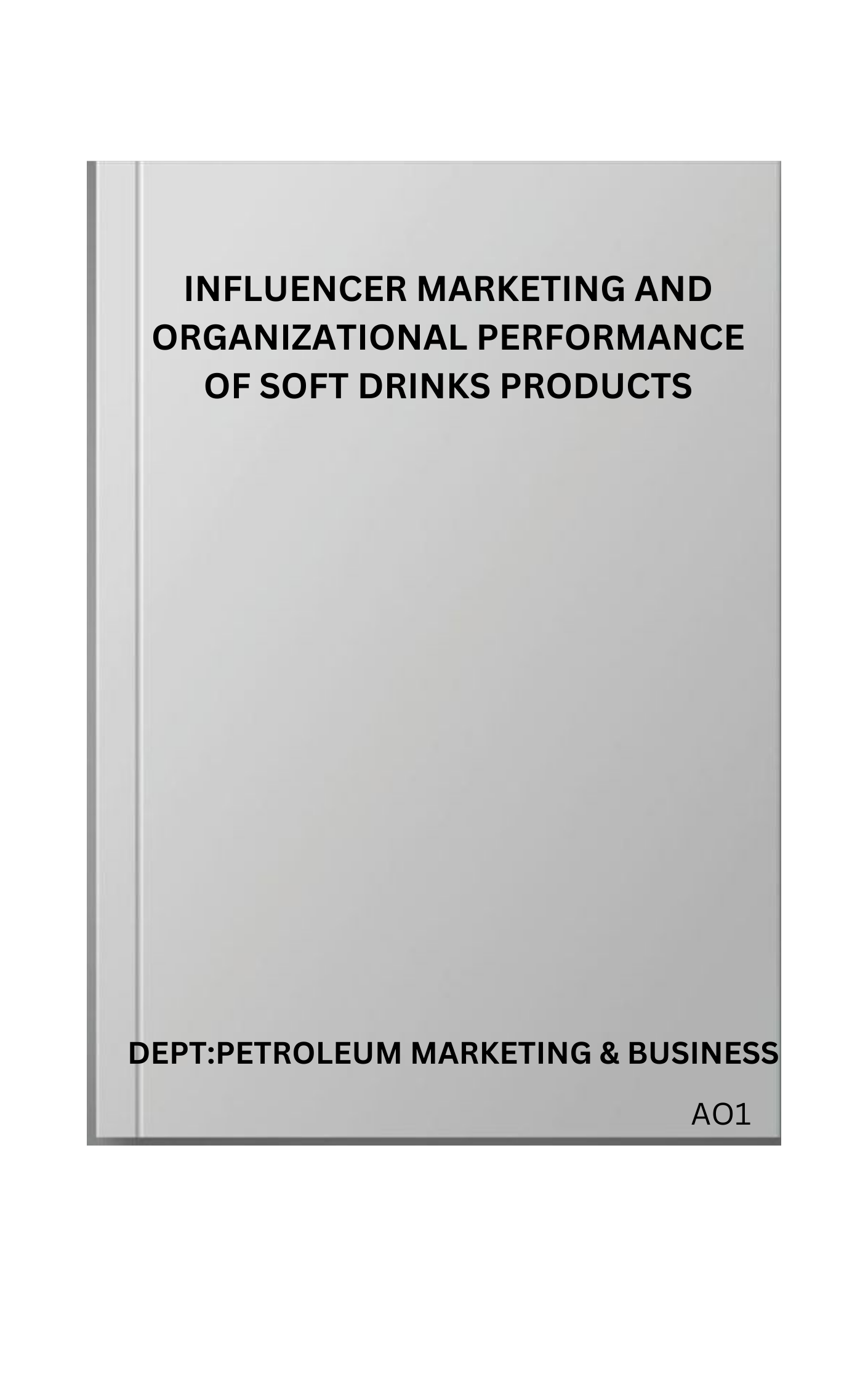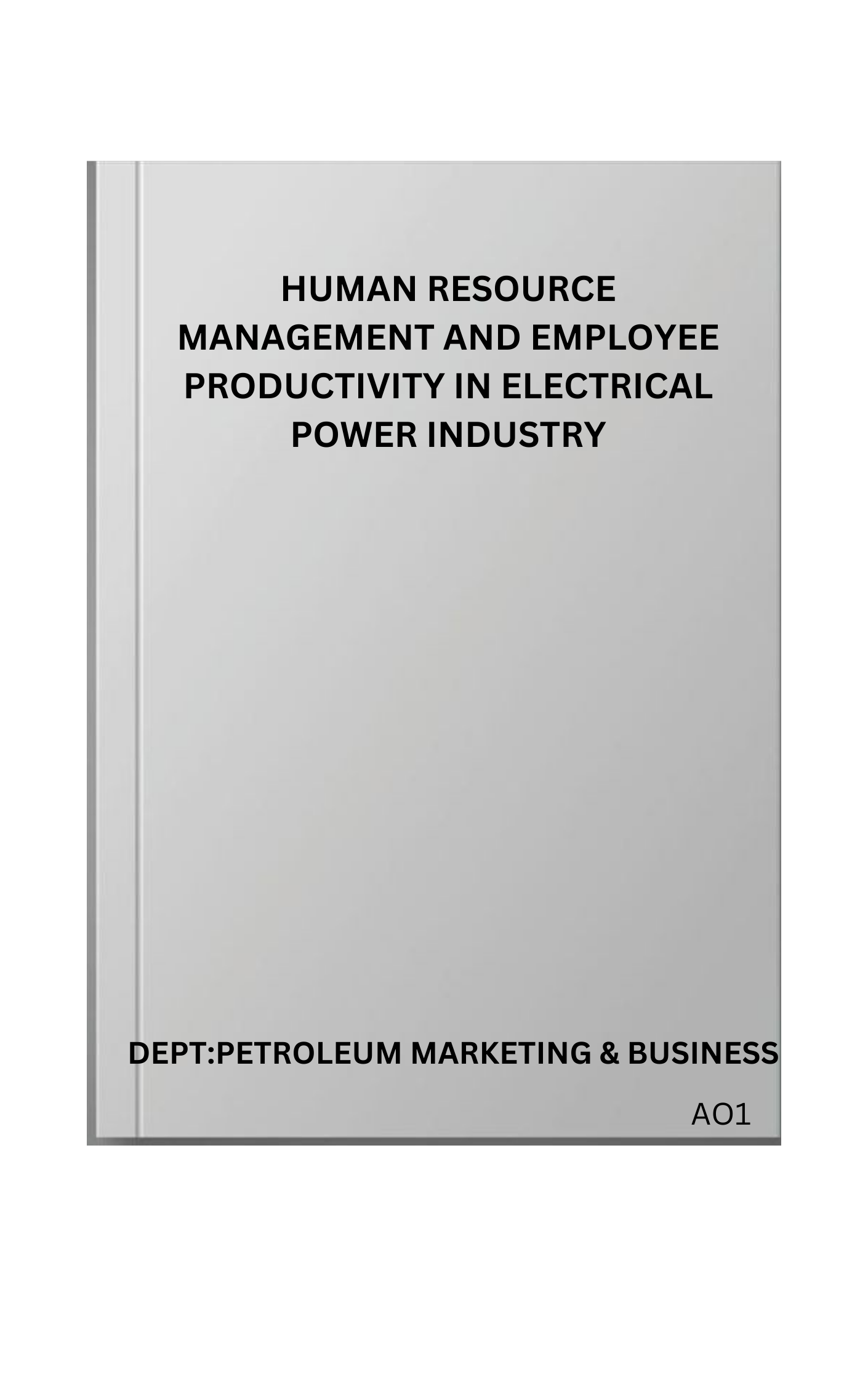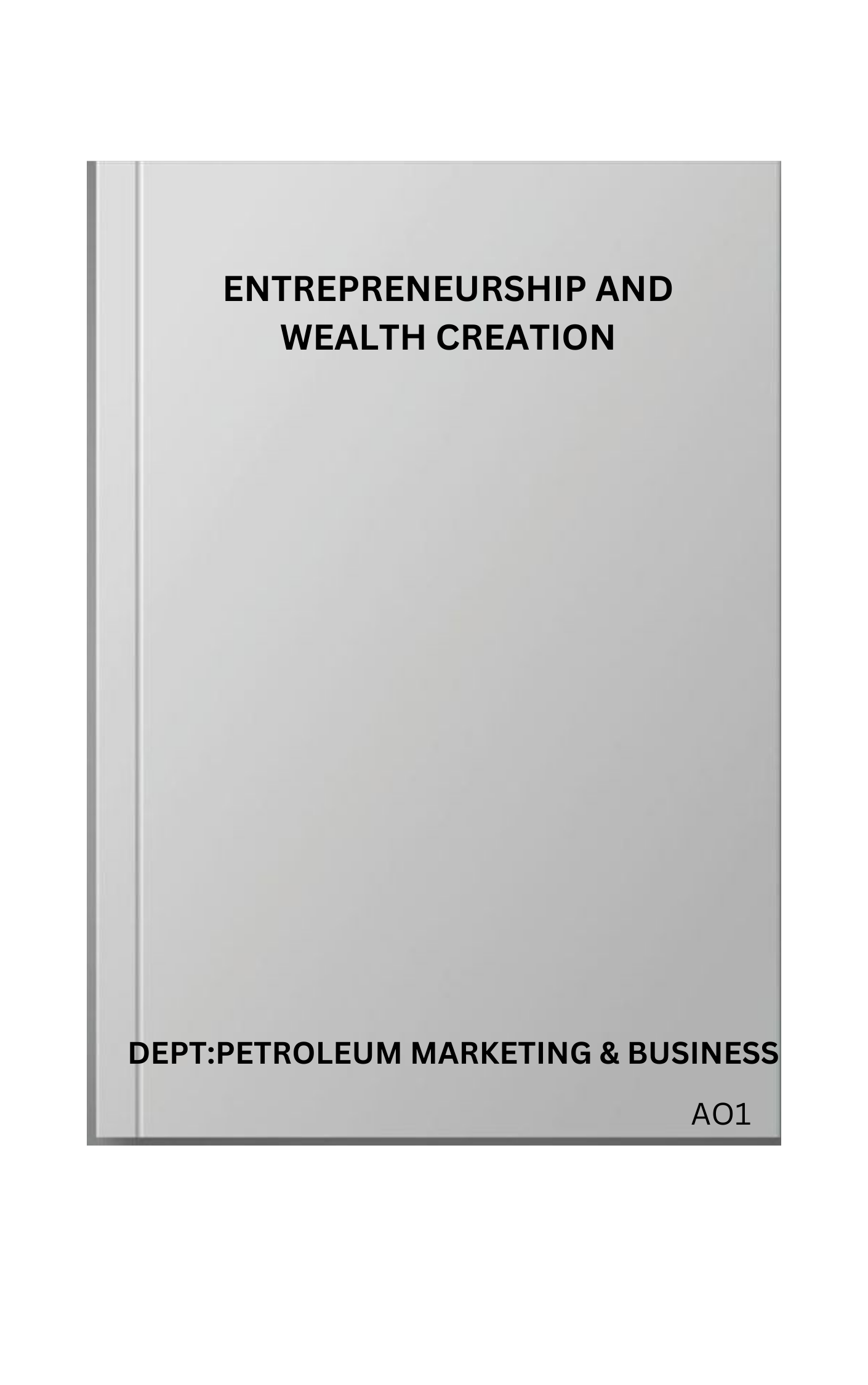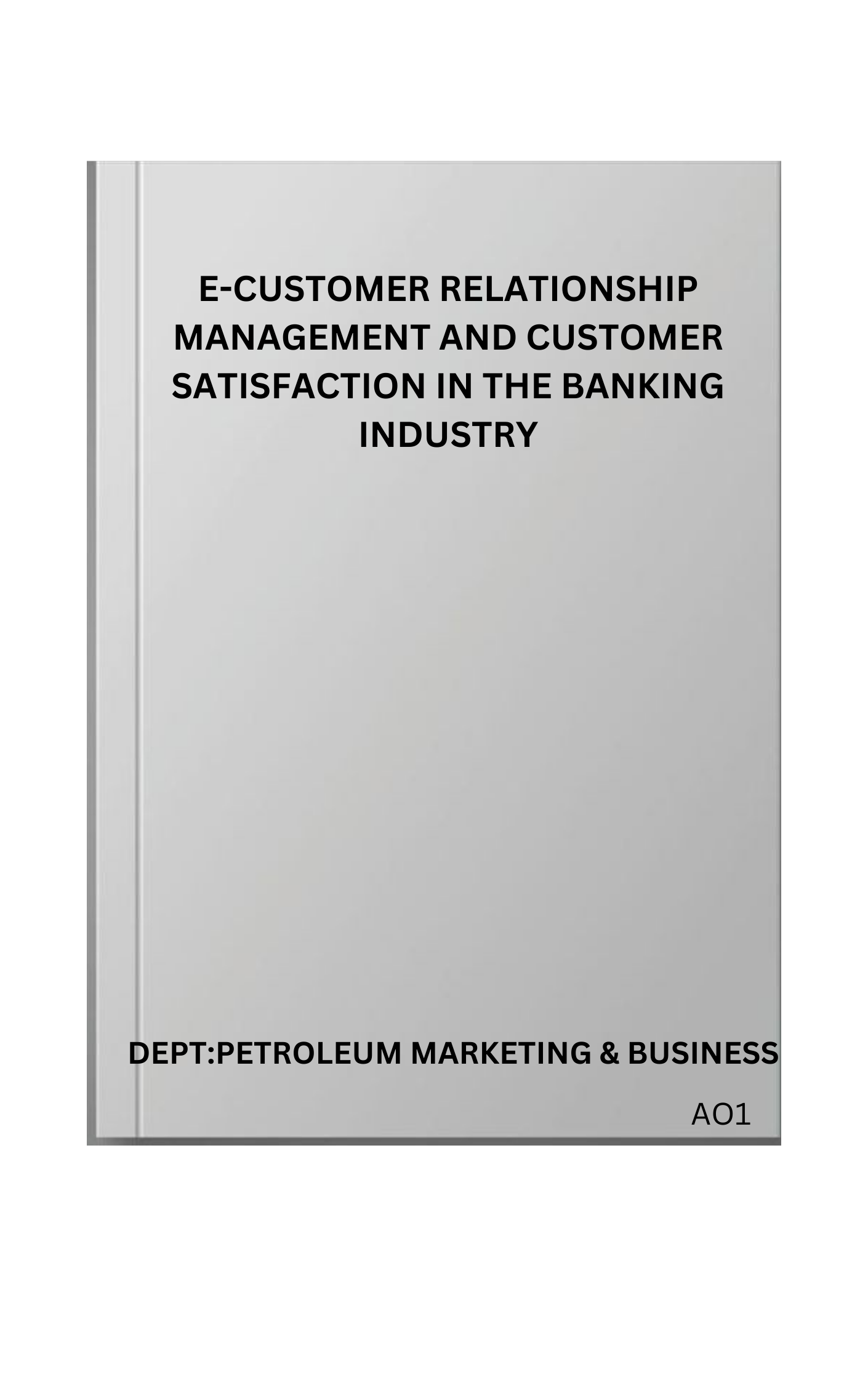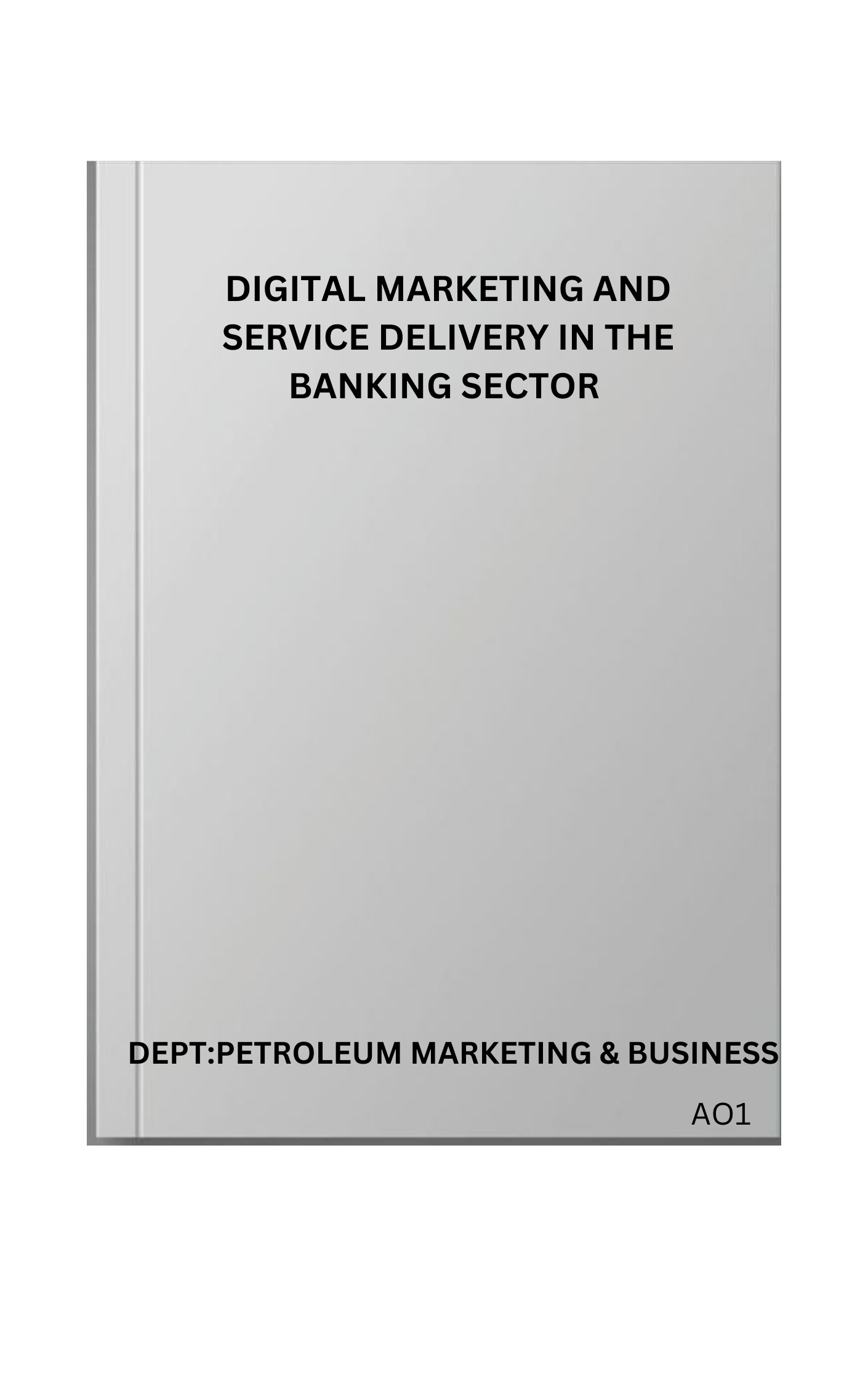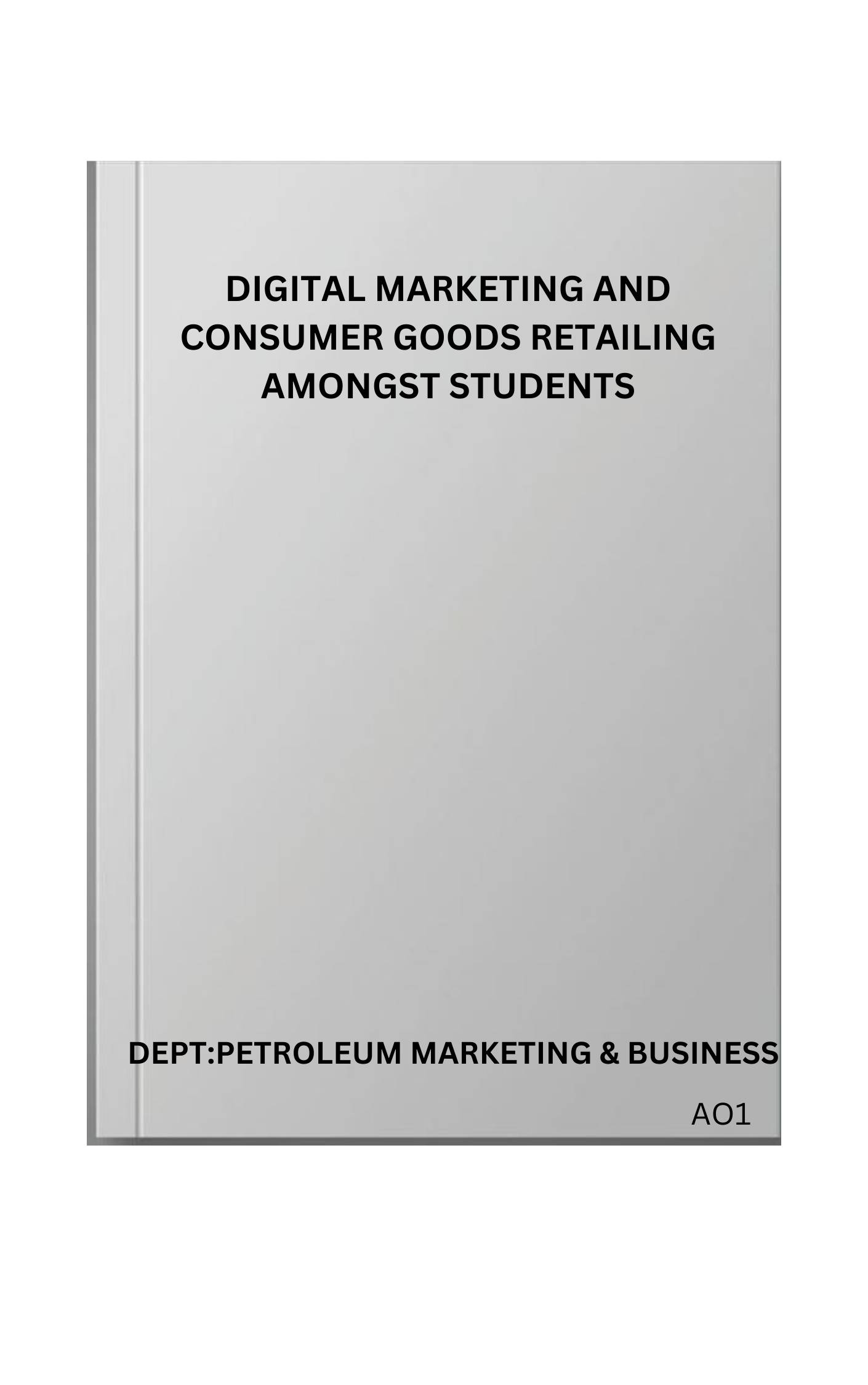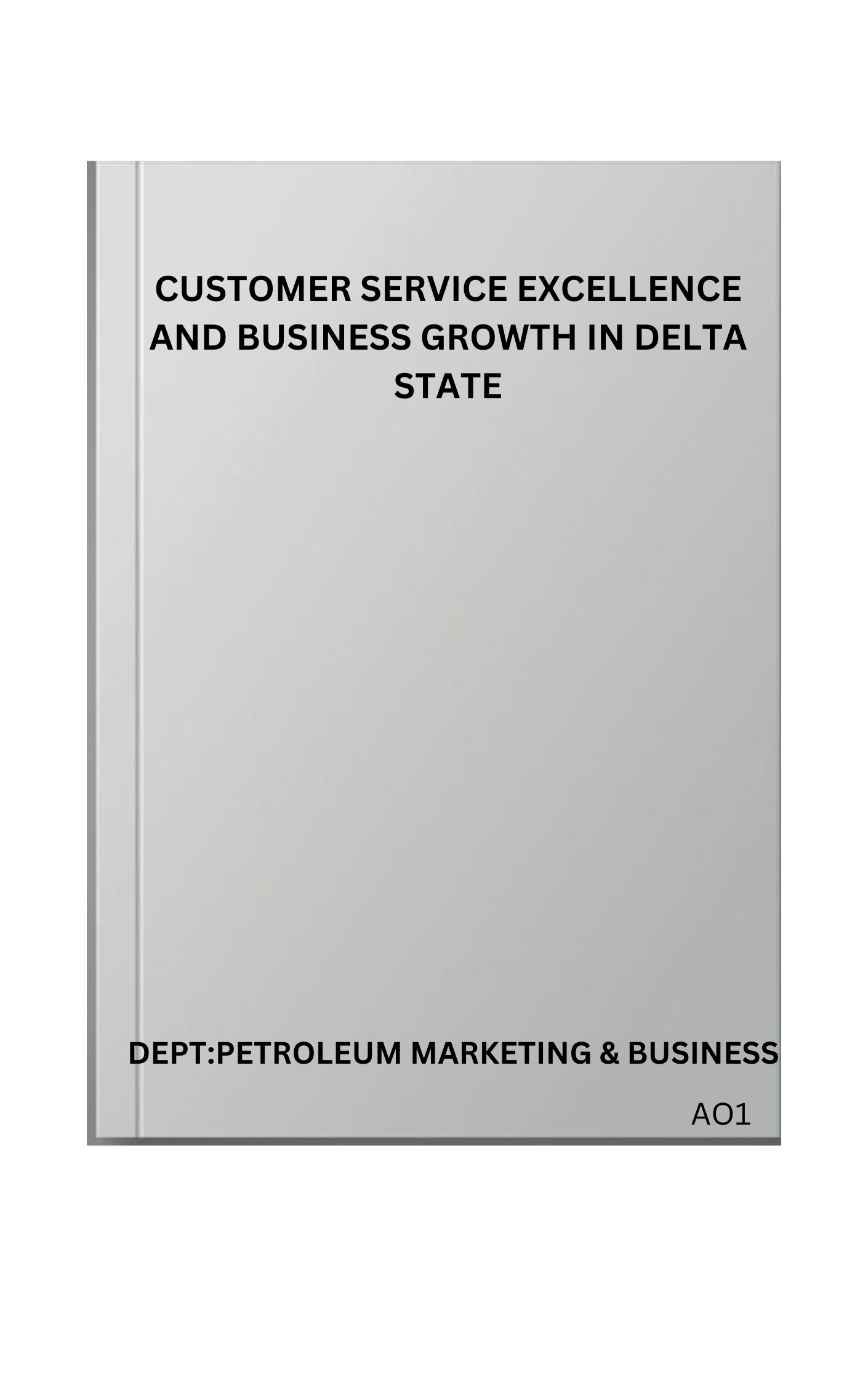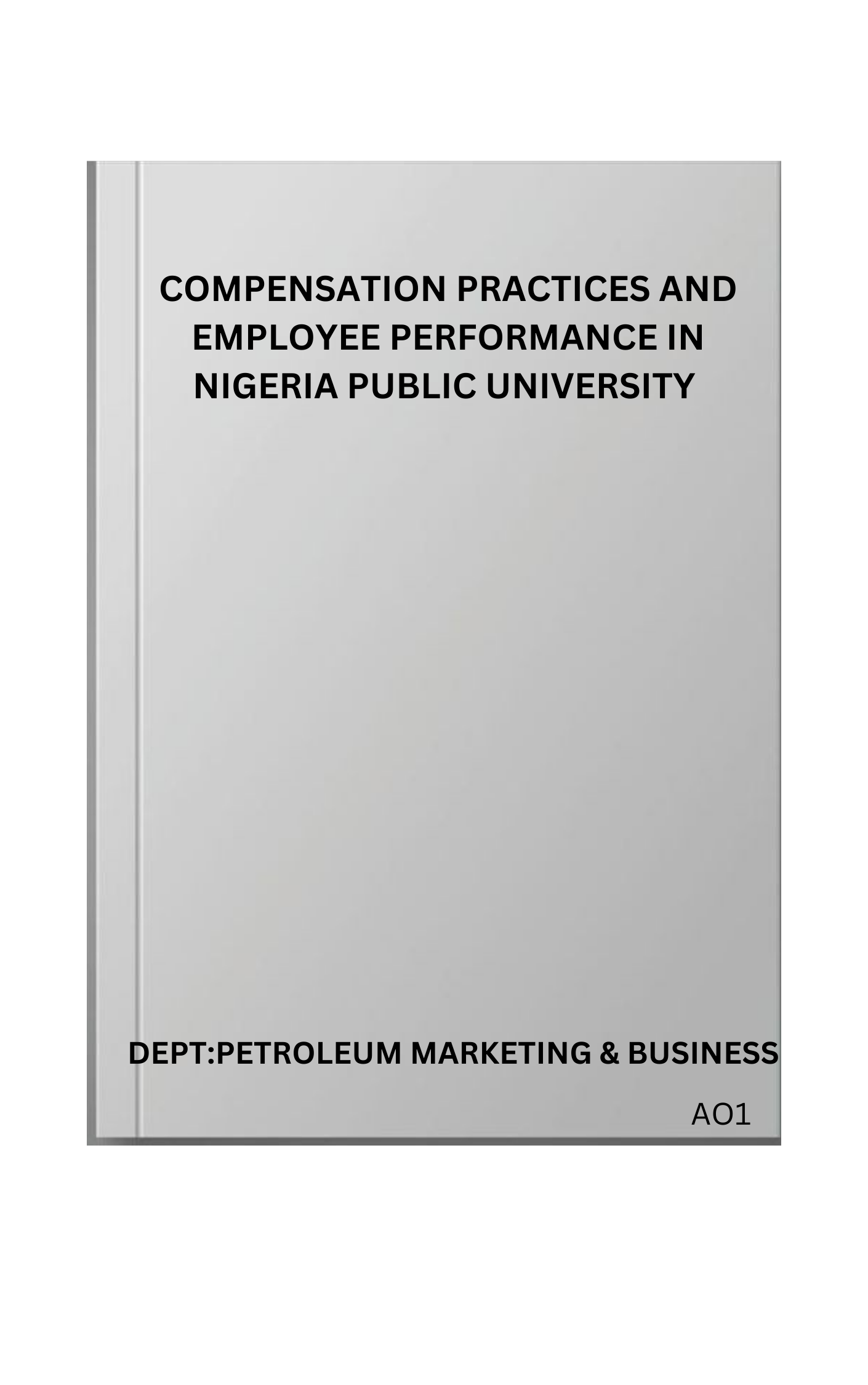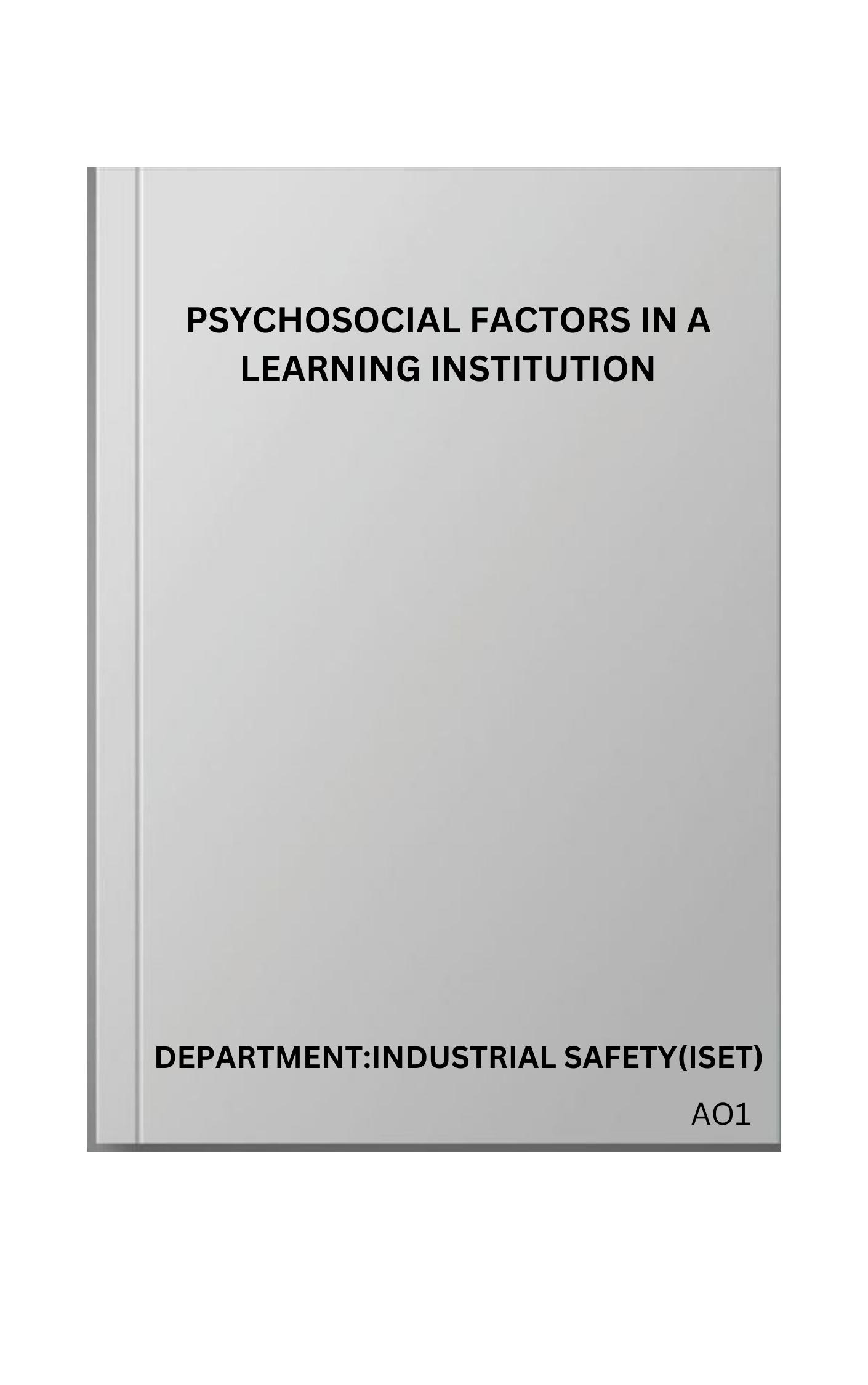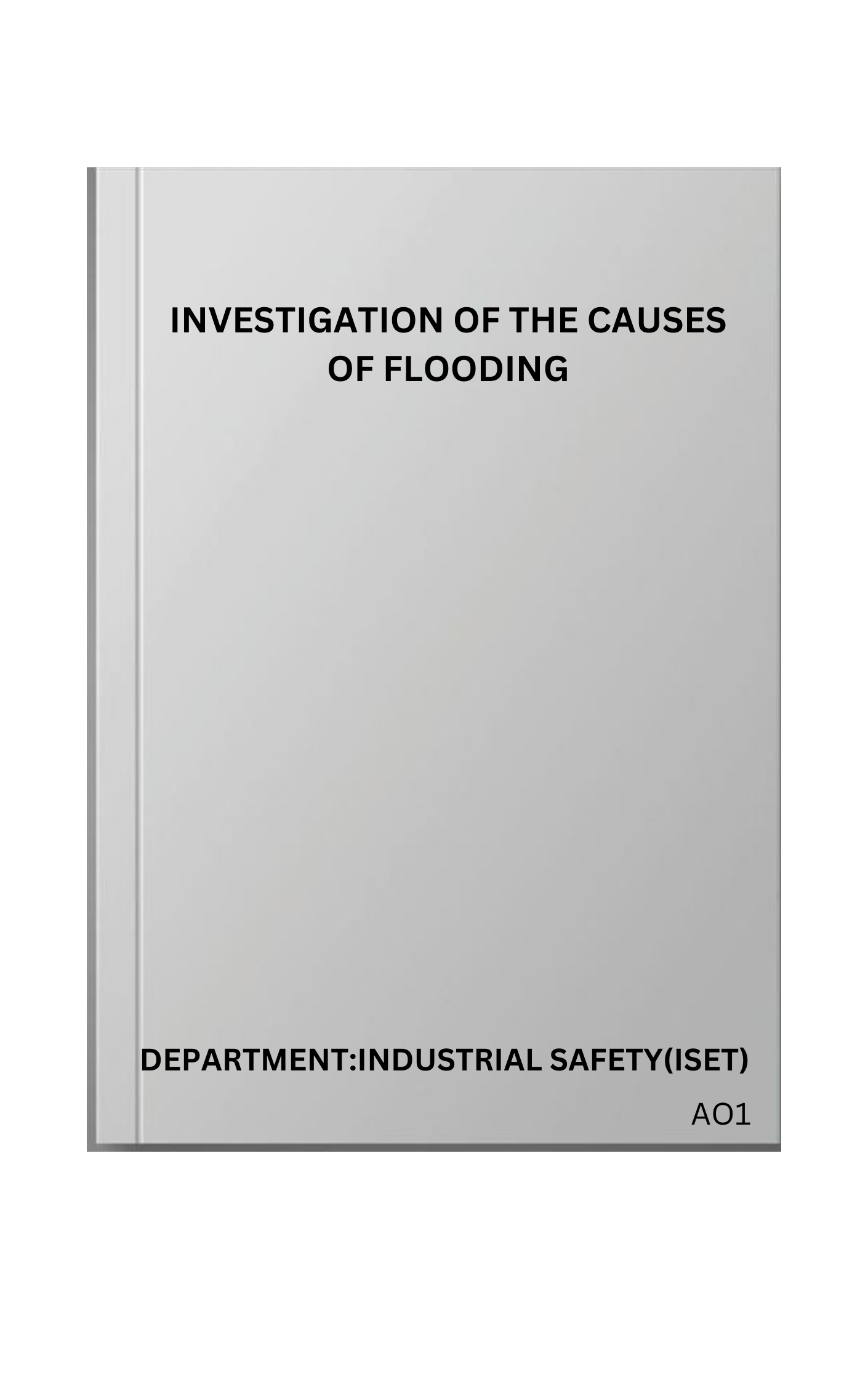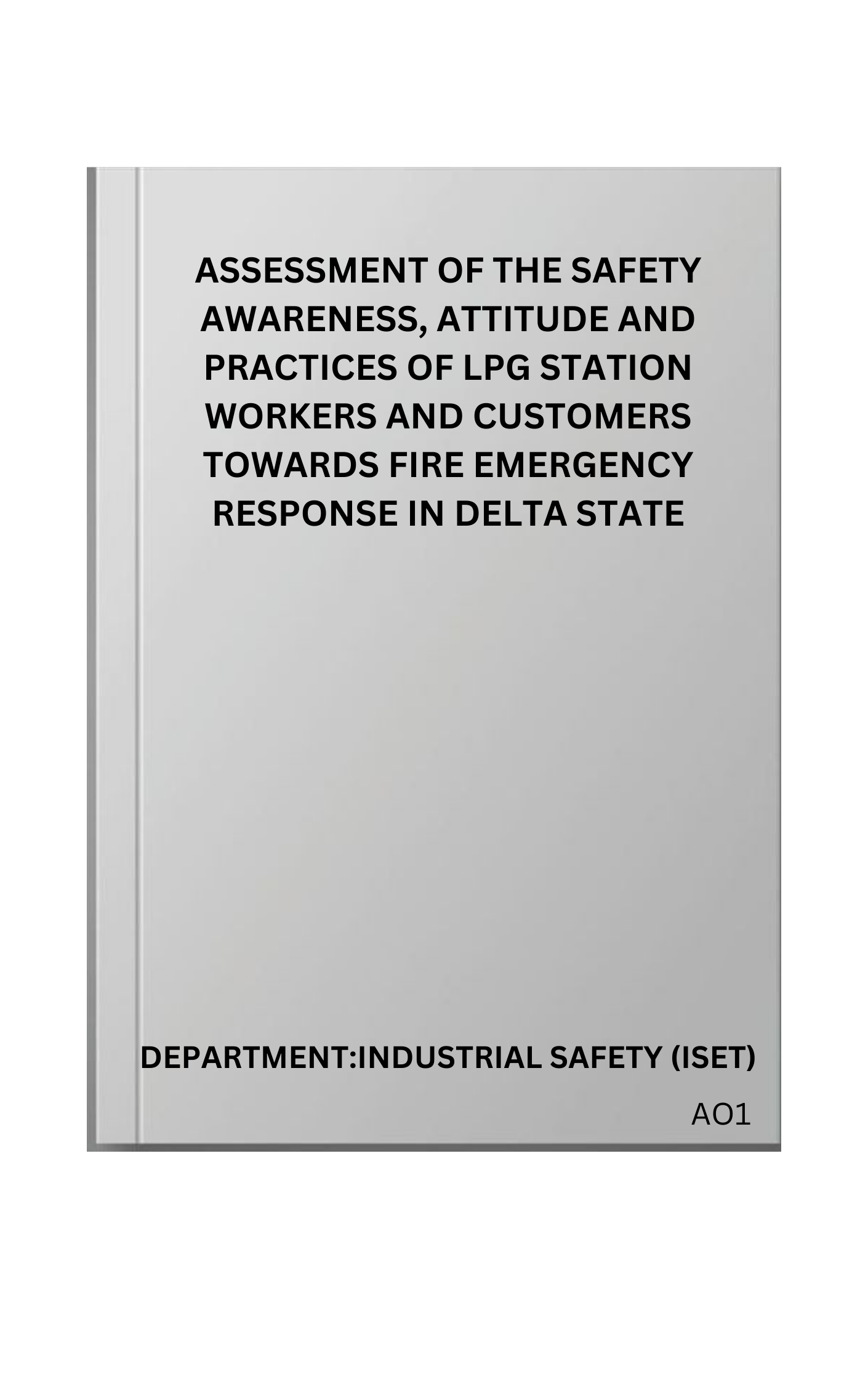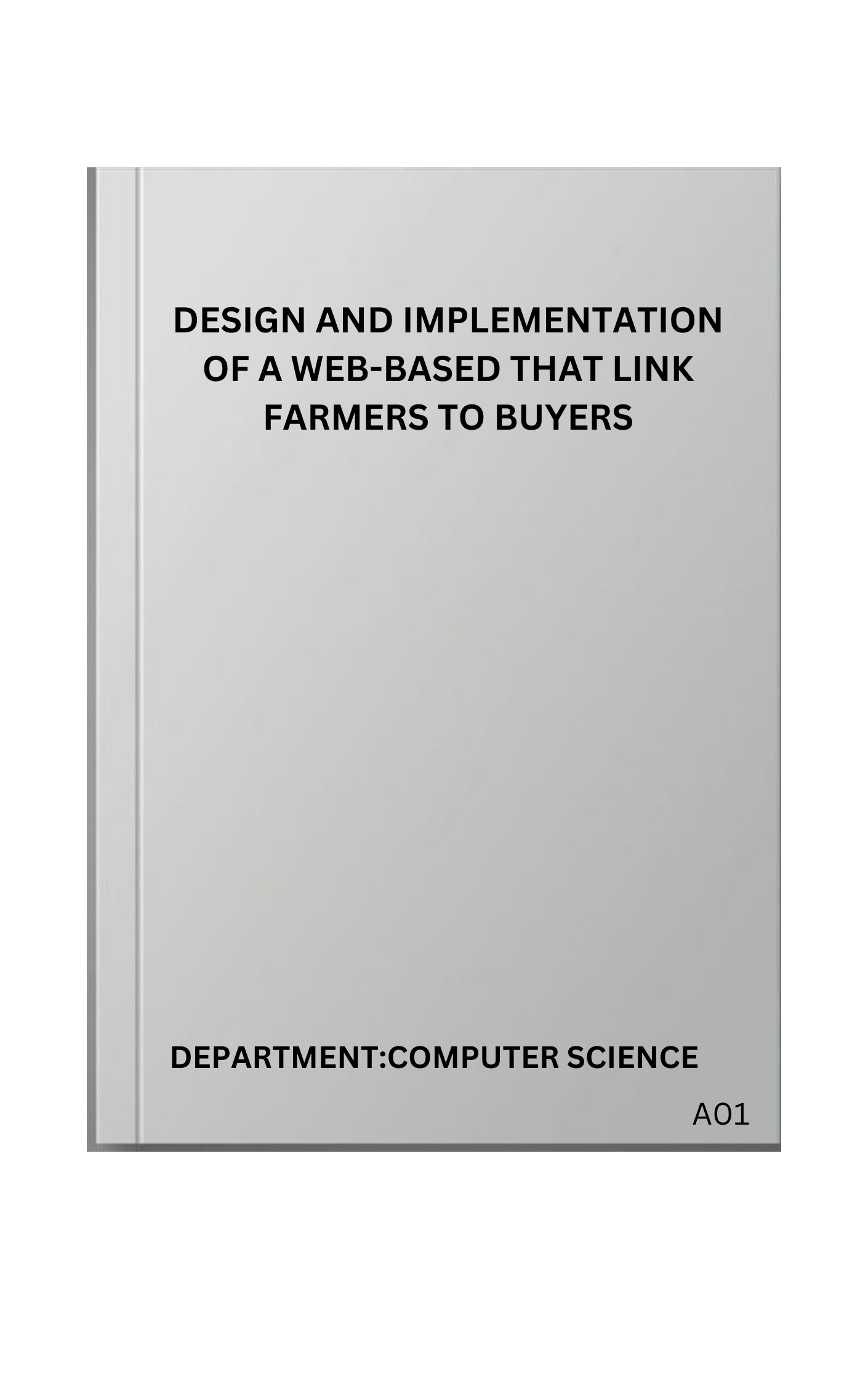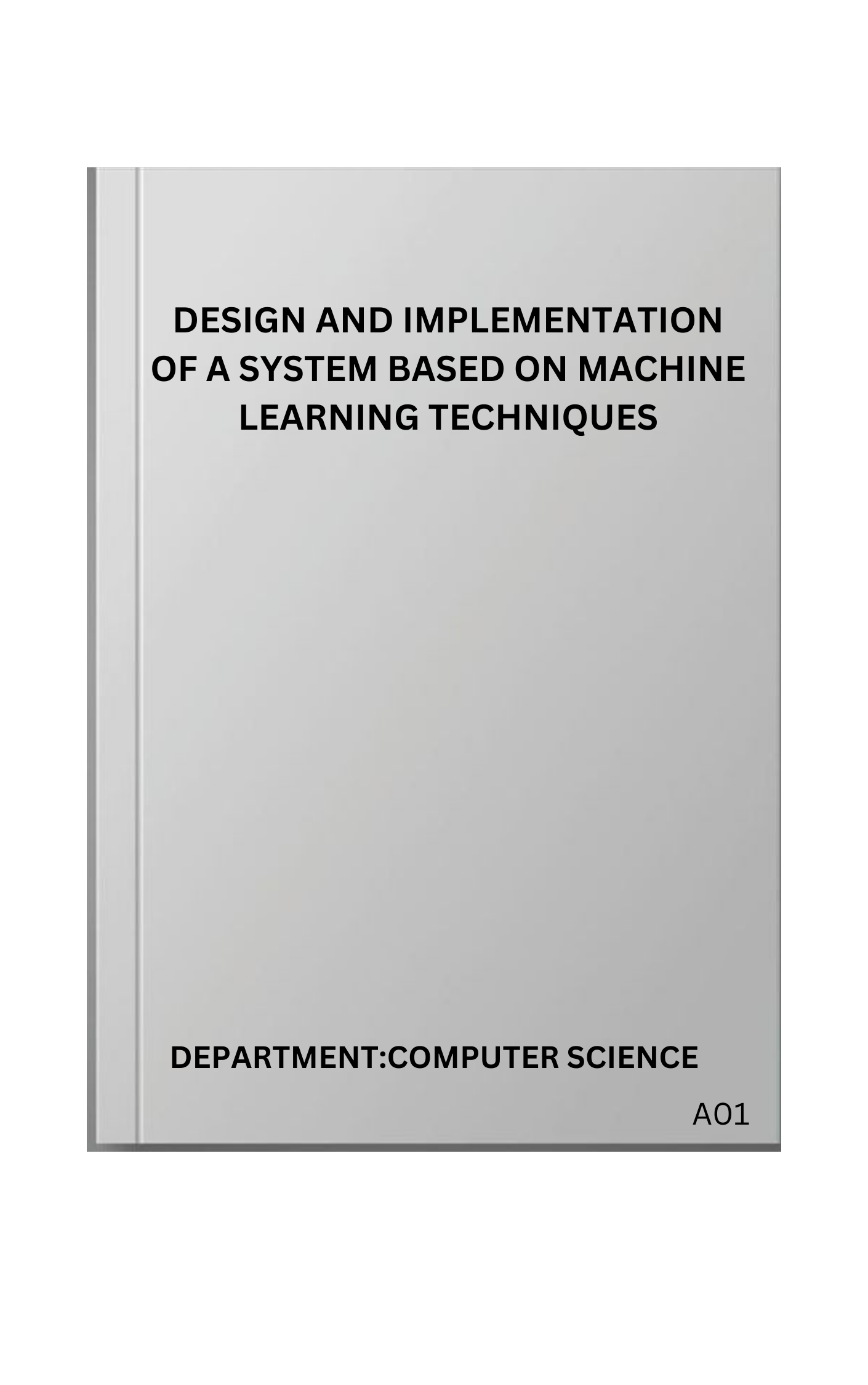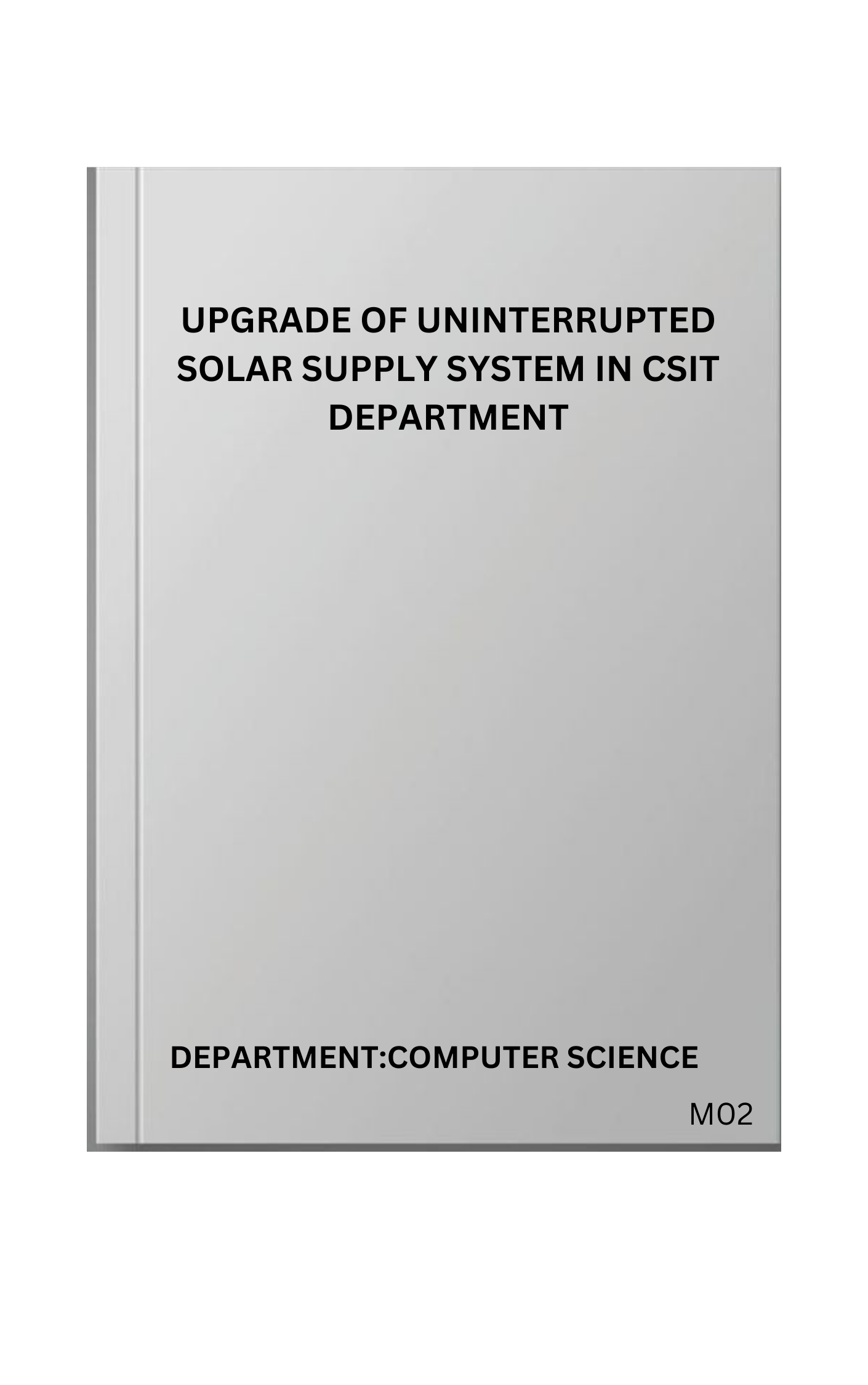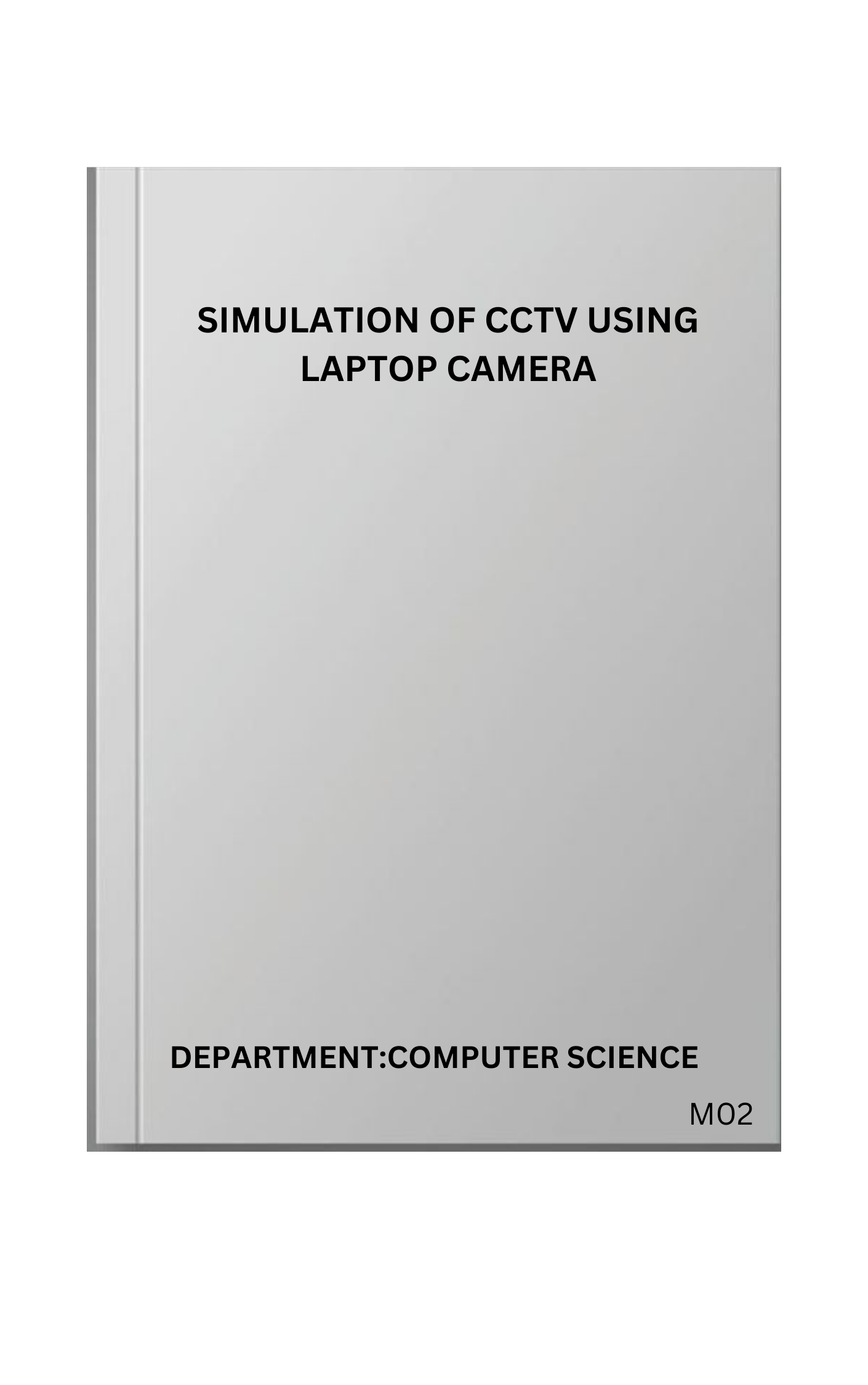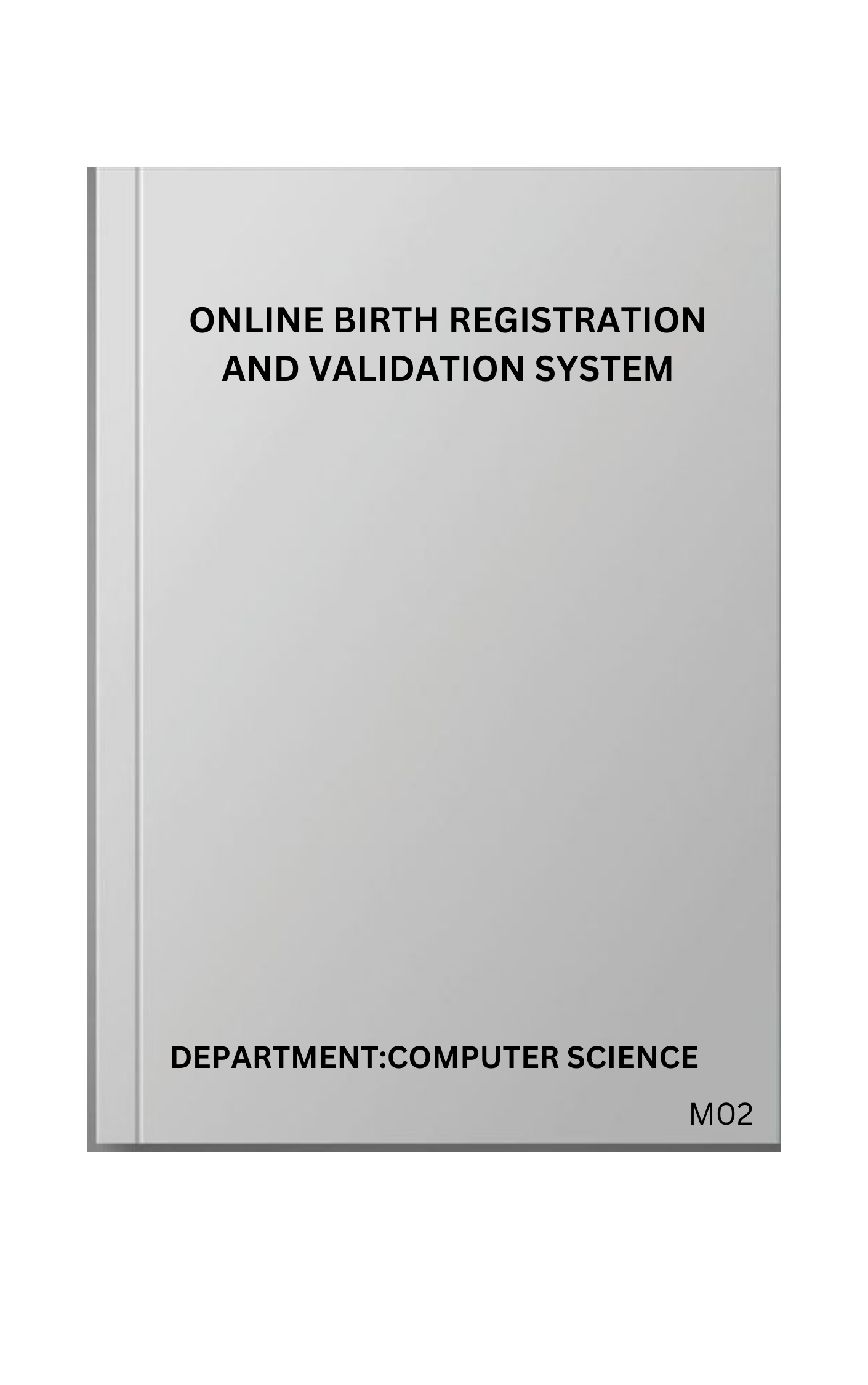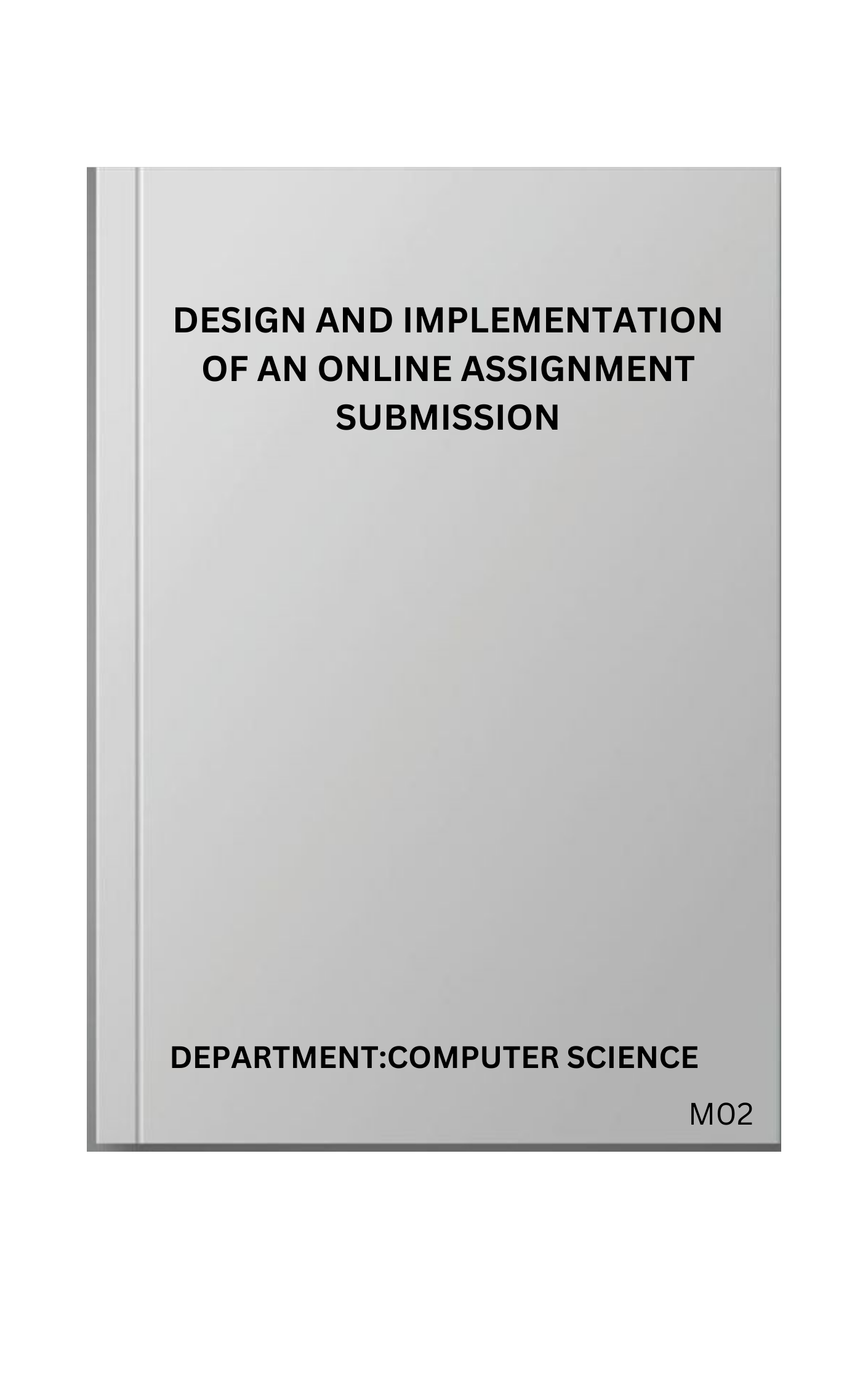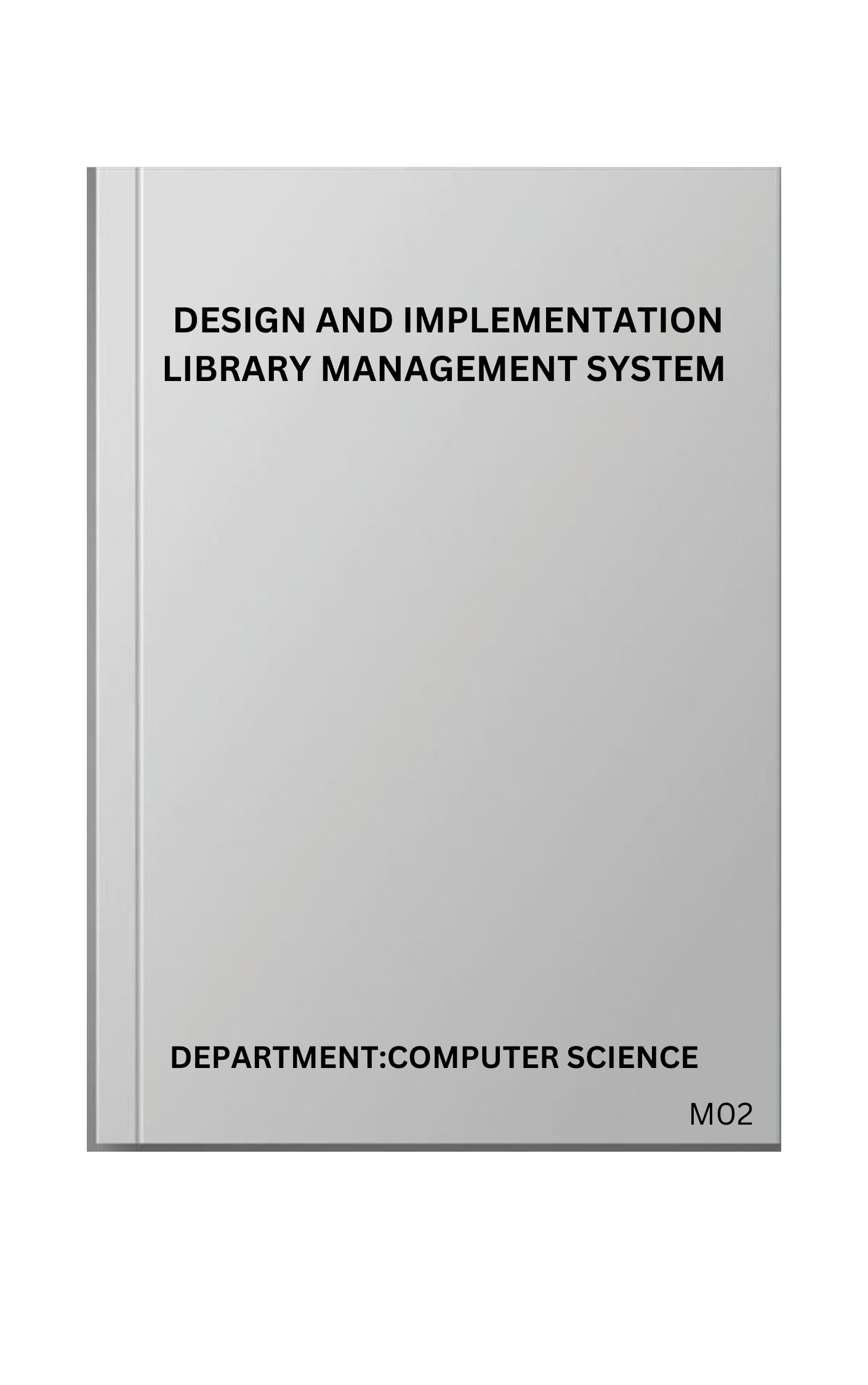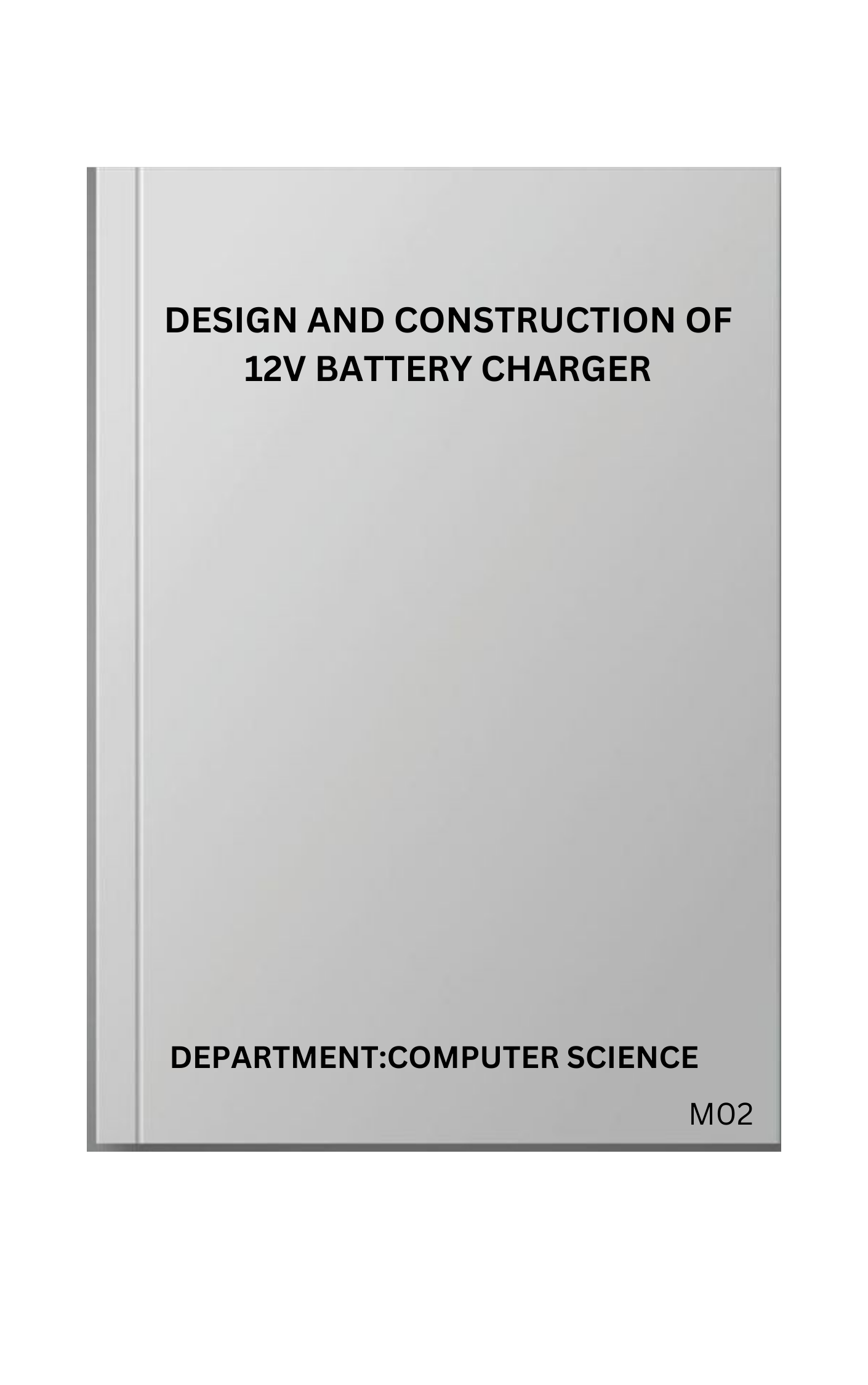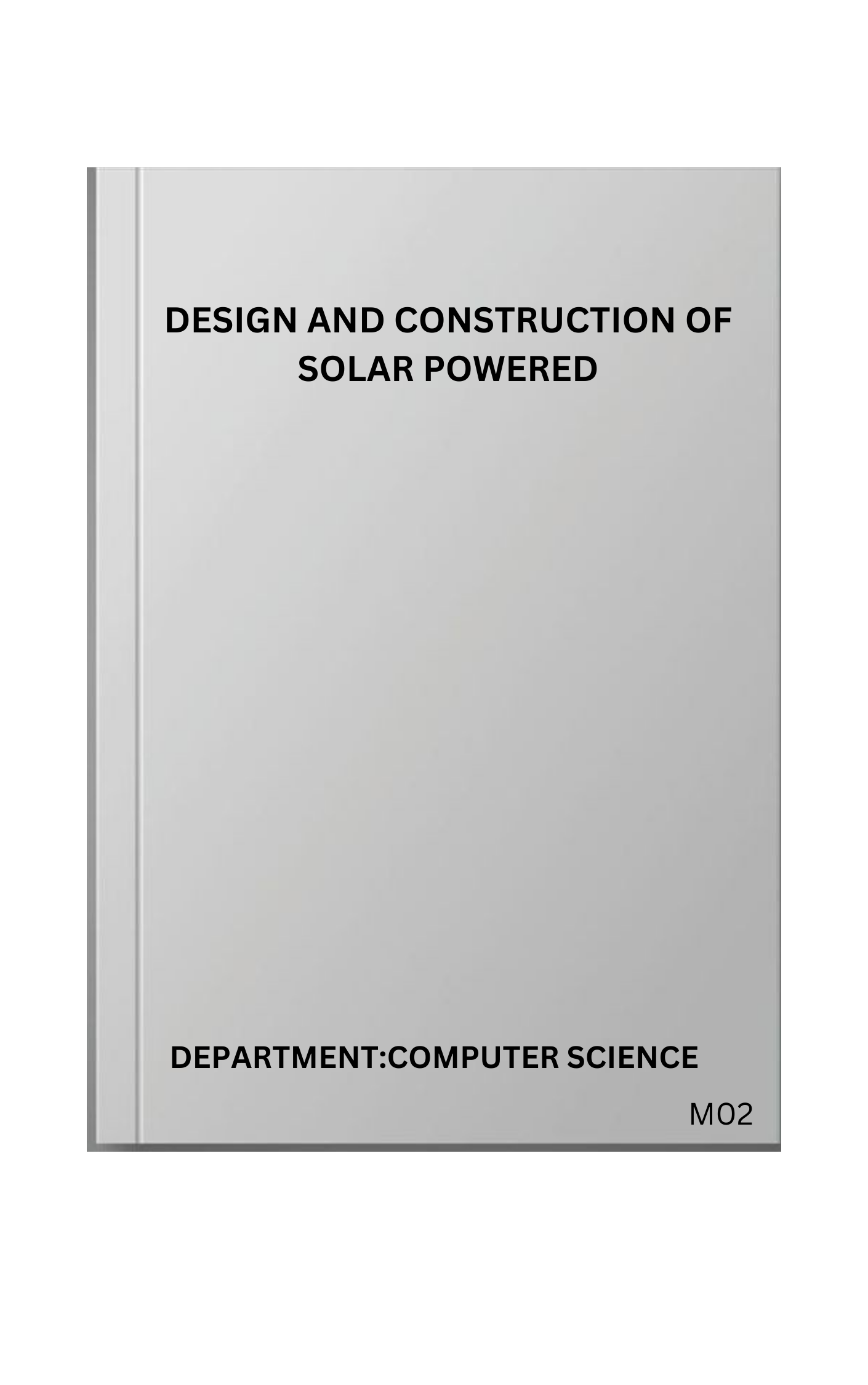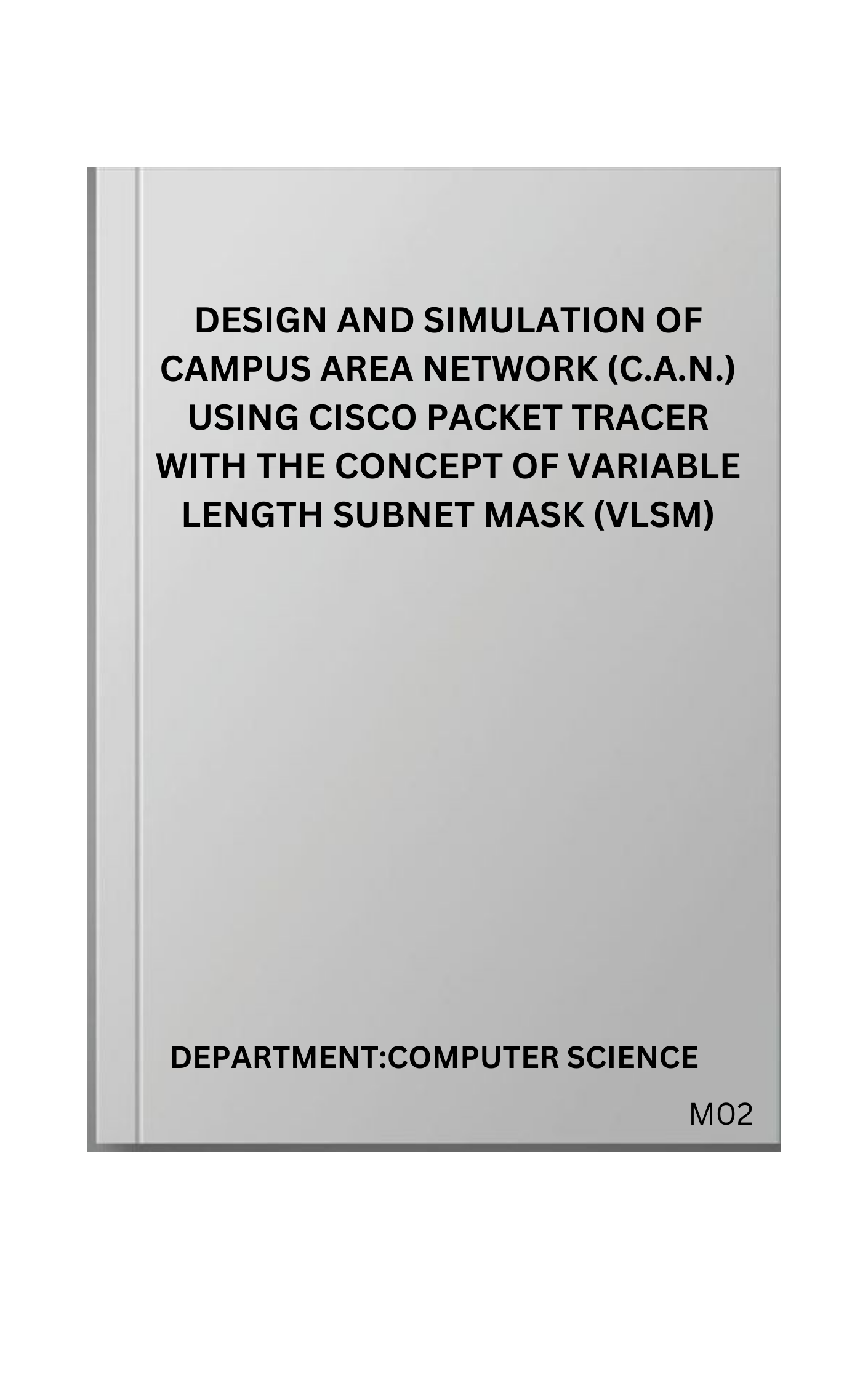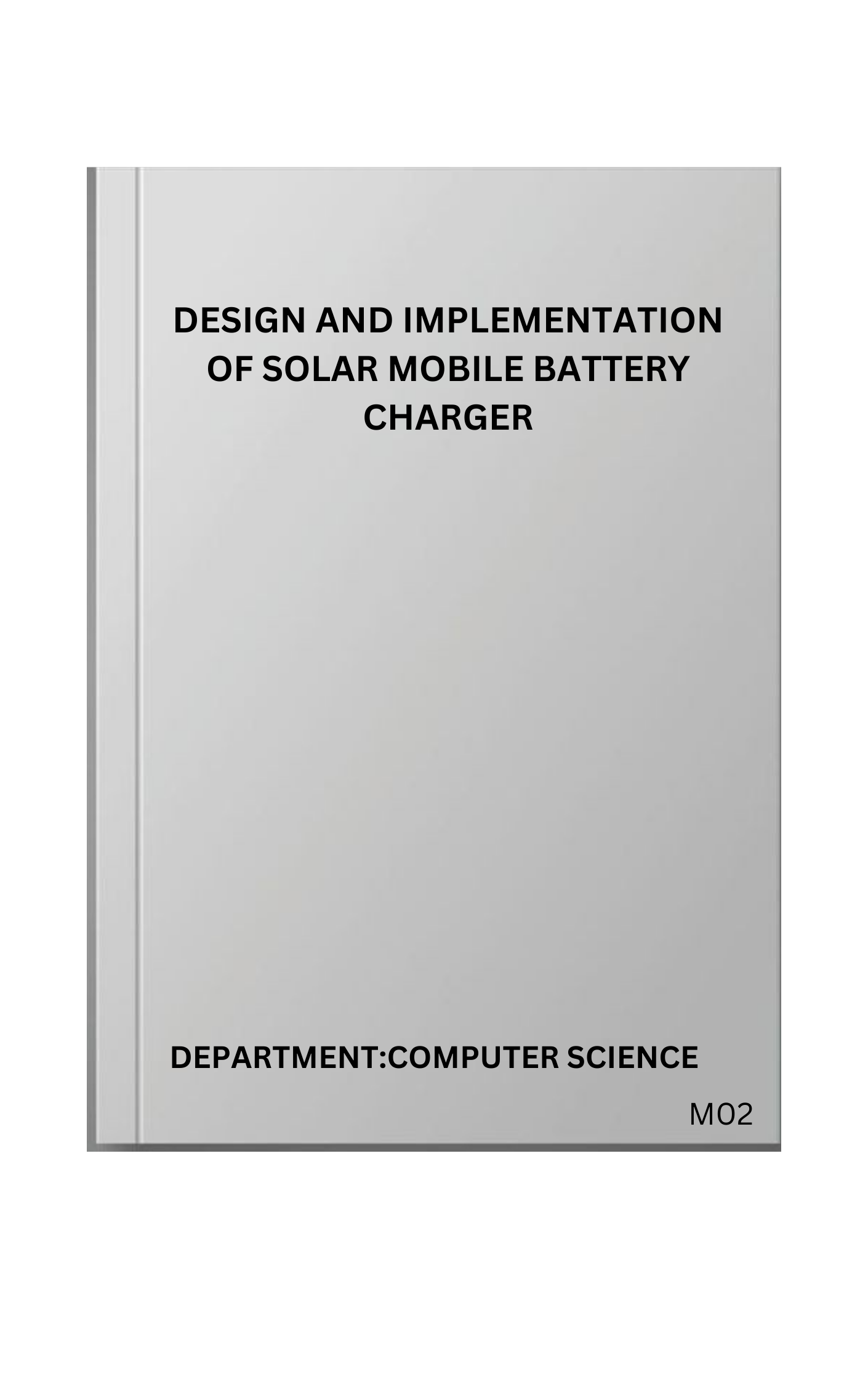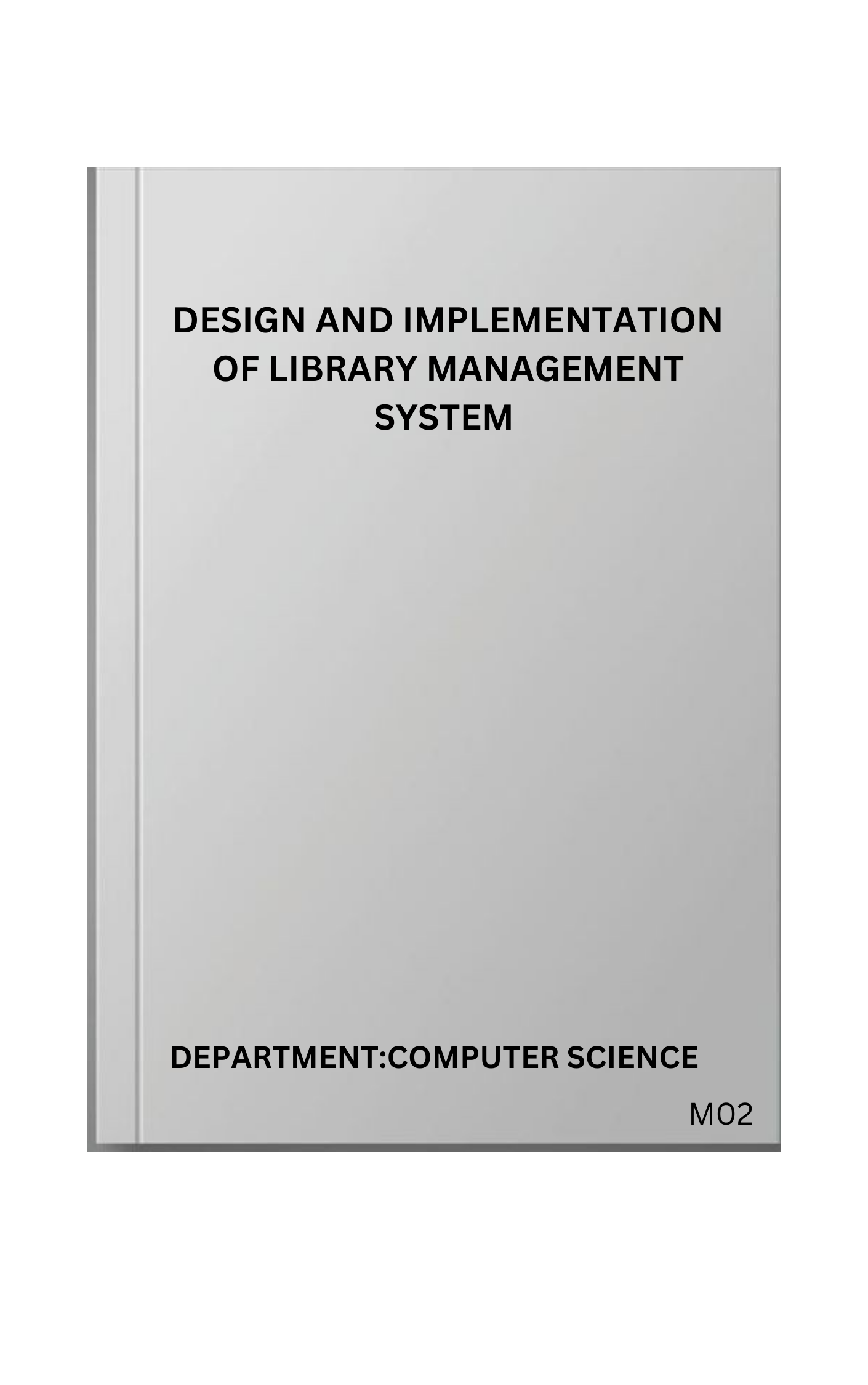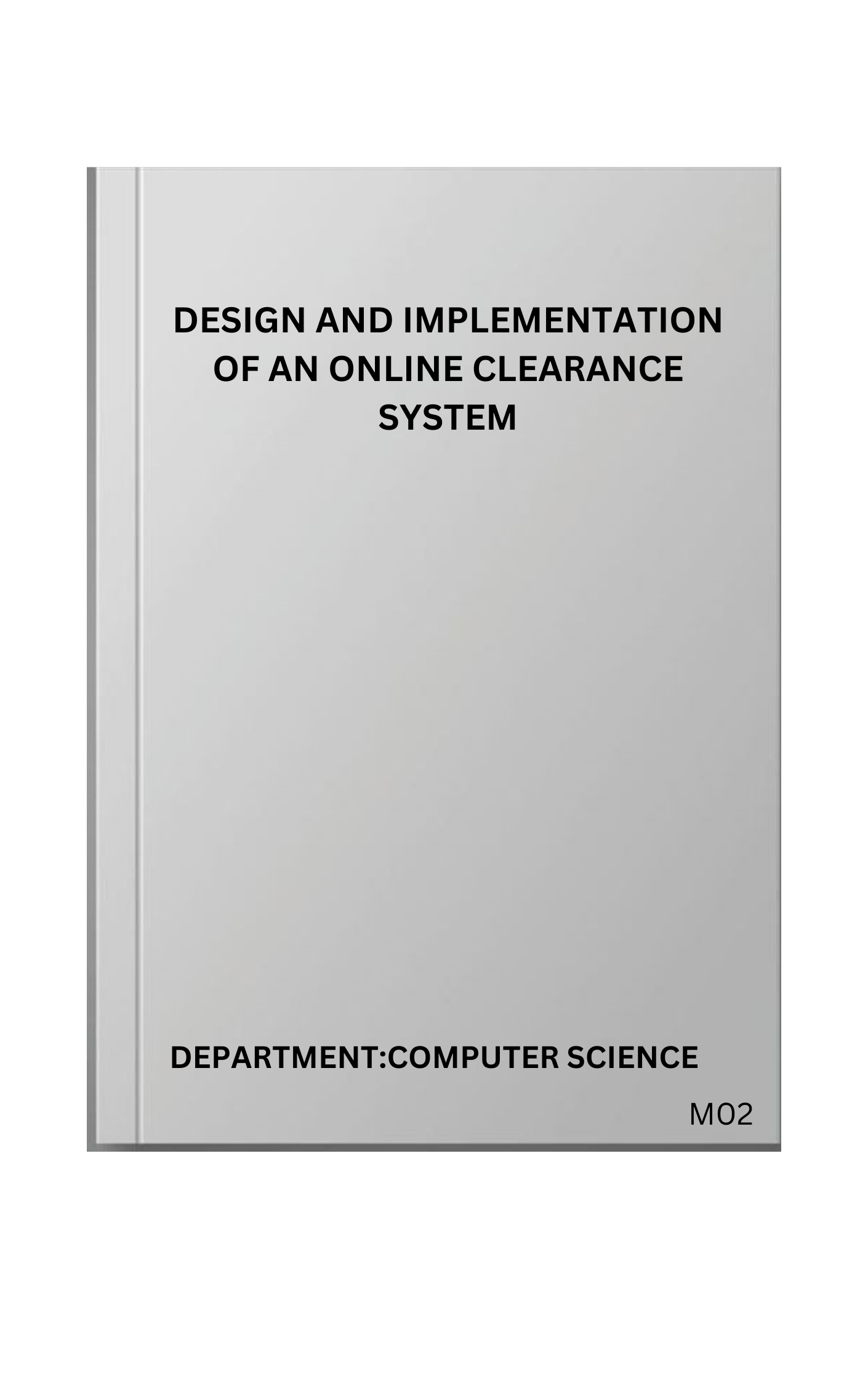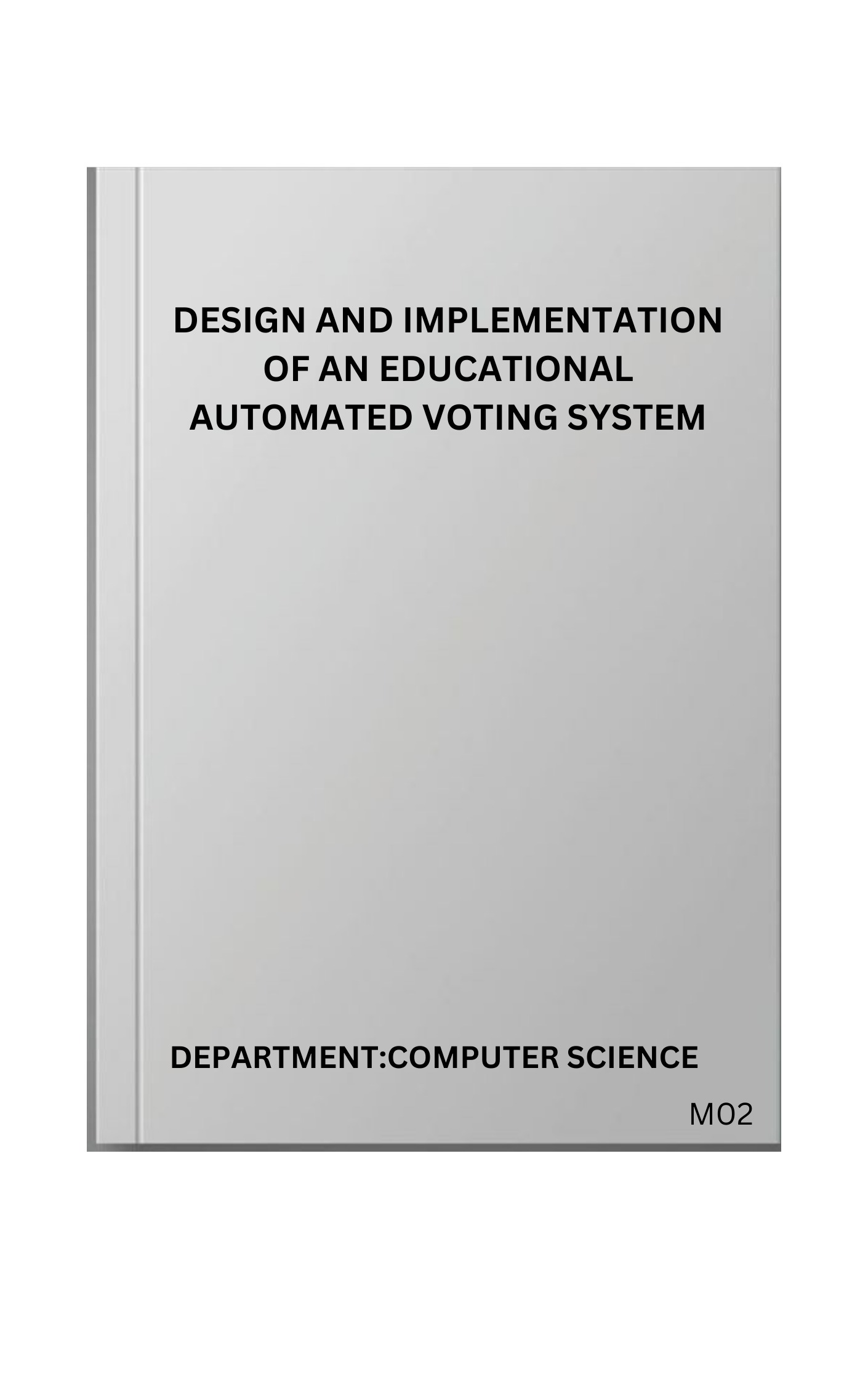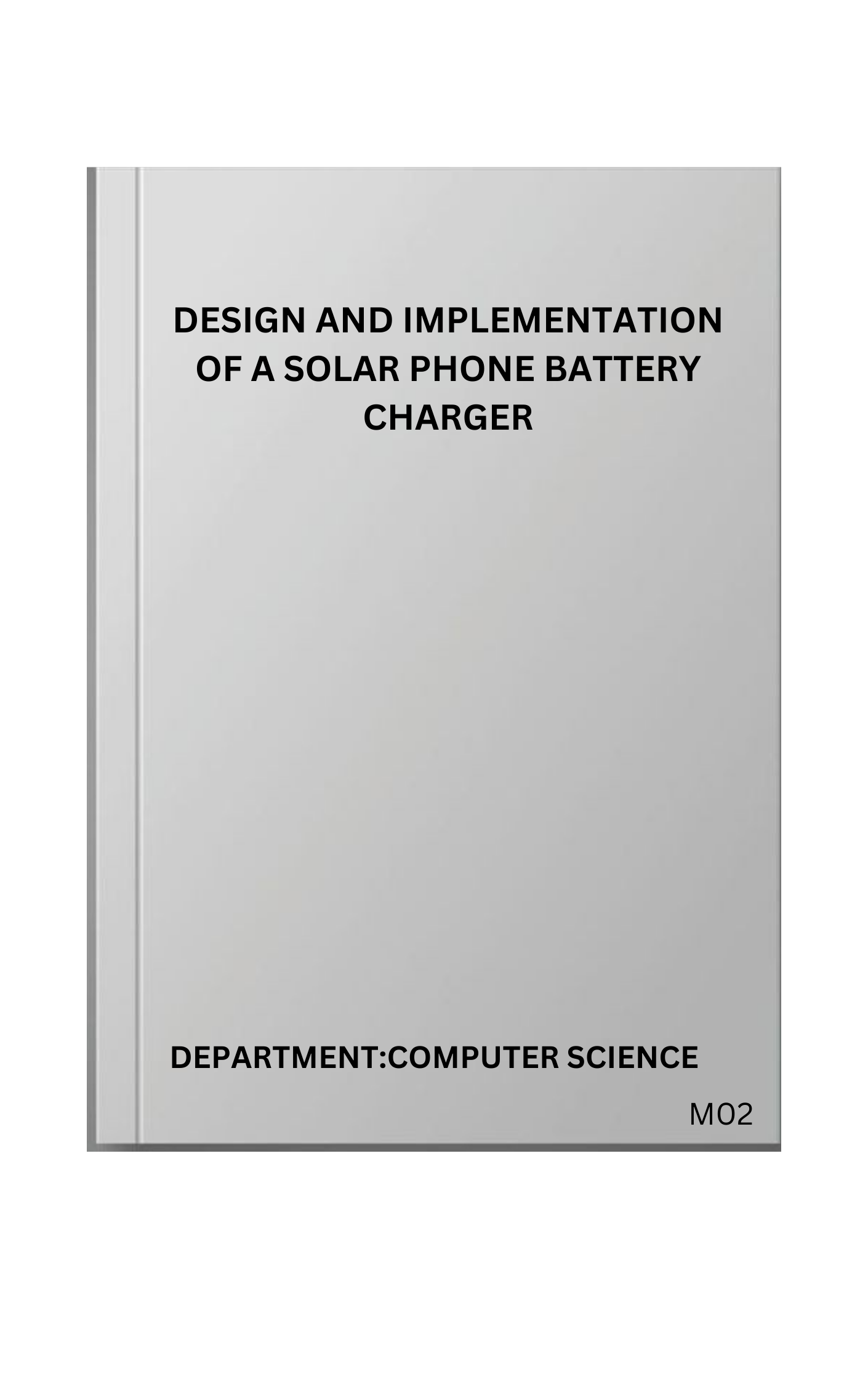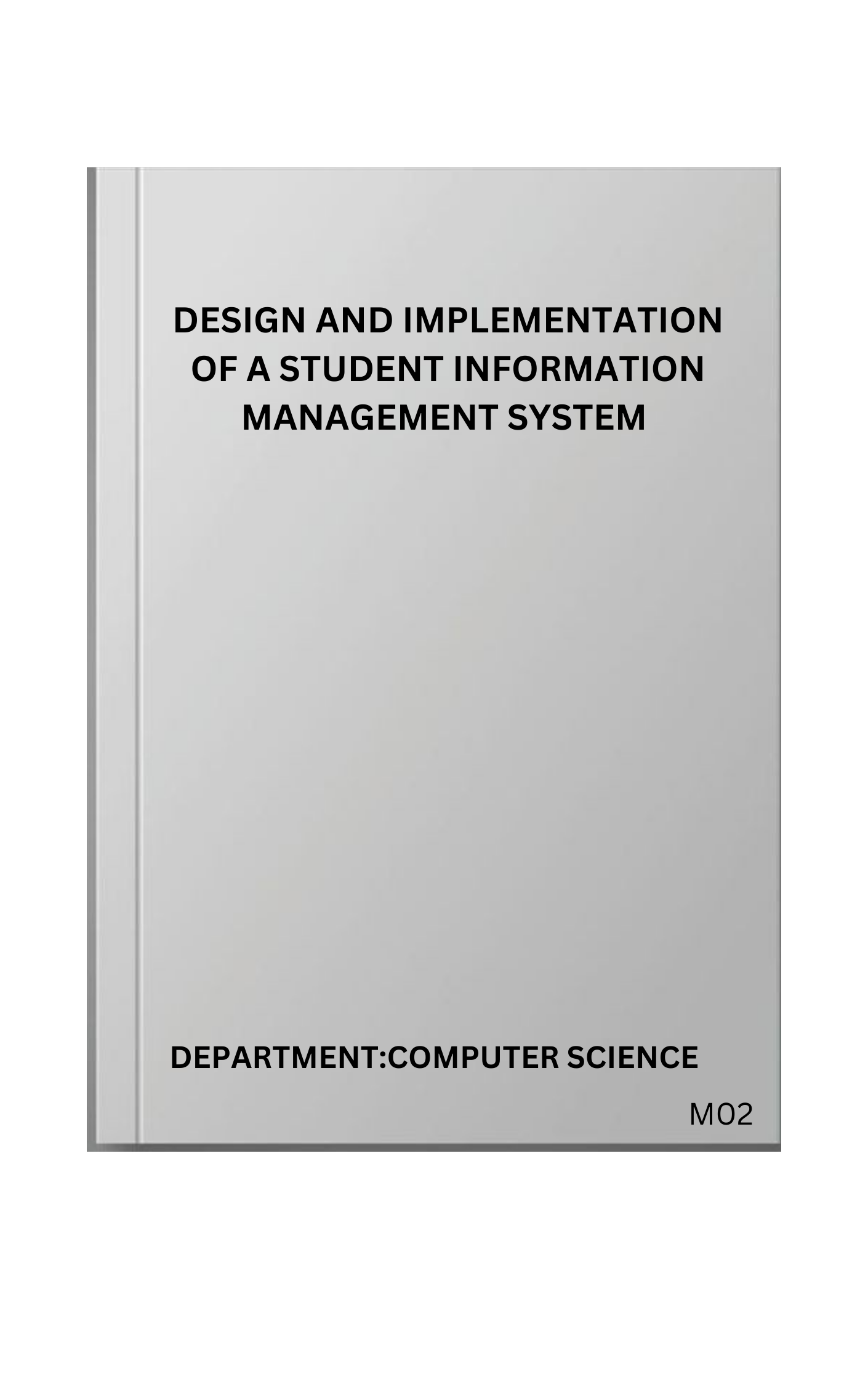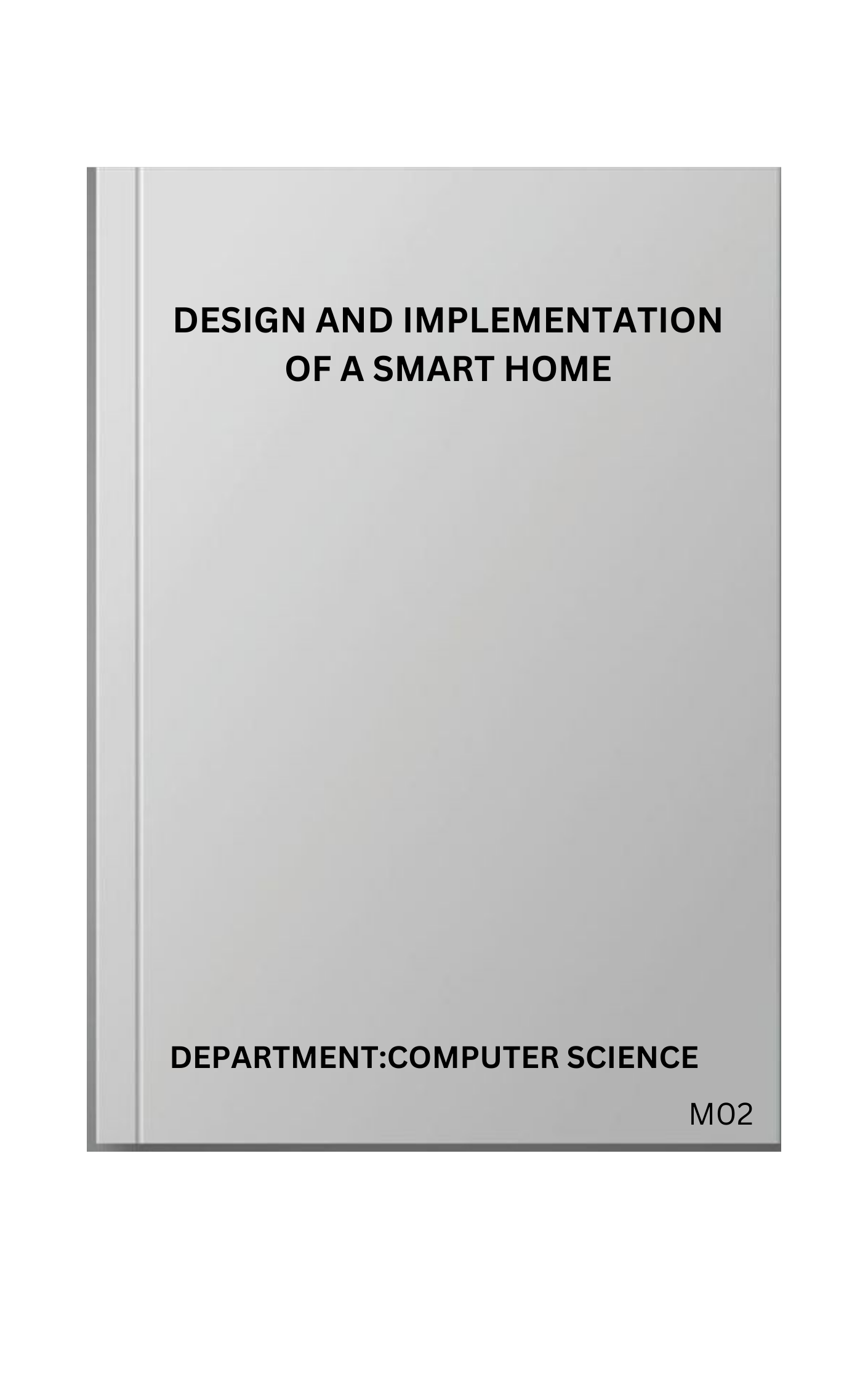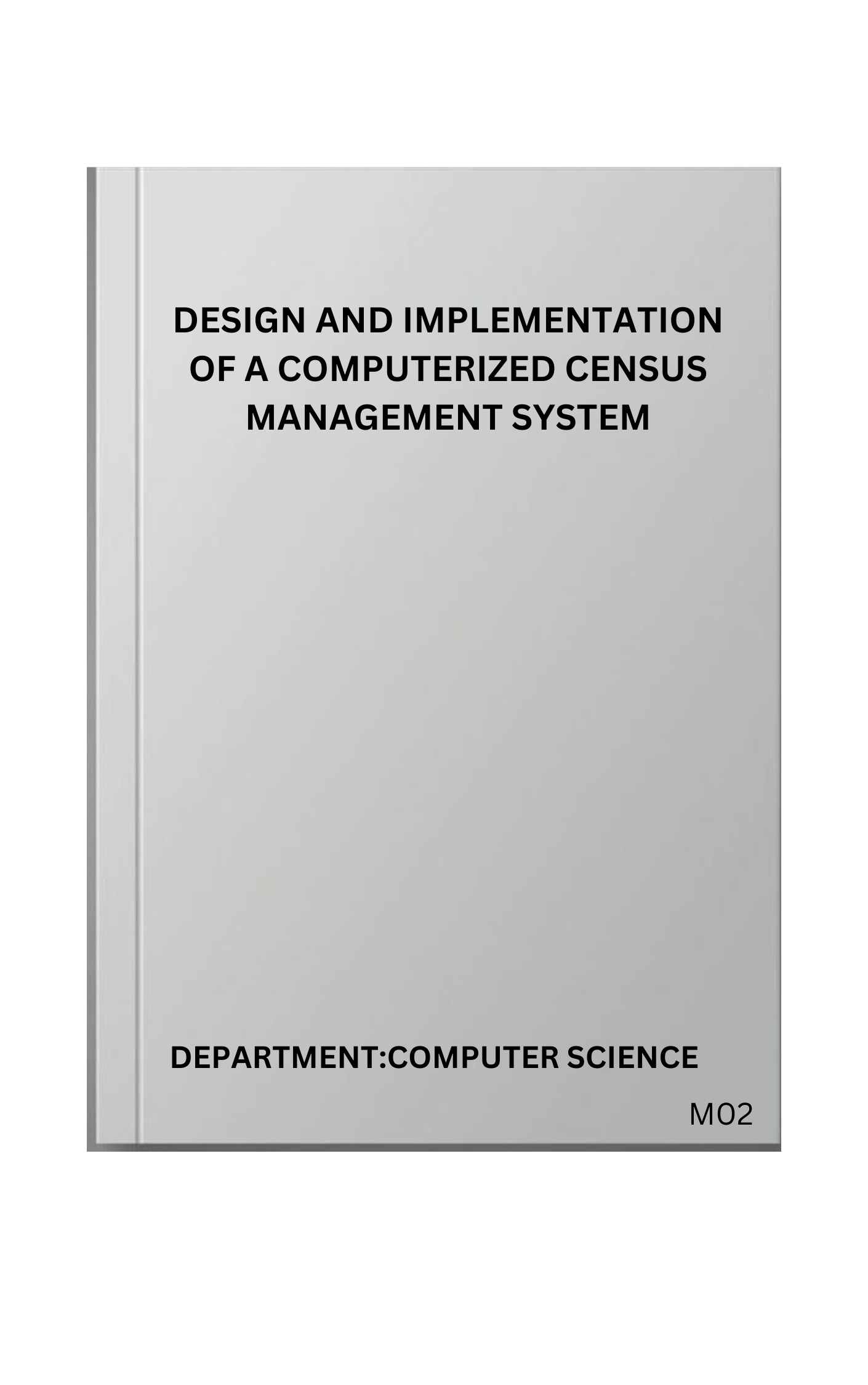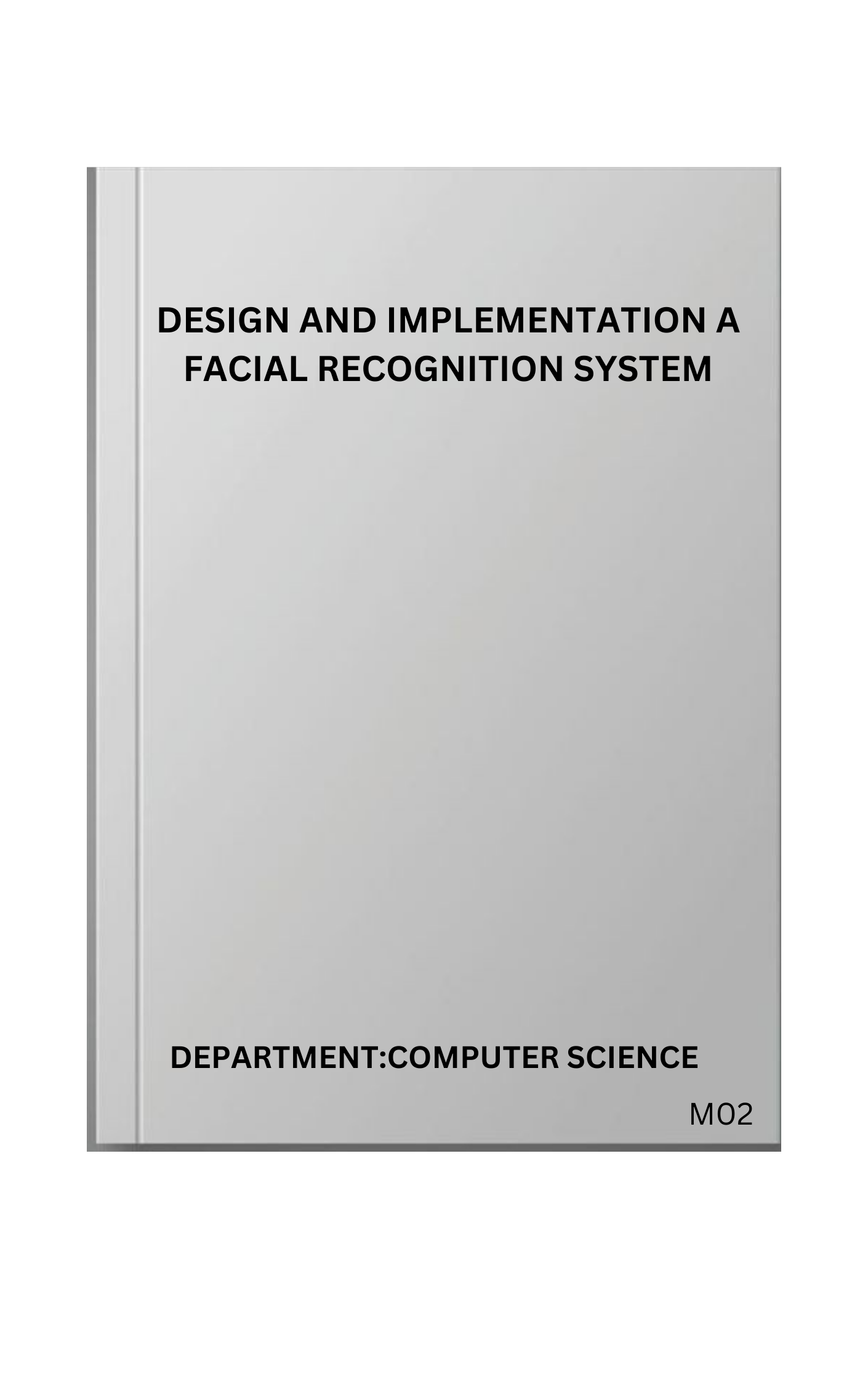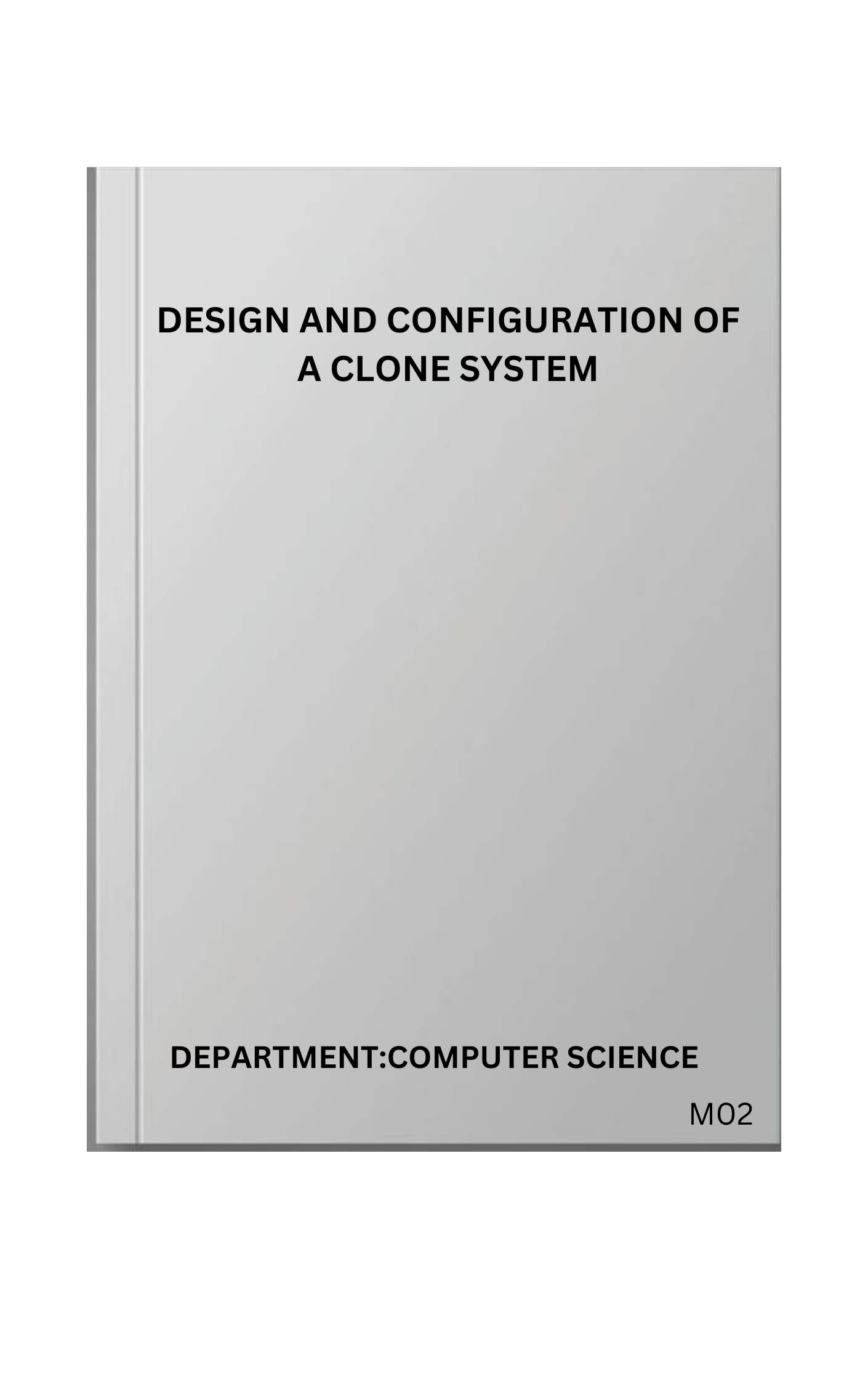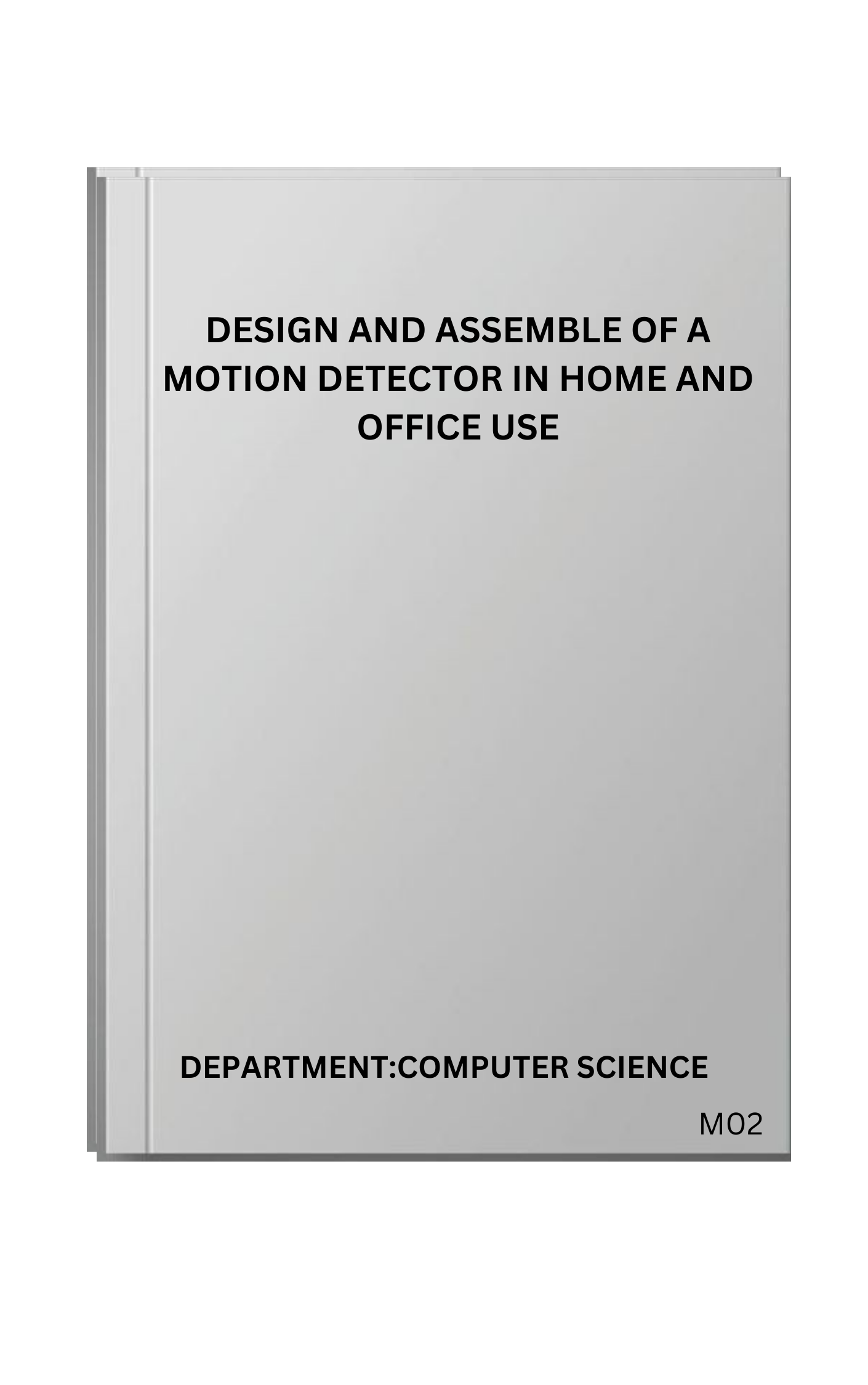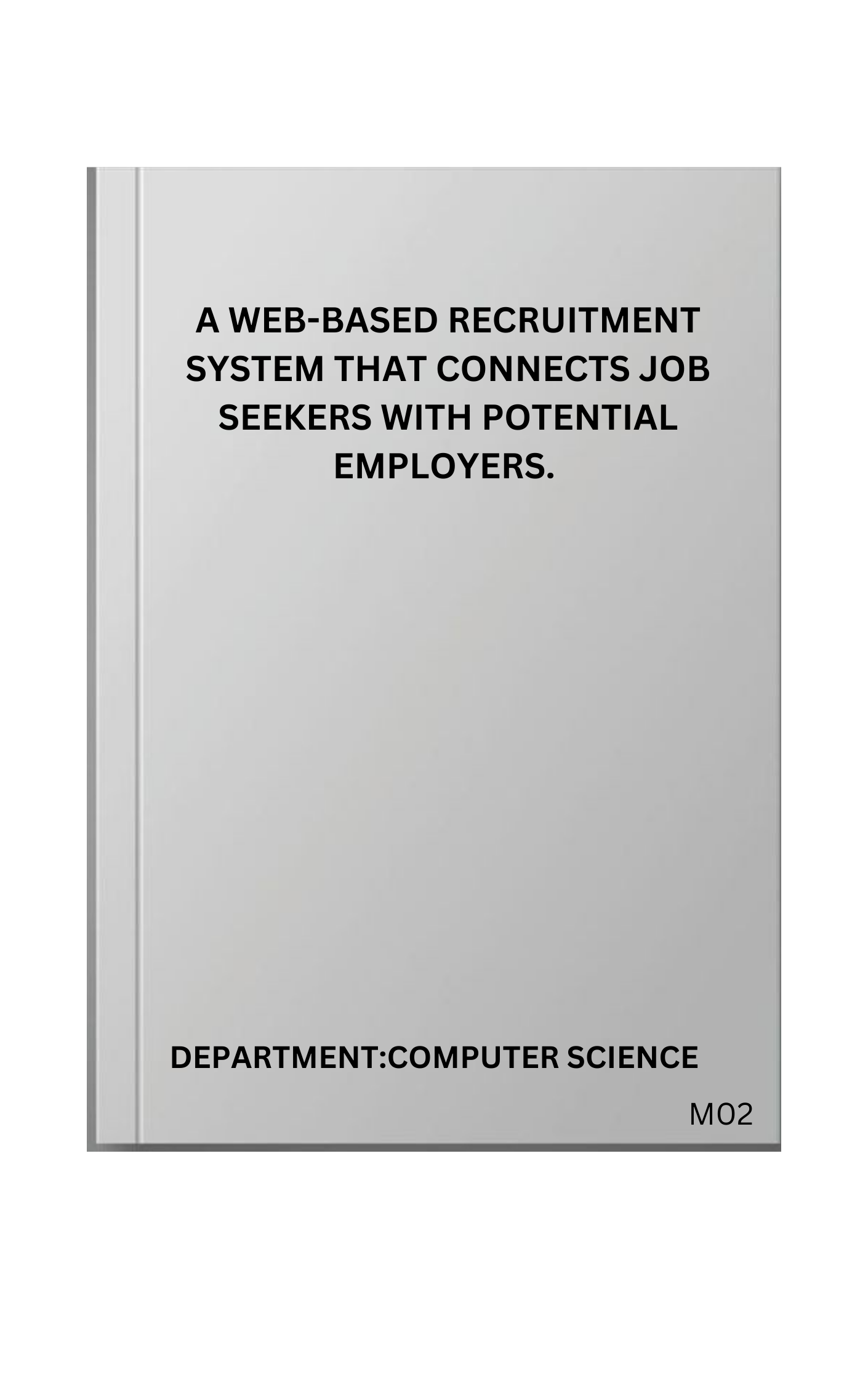CHAPTER ONE
INTRODUCTION
1.1Background to the Study
Kaolinite, a significant clay mineral with notable economic value, forms through the natural weathering of feldspar-rich rocks in regions with humid climates. Known for its white color and fine particle size, kaolinite is a hydrous aluminum silicate mineral with wide-ranging industrial applications, notably in ceramics, paper, rubber, paints, and pharmaceuticals (Ahmed et al., 2022). Its widespread geological occurrence is primarily in sedimentary deposits, particularly in areas where physical and chemical weathering of rocks occur, such as China, the United States, Brazil, and parts of sub-Saharan Africa. Kaolinite typically forms under acidic conditions where low temperatures and pressures favor its stability and retention, which are common in tropical and subtropical environments. In Nigeria, for instance, kaolinite deposits are found in regions like Kankara and Abeokuta, which has promoted exploration and extraction activities (Johnson et al., 2023).
Mining kaolinite involves several methods, depending on the geology of the deposit. Open-pit mining is the most common approach due to the typical shallow depth of kaolinite deposits, allowing large-scale extraction with minimal subsurface impact. However, recent studies emphasize the need for sustainable practices to minimize environmental impacts, such as soil erosion, habitat destruction, and water contamination. Innovations in kaolinite mining now focus on reducing environmental degradation through rehabilitation and stricter regulation of waste management practices (Dudek et al., 2023).
The economic potential of kaolinite extends beyond its traditional use in ceramics and extends to cutting-edge technologies. Kaolinite's role in nanotechnology, advanced composites, and environmental applications underscores its significance in the global market, as demand rises in construction, health, and renewable energy sectors (Liu et al., 2021). For developing economies with substantial kaolinite reserves, such as Nigeria, leveraging this mineral offers promising economic prospects through export, job creation, and industry diversification. A greater understanding of kaolinite's distribution and applications can support resource optimization and stimulate regional development, thus positioning kaolinite as a vital contributor to industrial growth and economic resilience (Zhang & Gao, 2022).
1.2Aim of the Study
The aim of the study is to examine the geological occurrence, mining practices, and economic potential of kaolinite.
1.3Objectives of the Study
The specific objectives of this study are:
1.To investigate the geological formation and occurrence of kaolinite, focusing on areas with significant deposits.
2.To analyze the methods employed in kaolinite mining, assessing their environmental and economic sustainability.
3.To evaluate the economic potential of kaolinite in various industries, including ceramics, paper production, pharmaceuticals, and other related sectors.
4.To explore how the effective utilization of kaolinite can promote economic development, particularly in regions with substantial deposits.
PAY TO GET COMPLETE PROJECT


